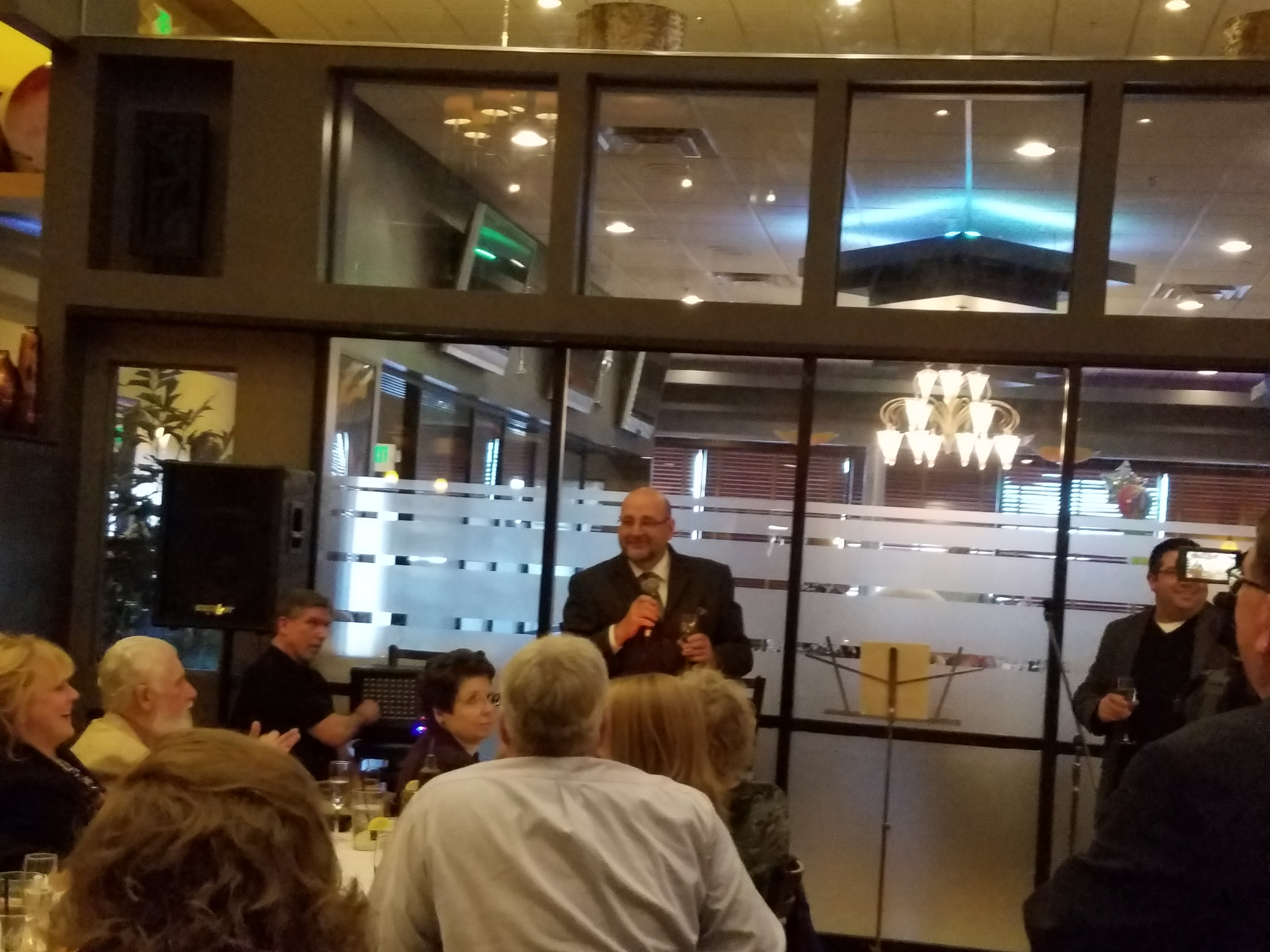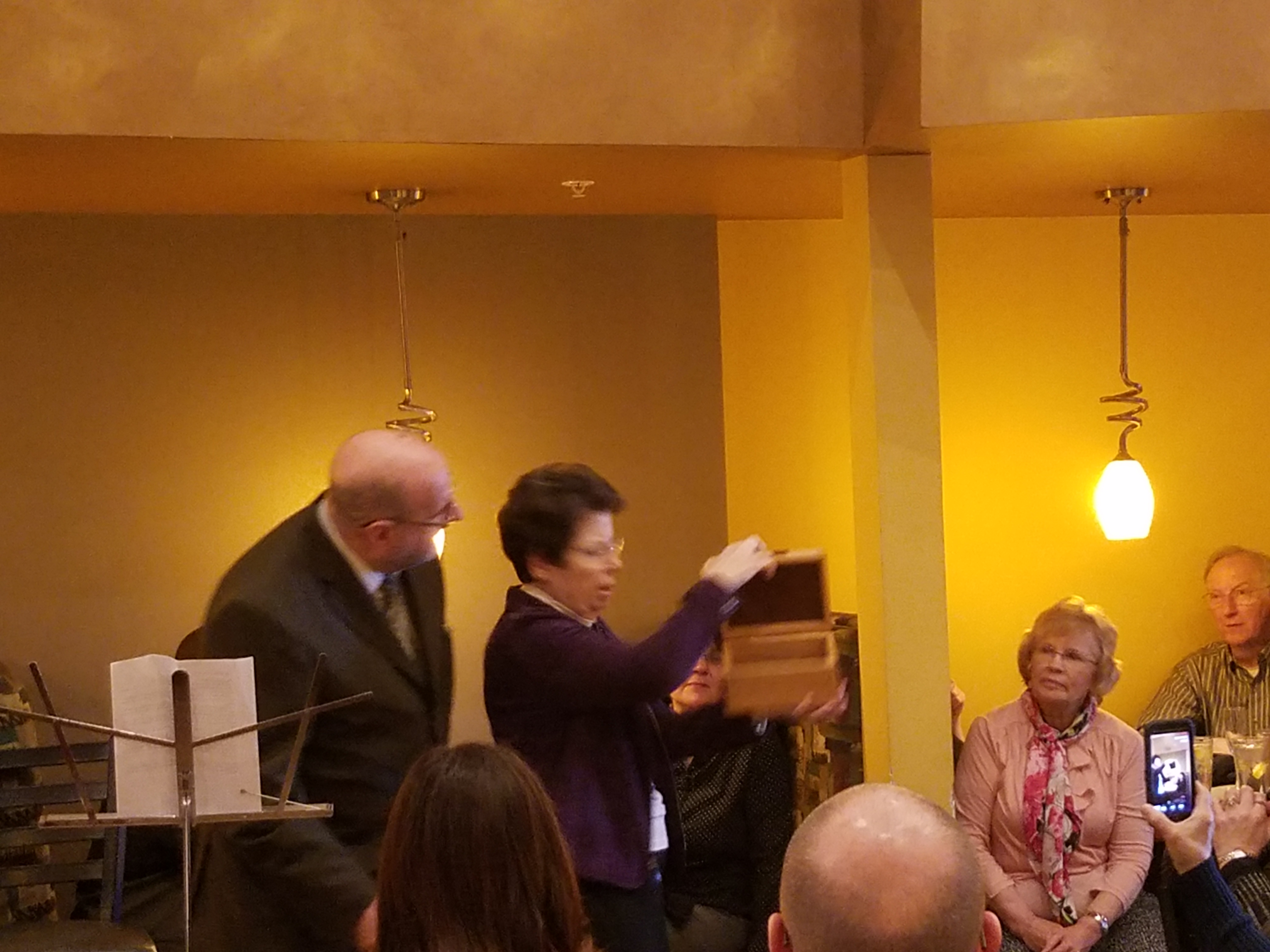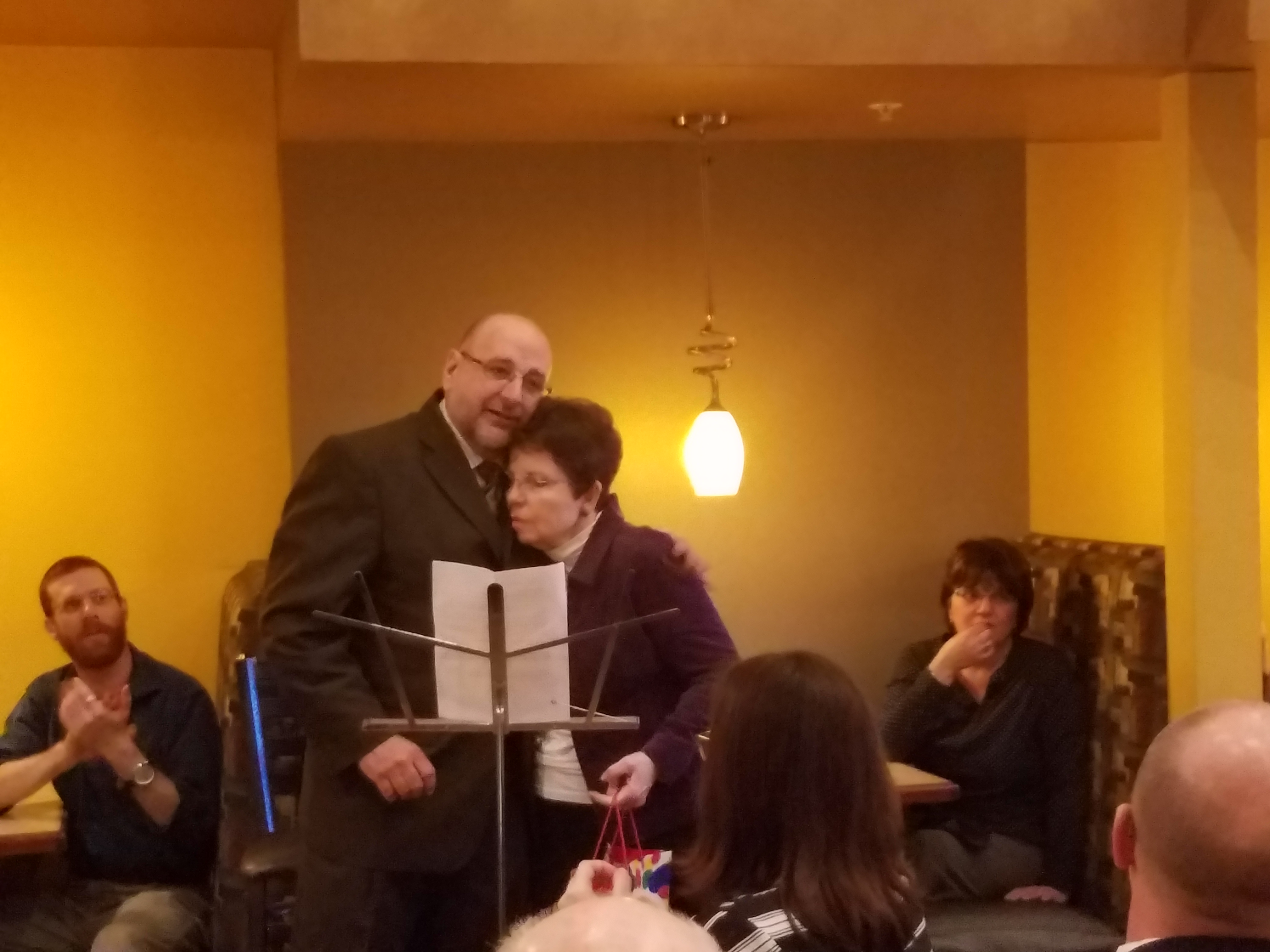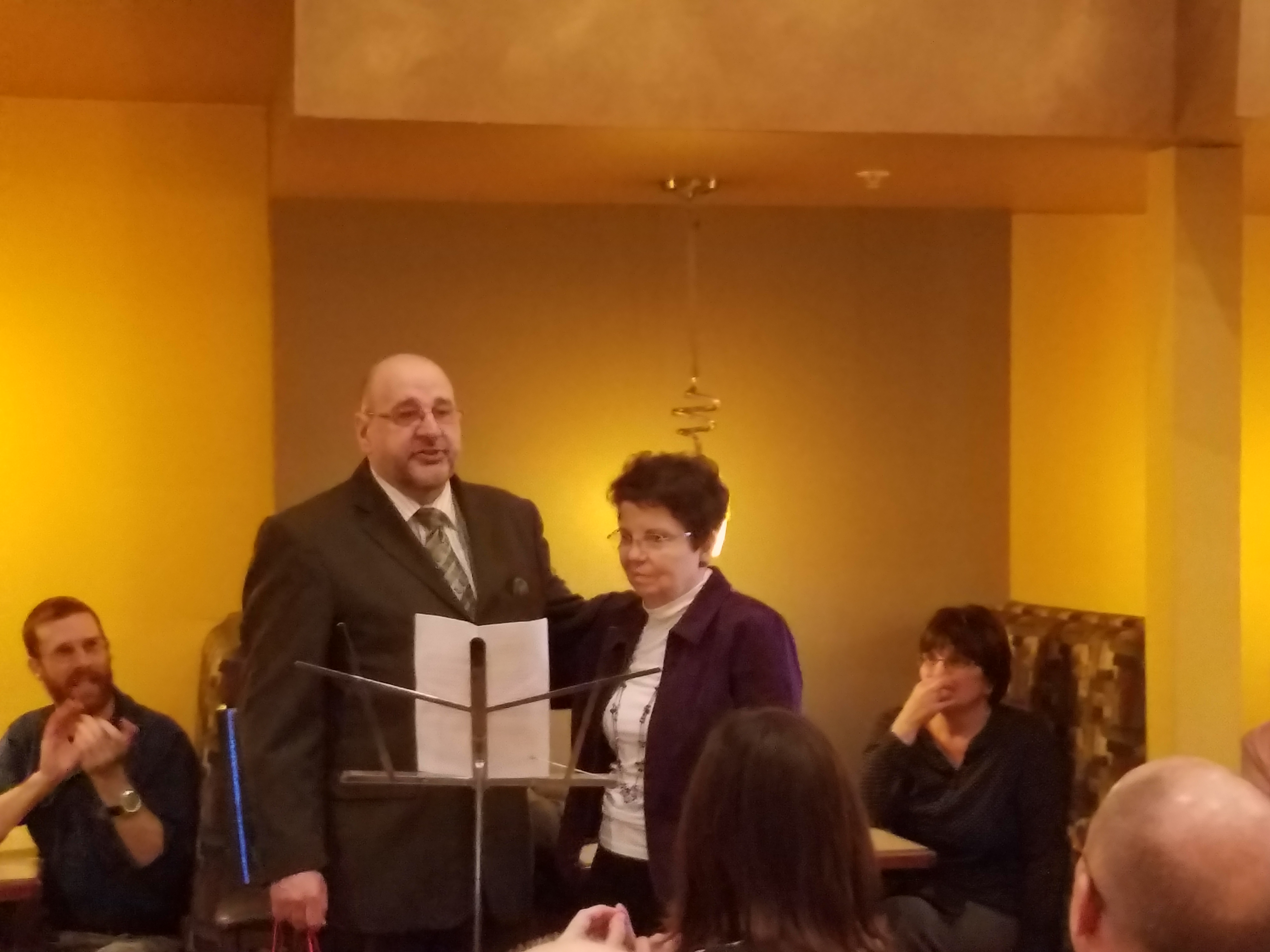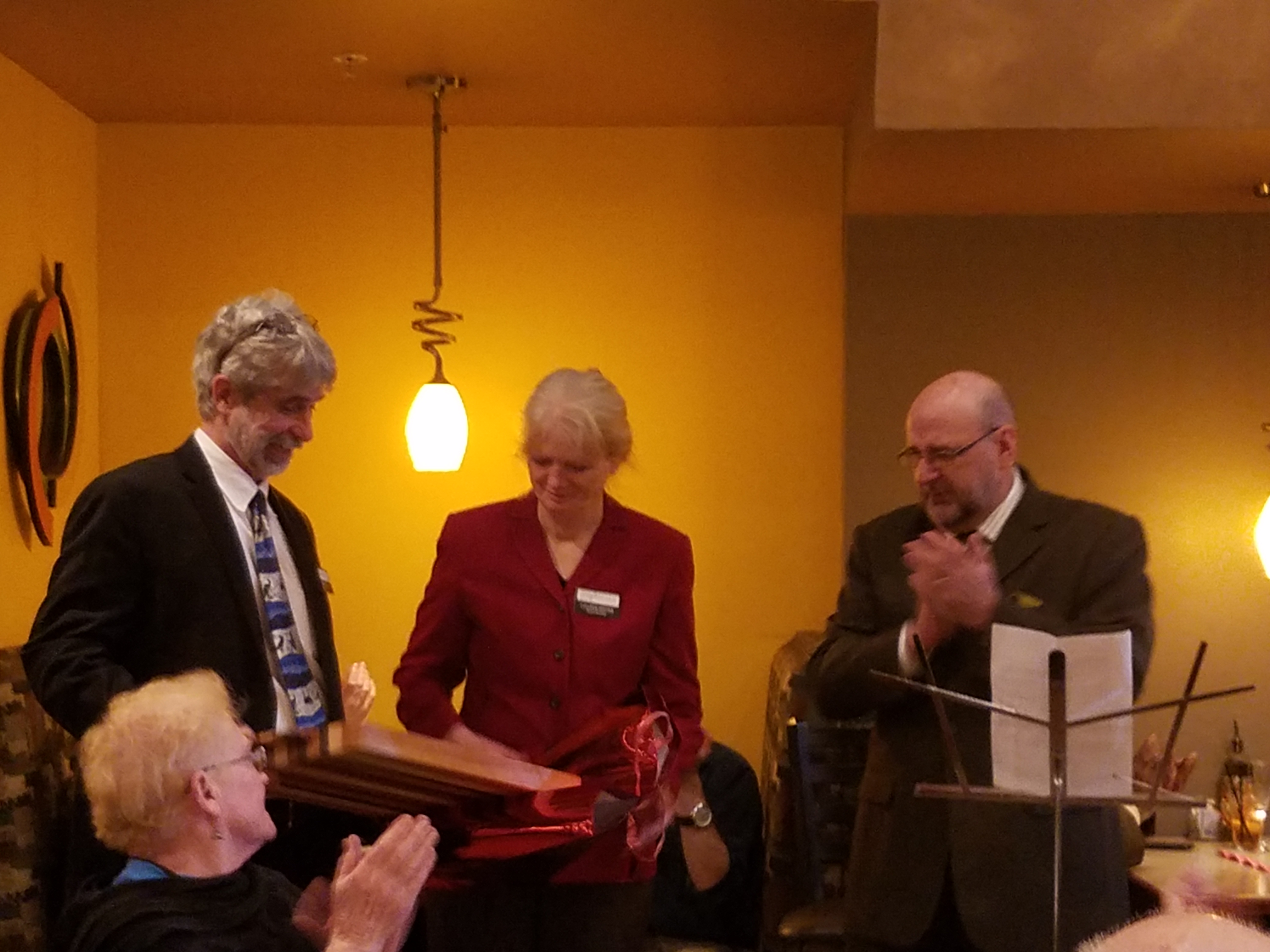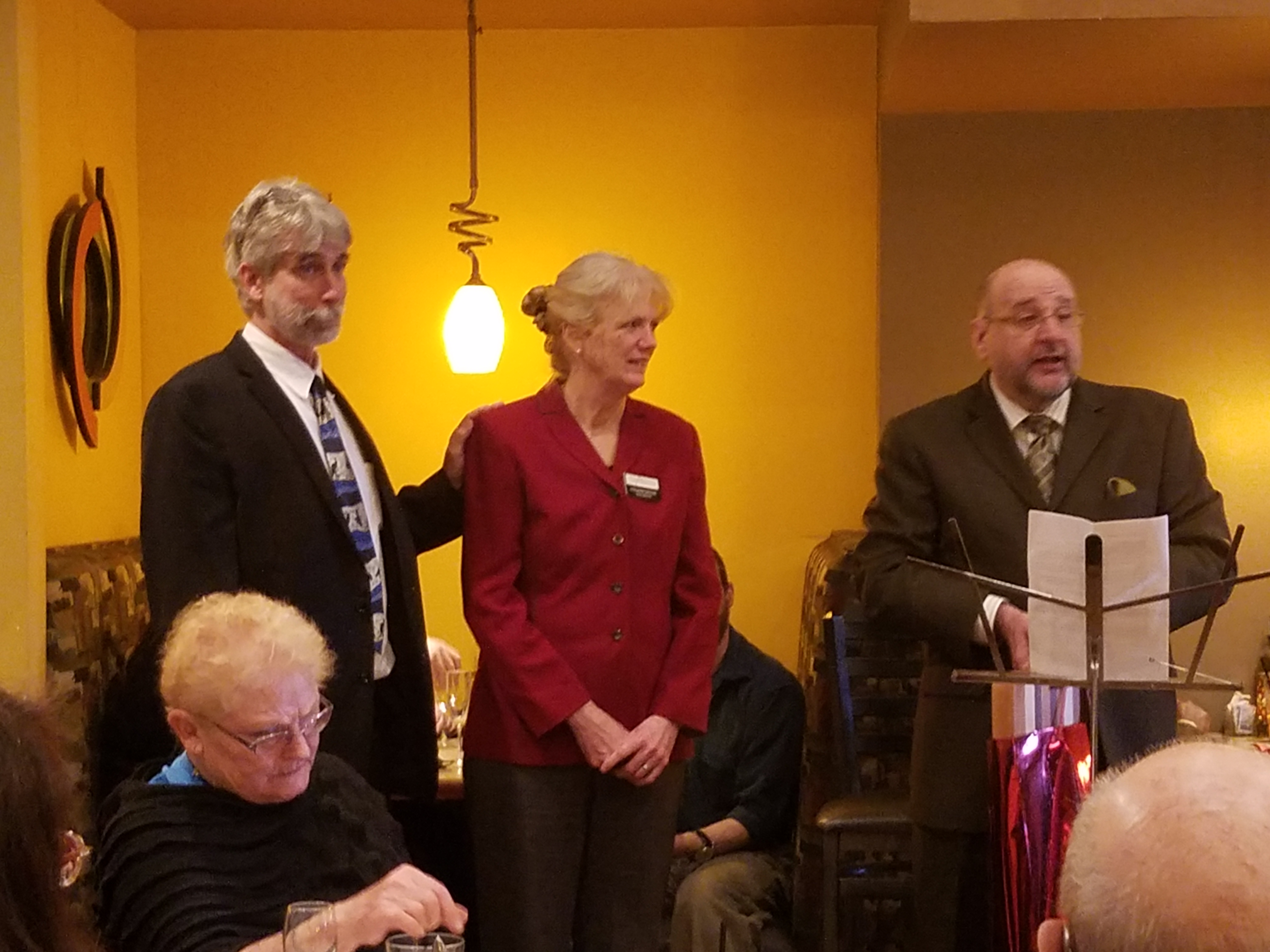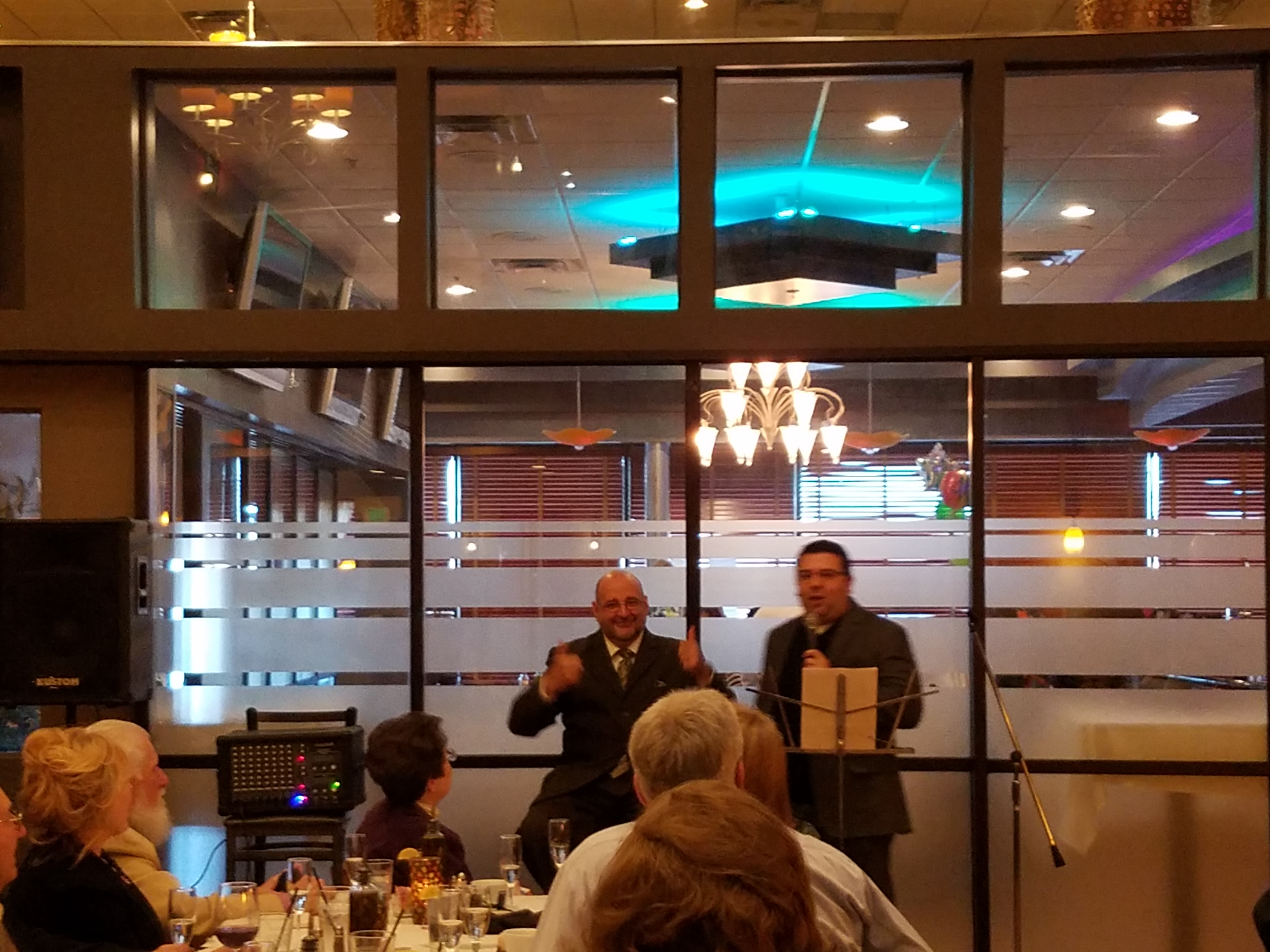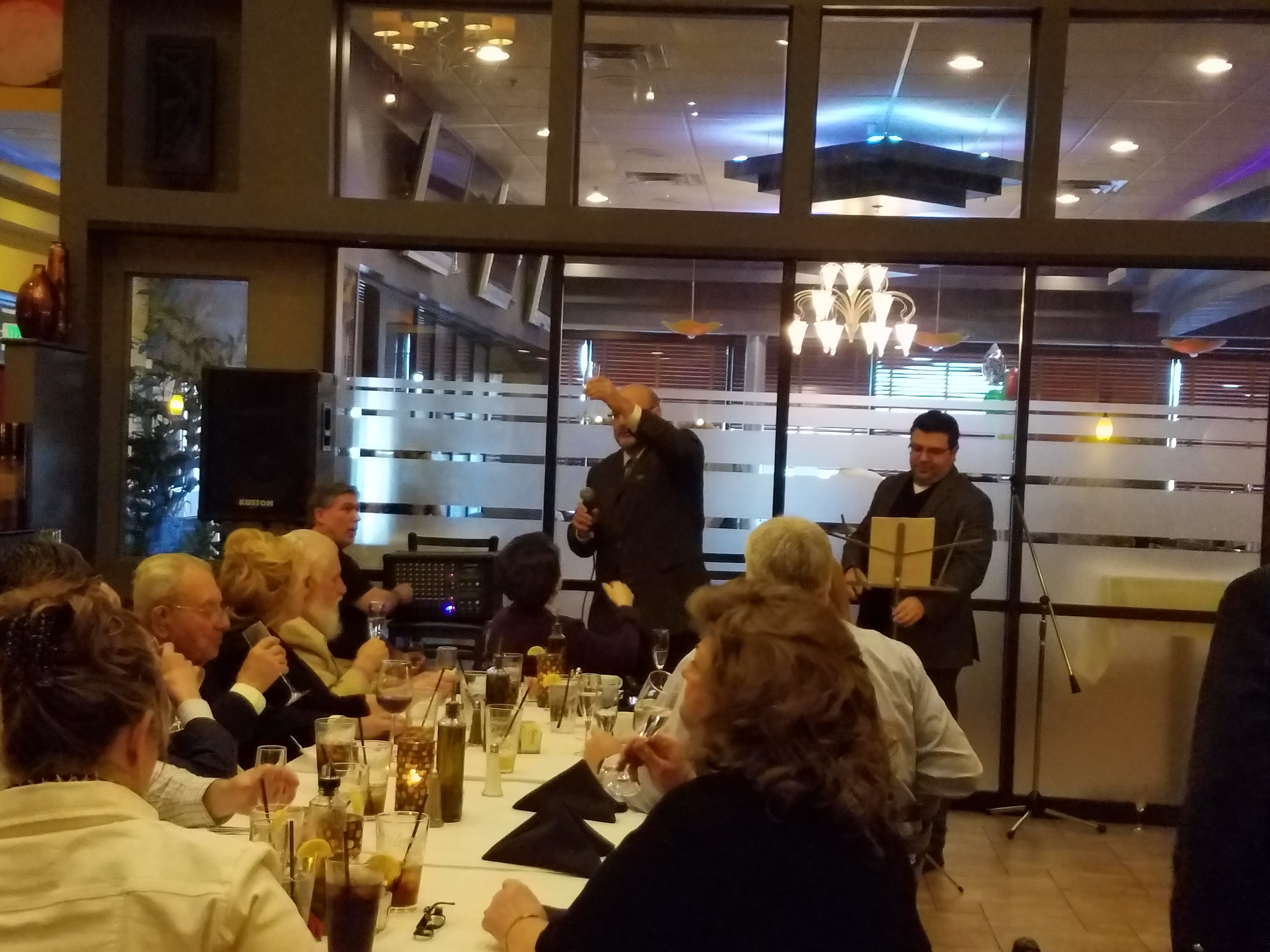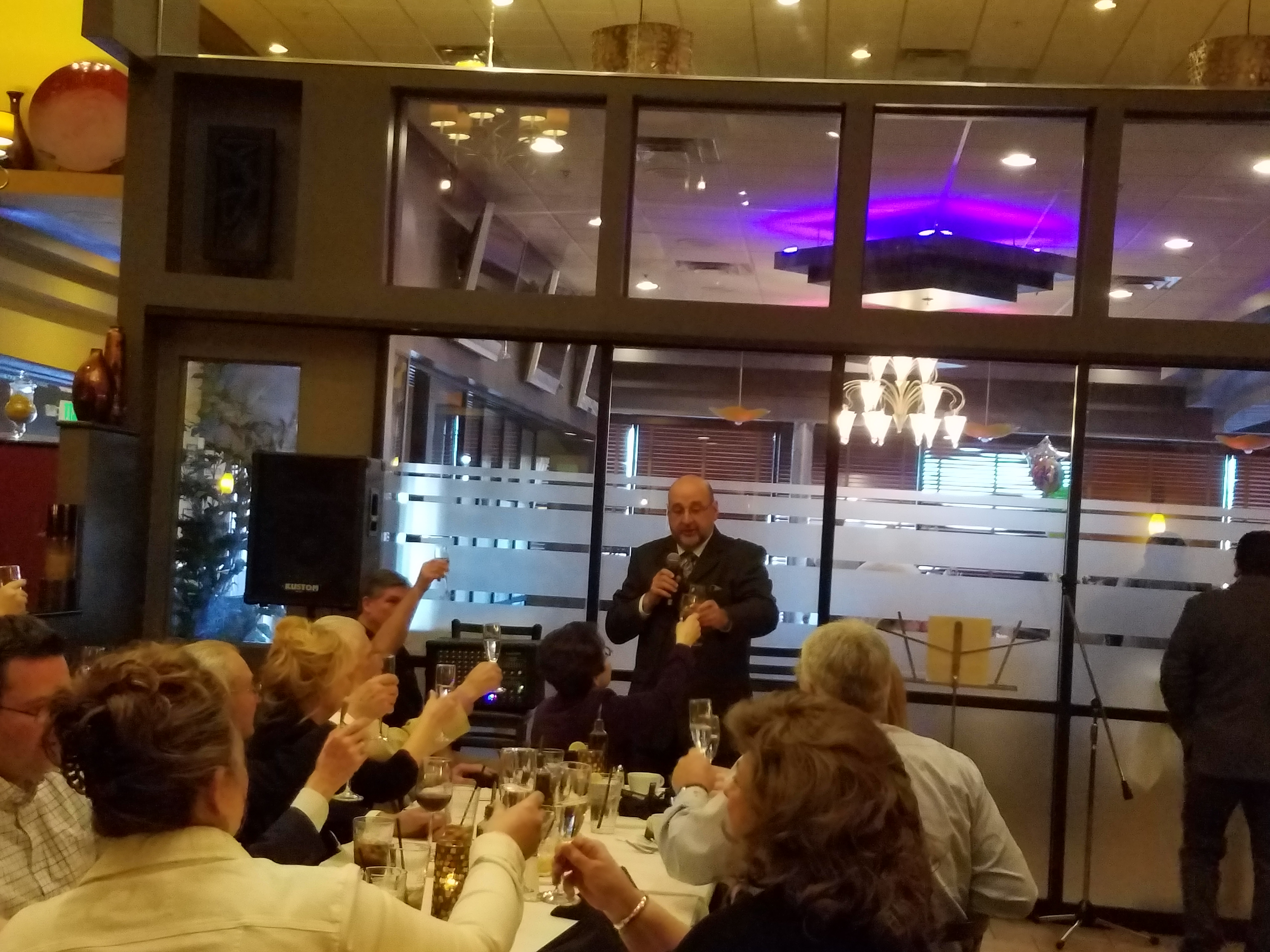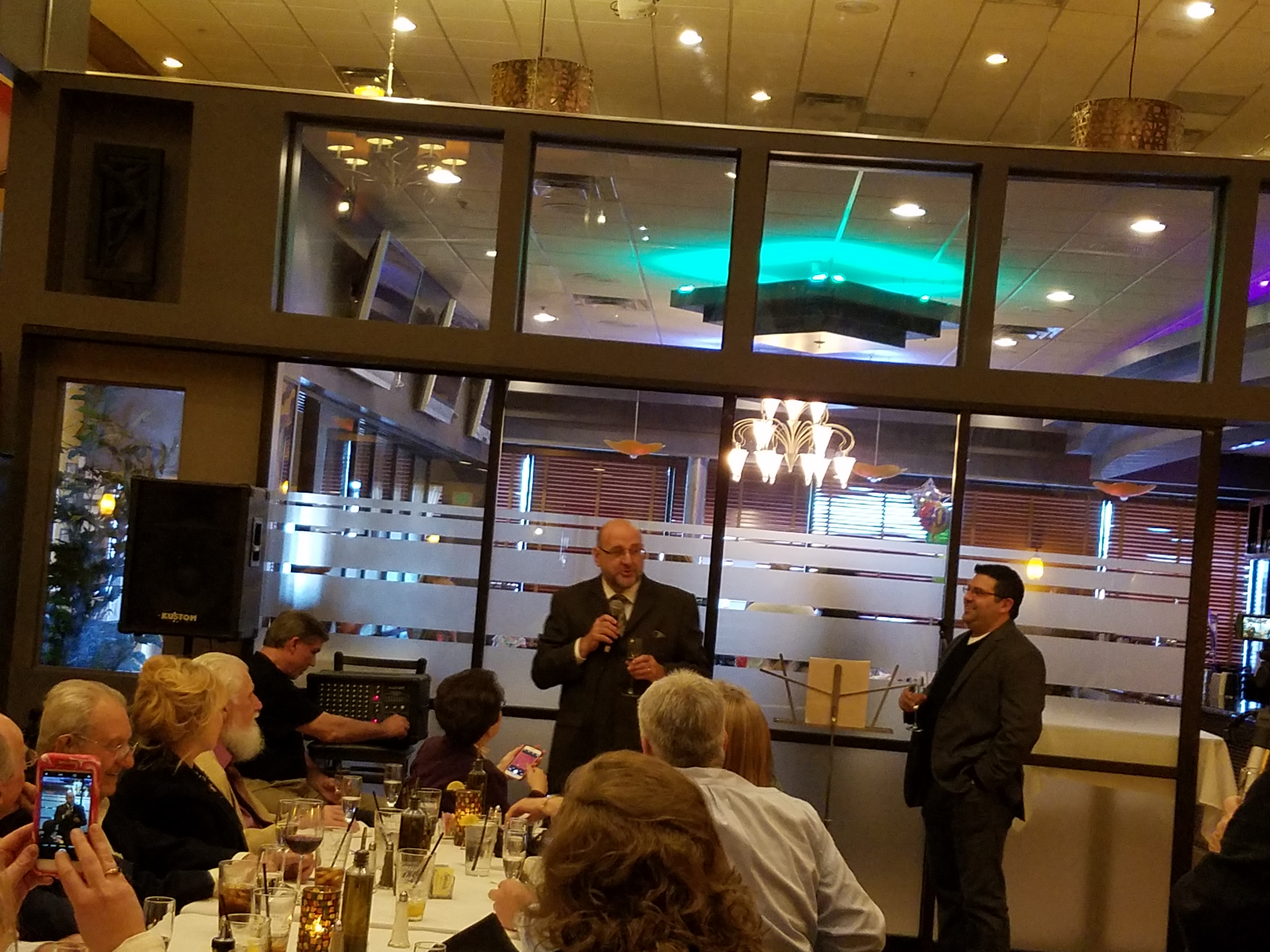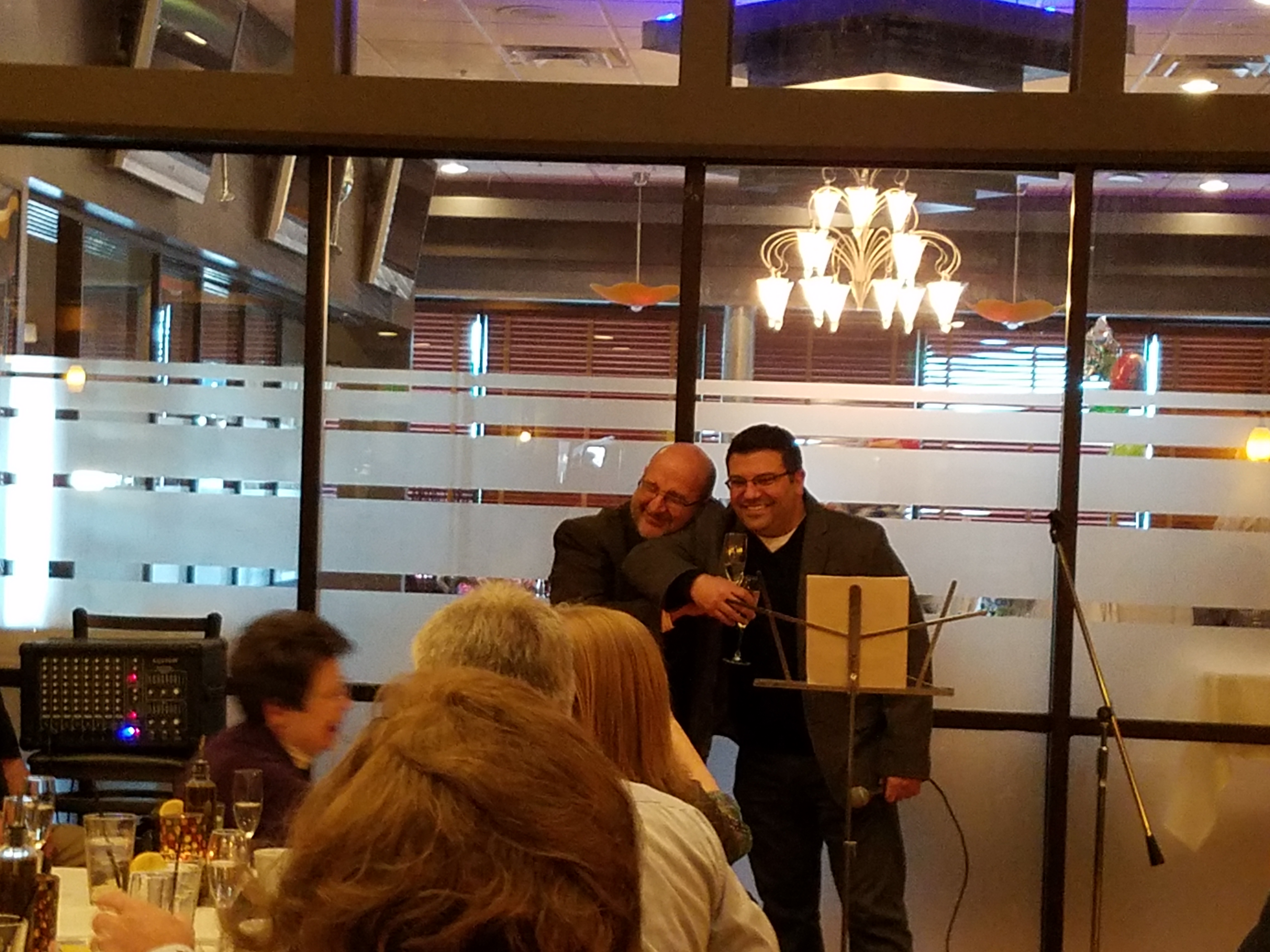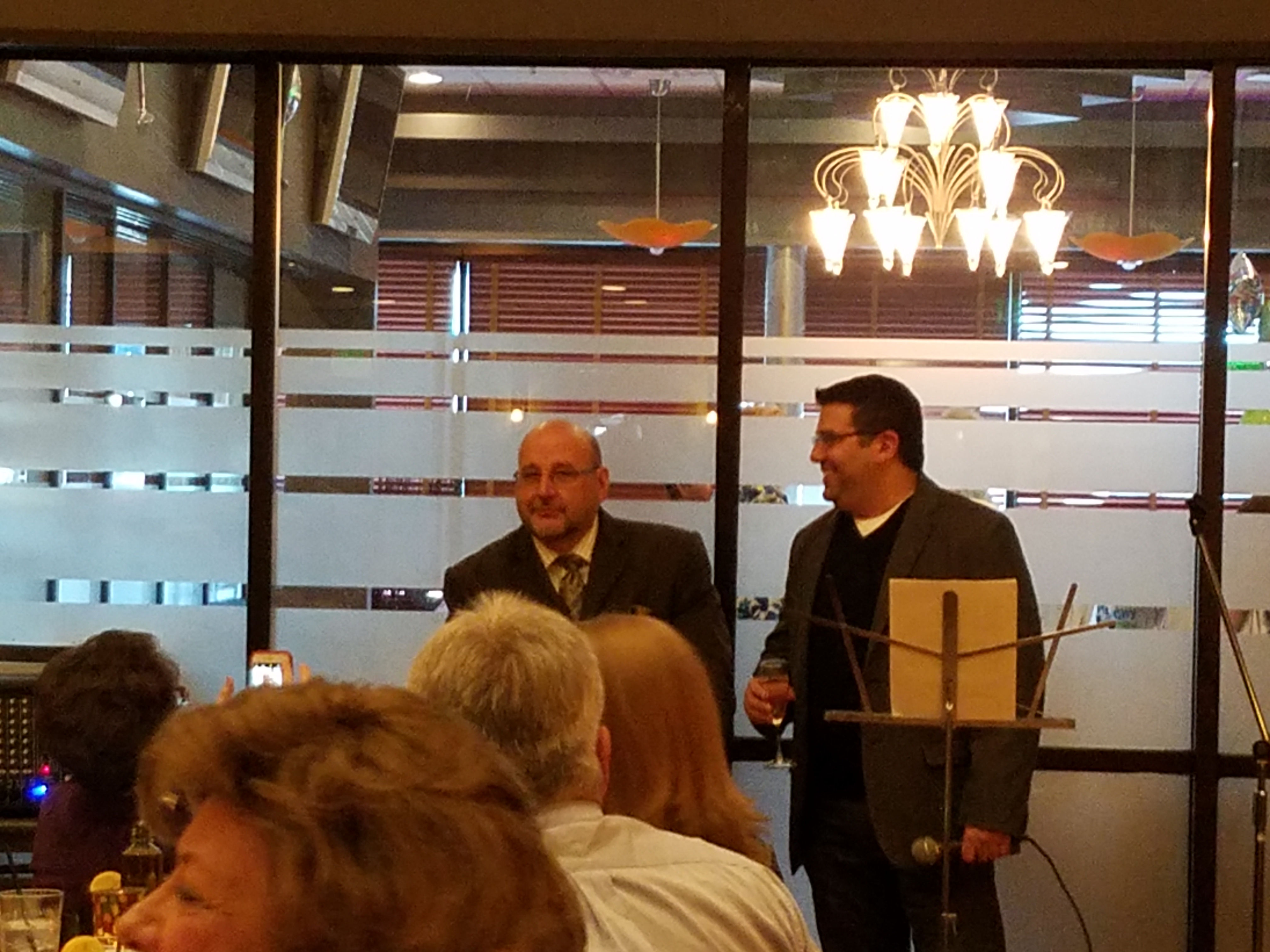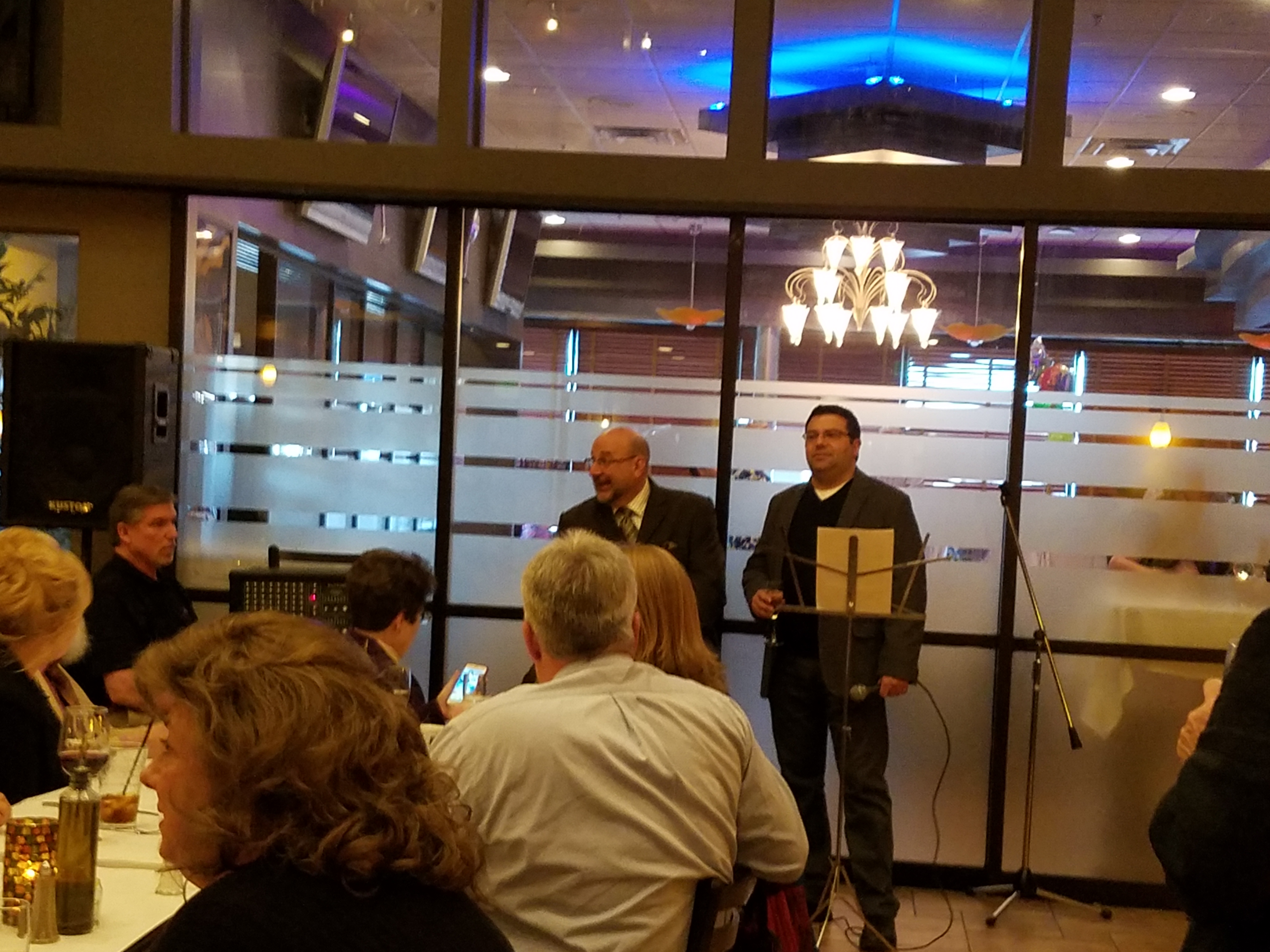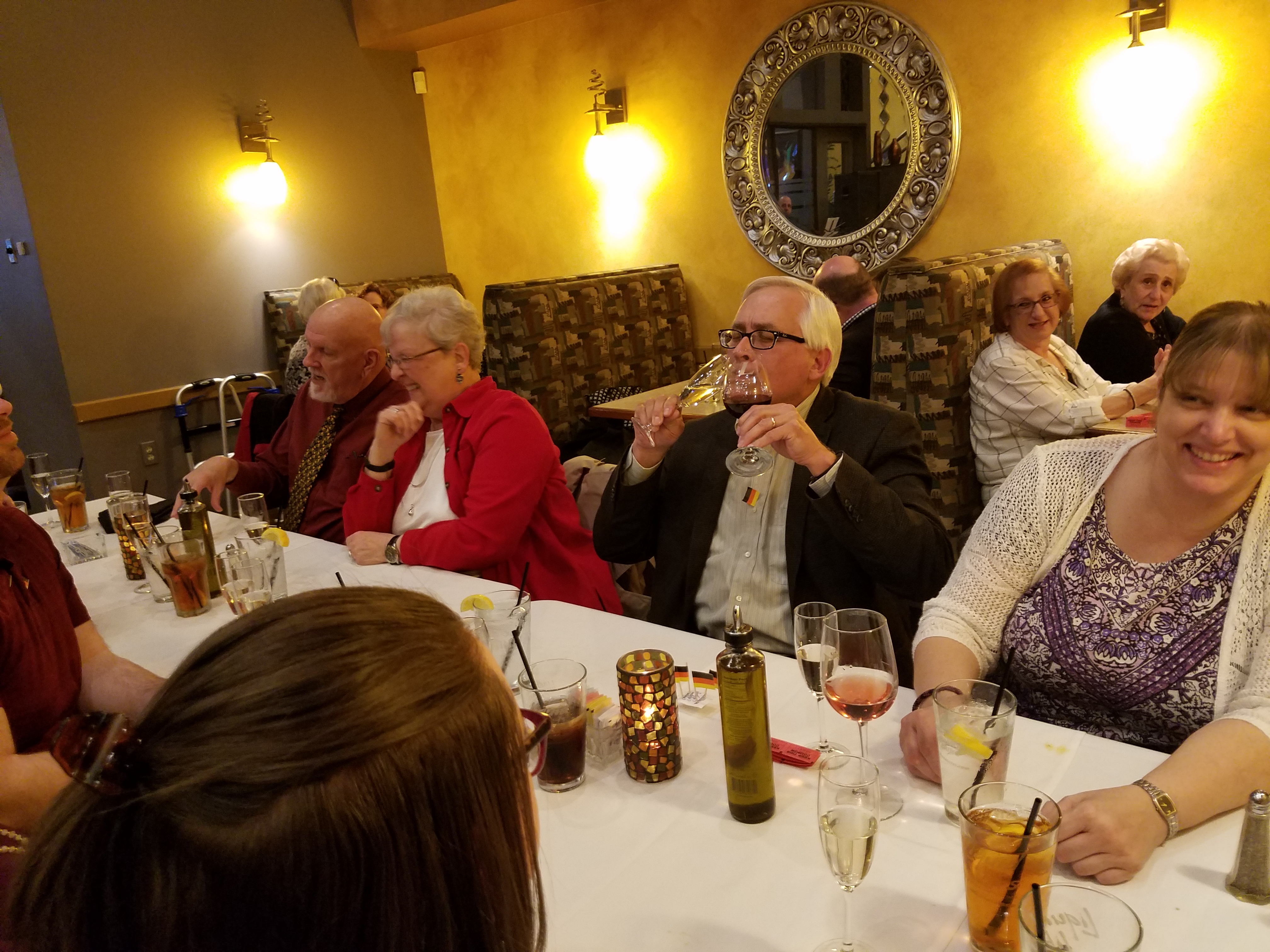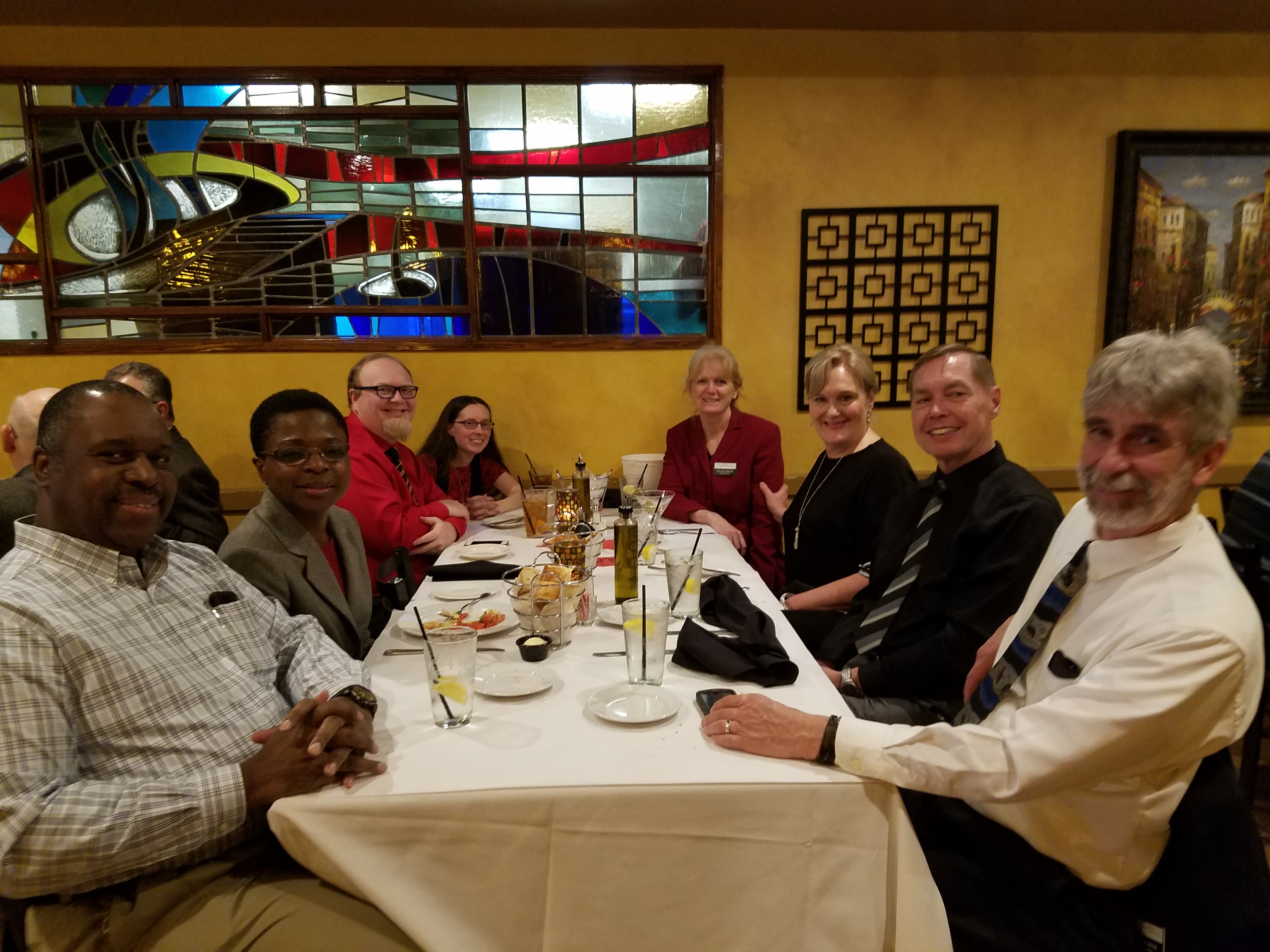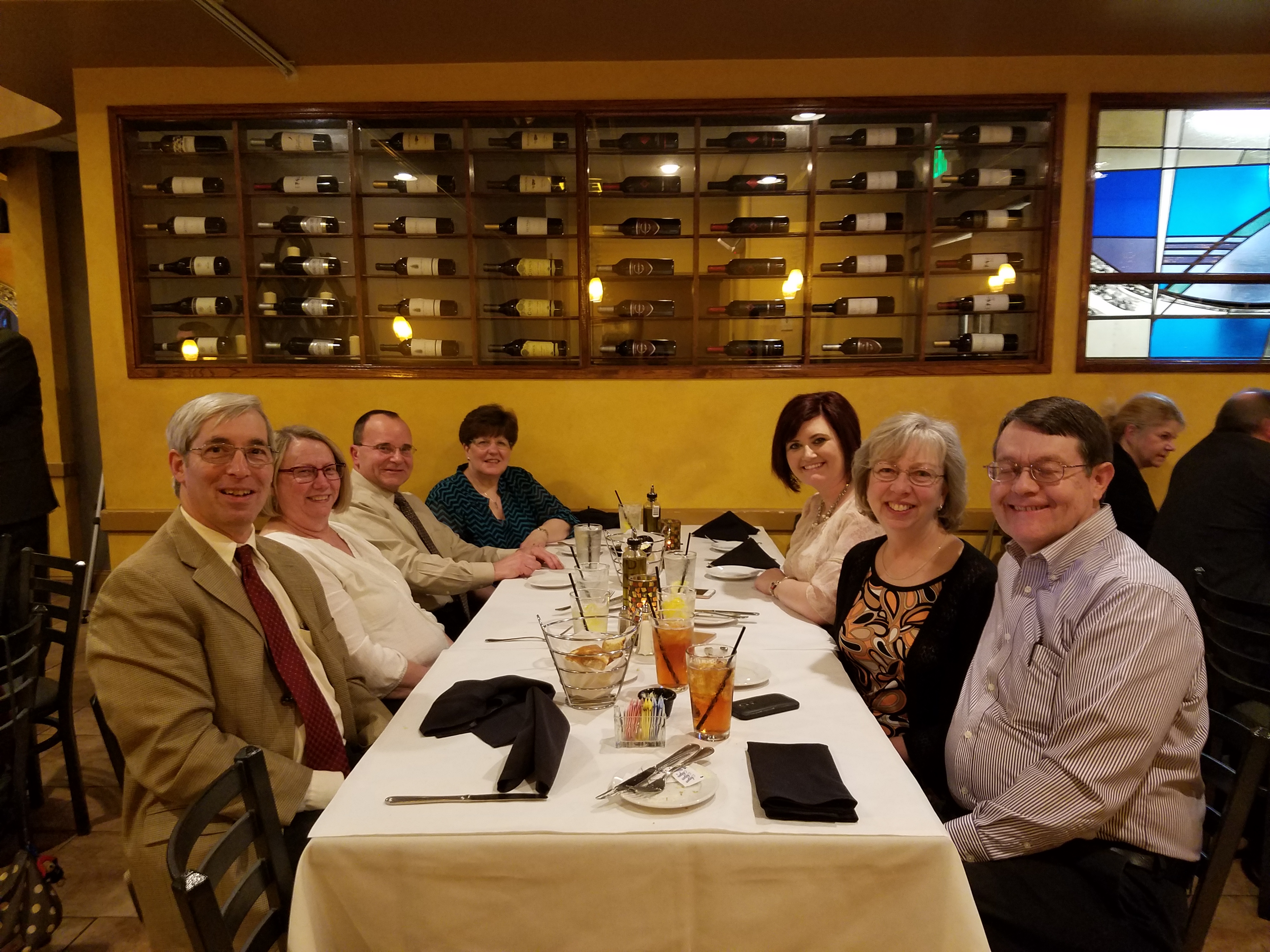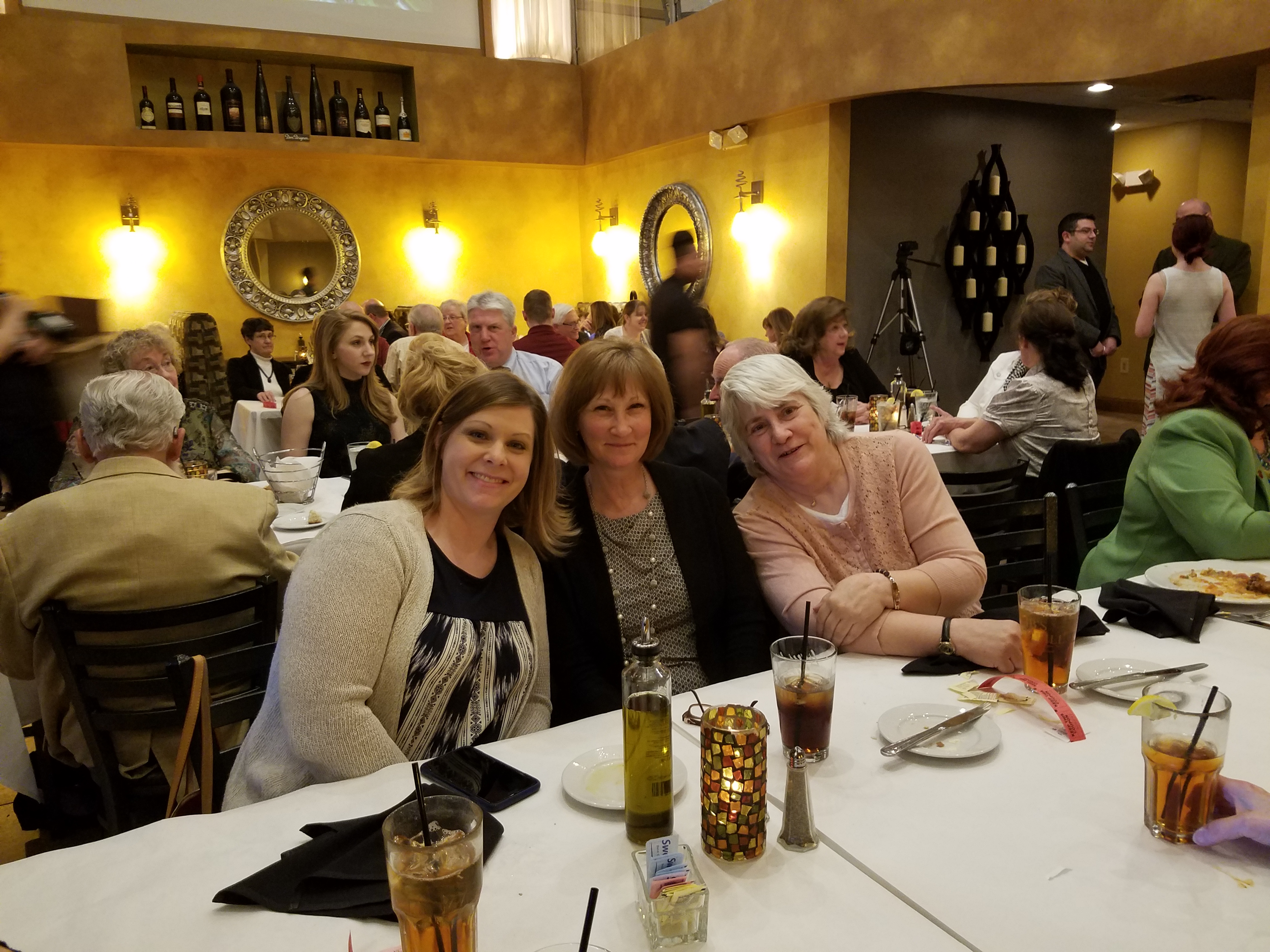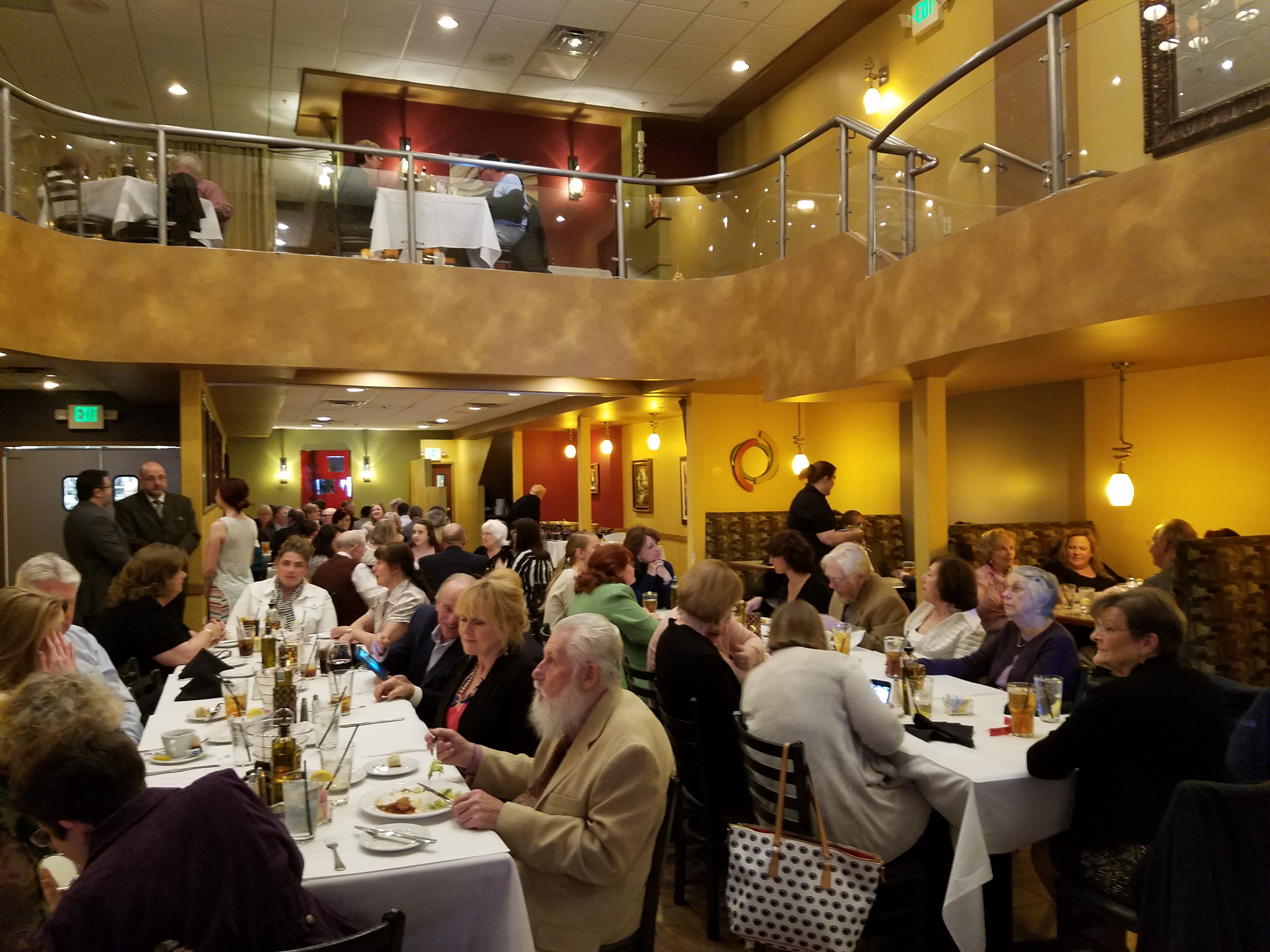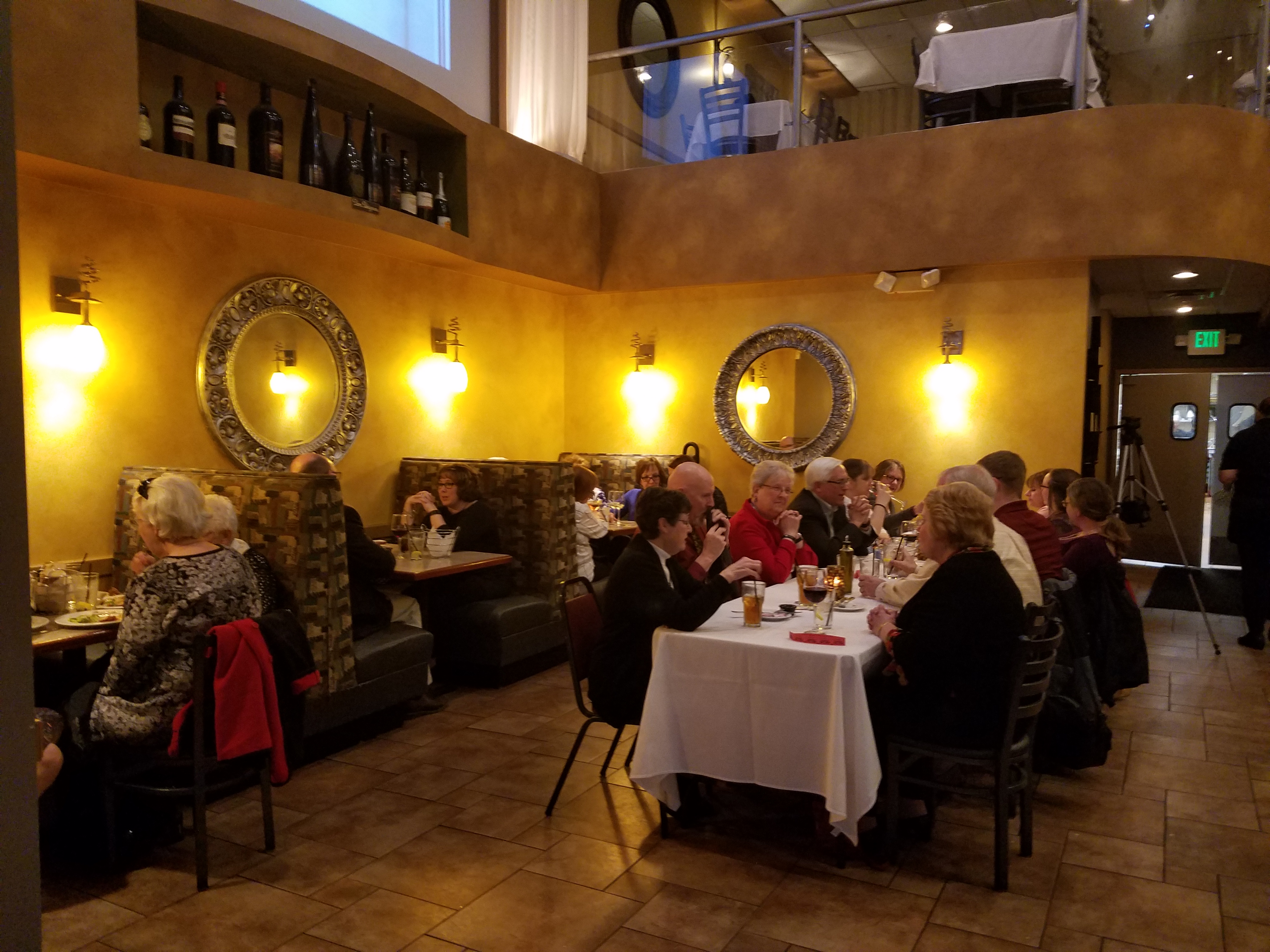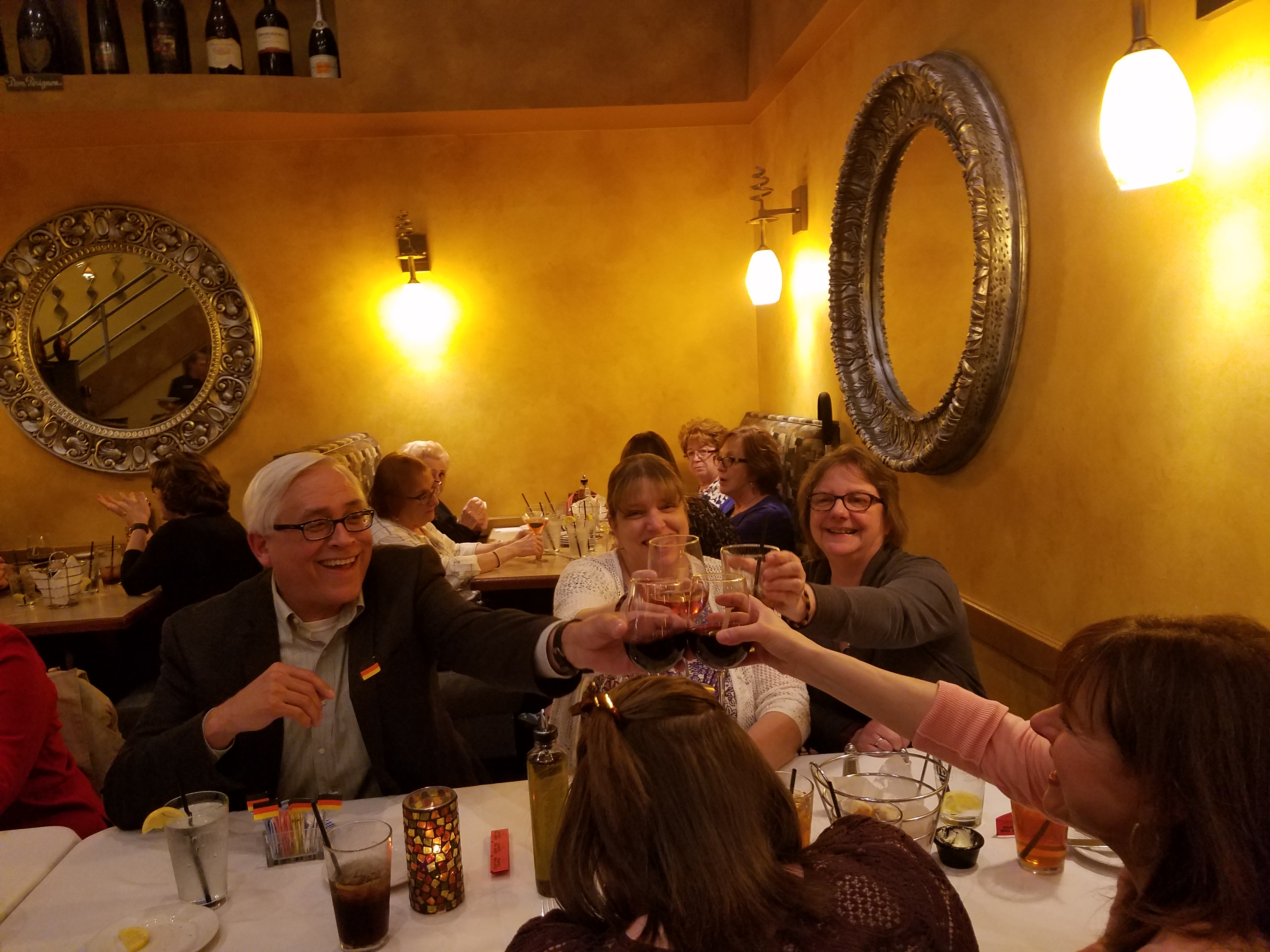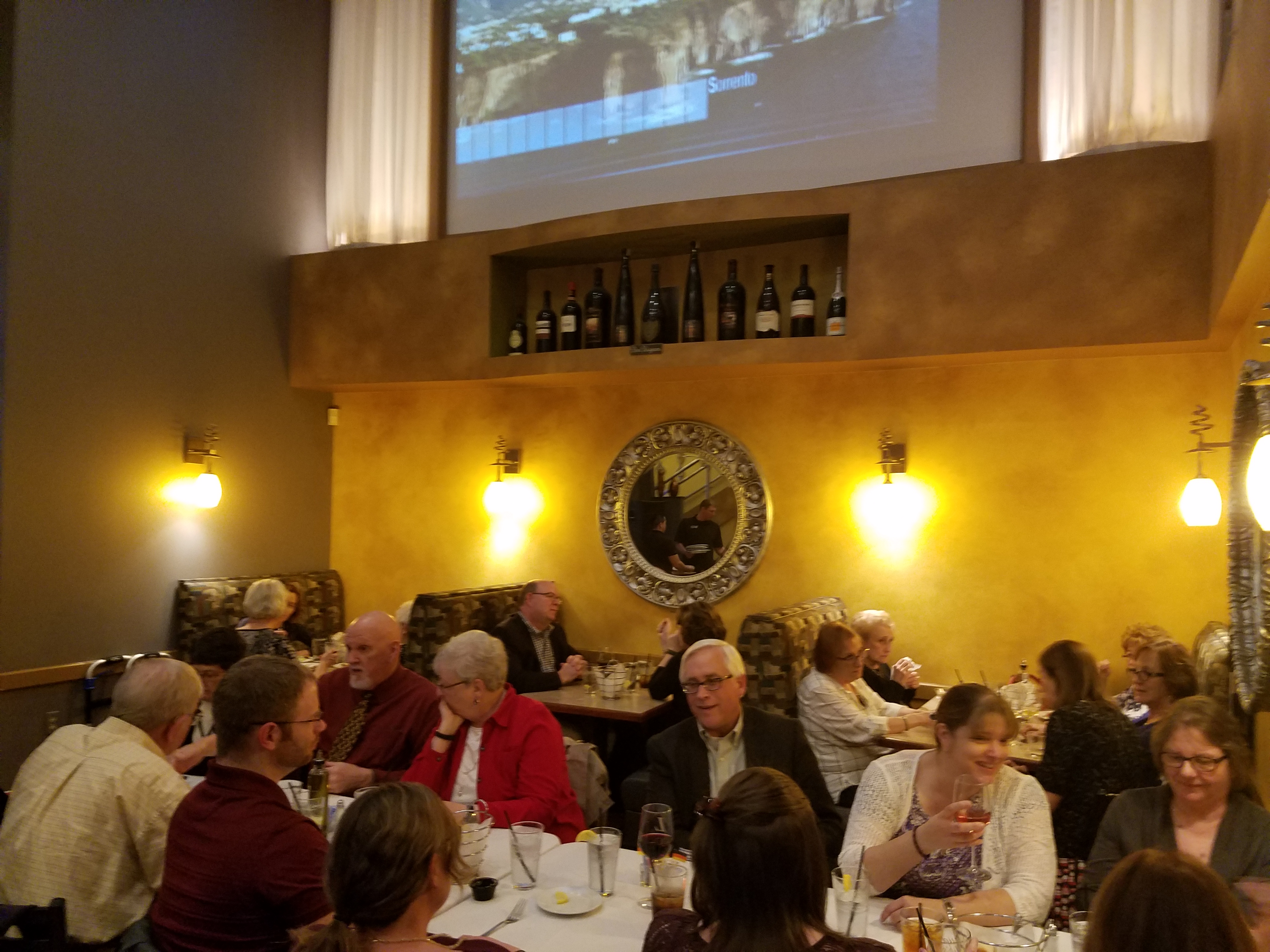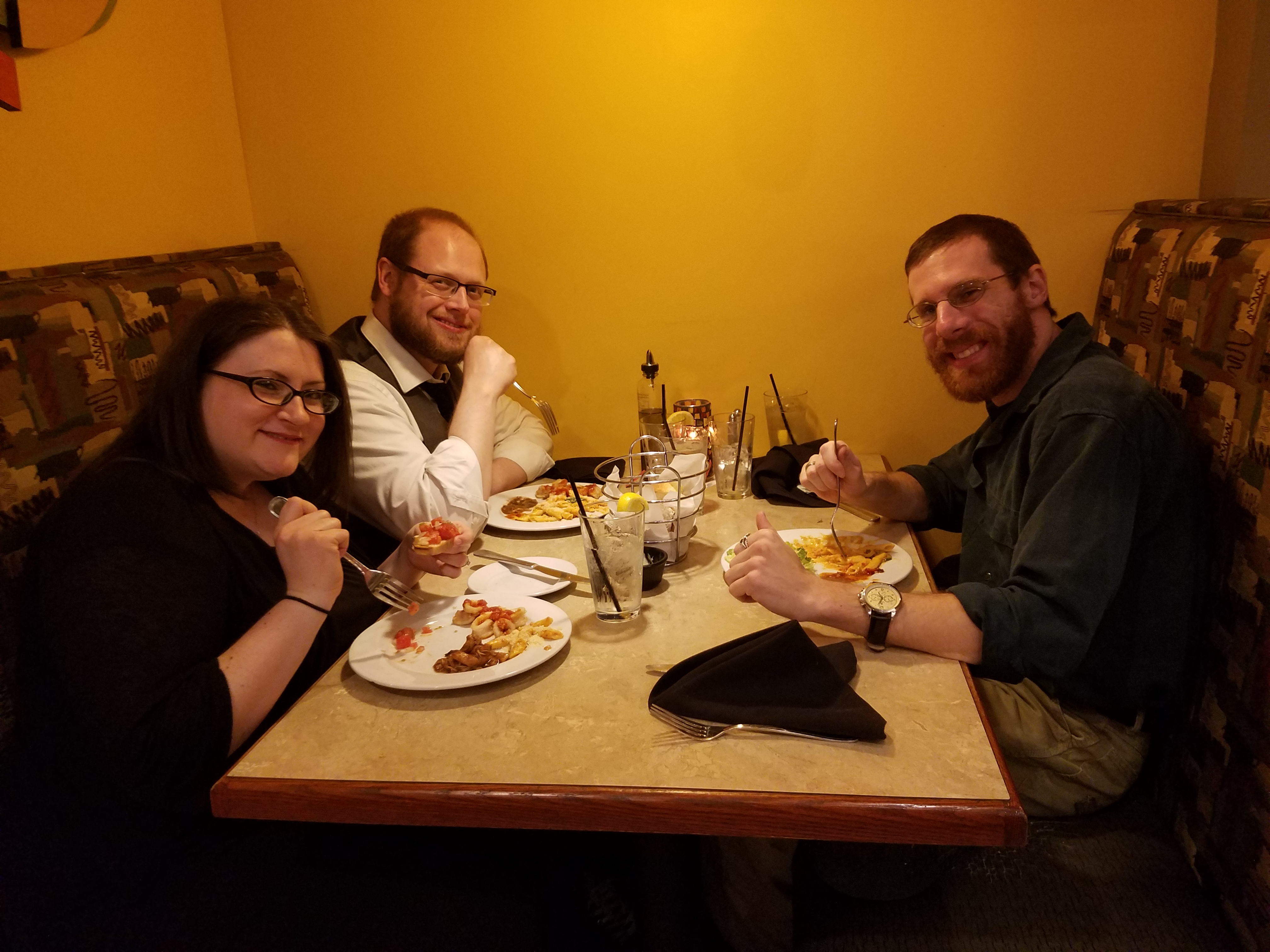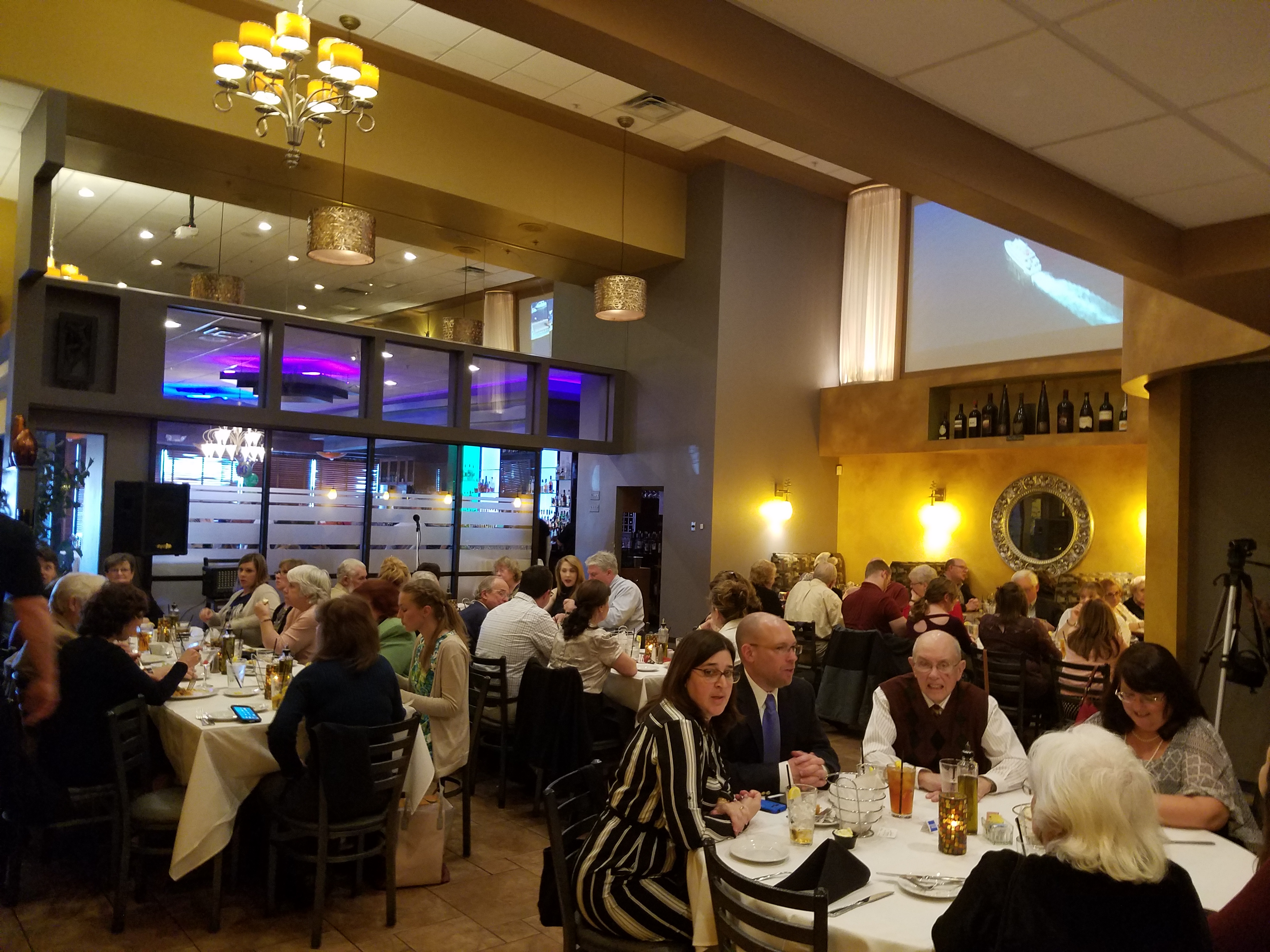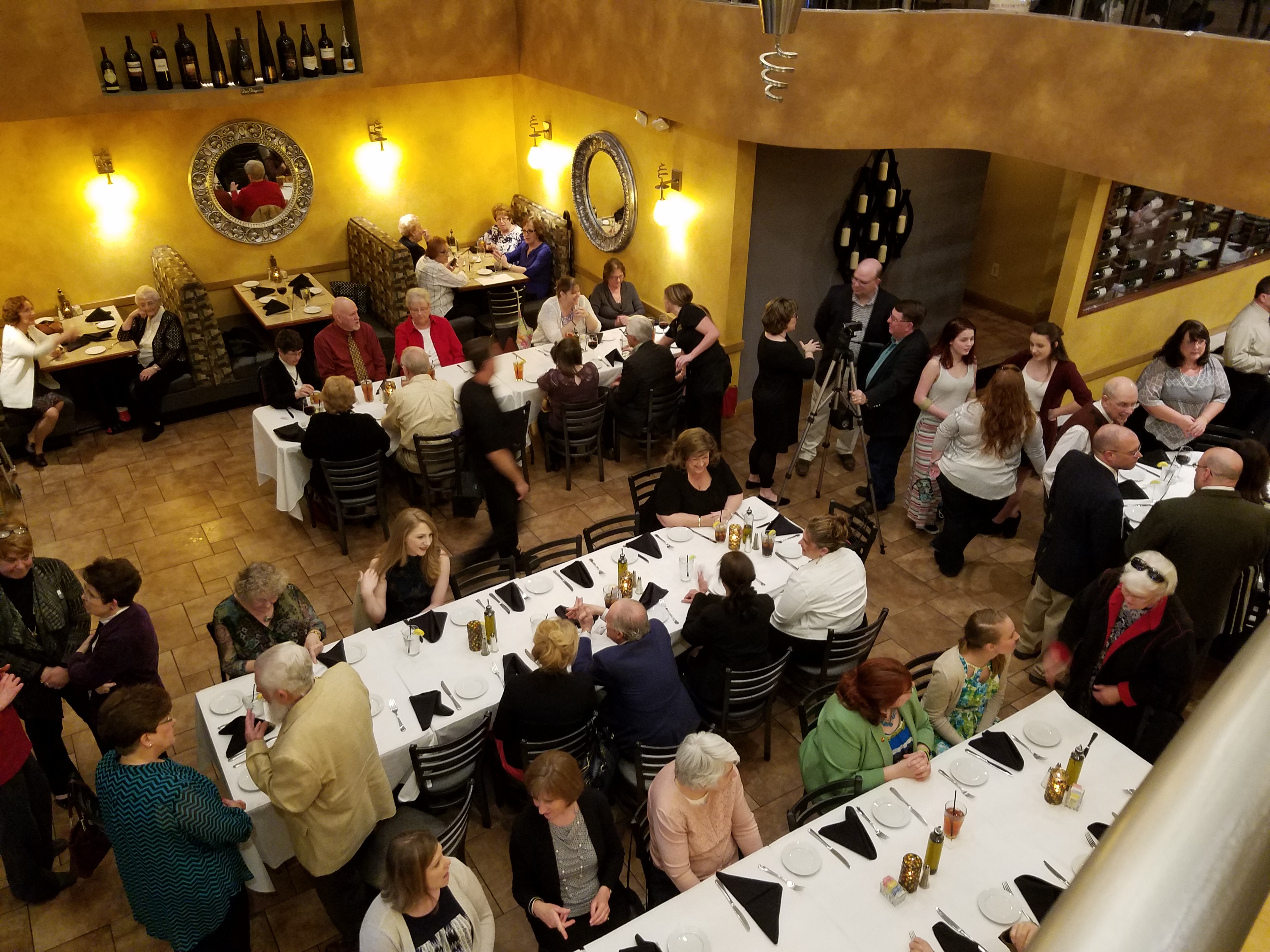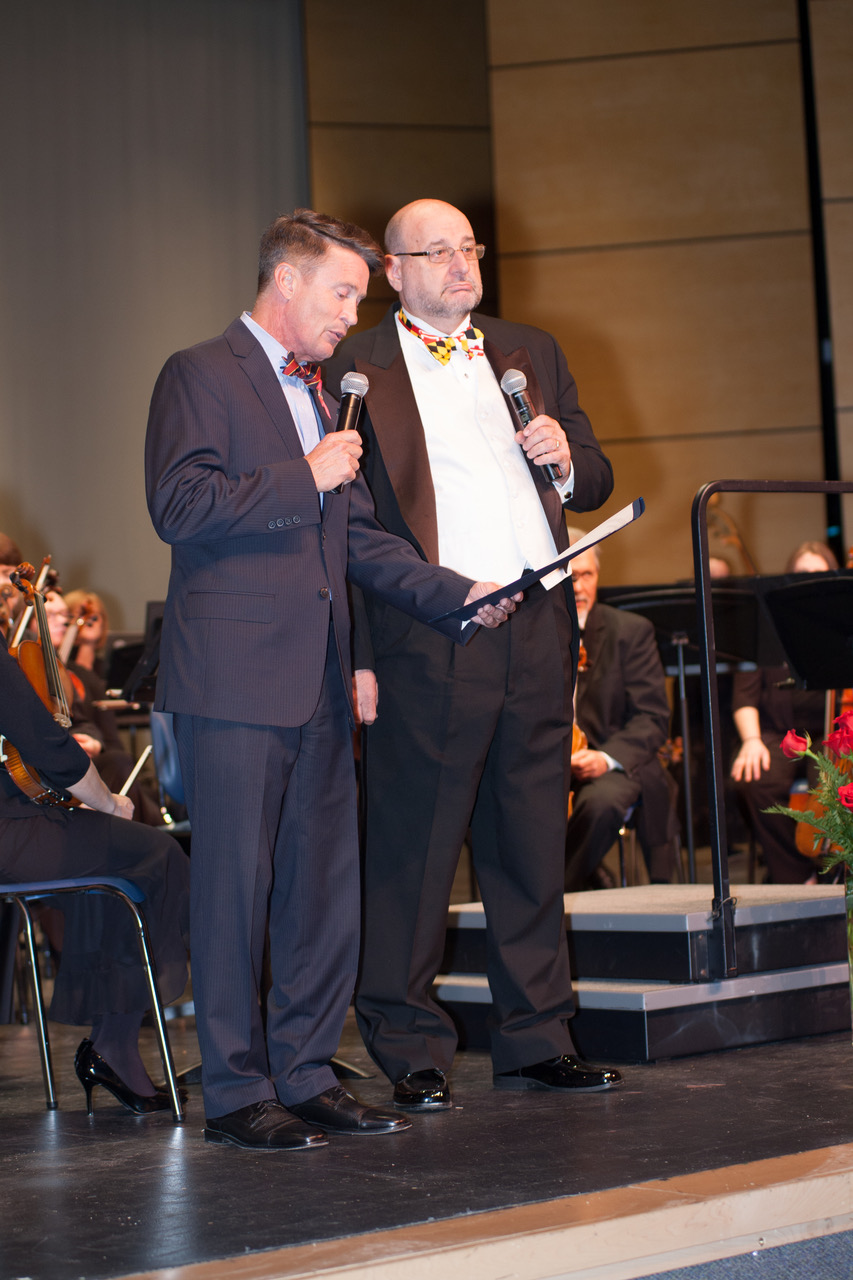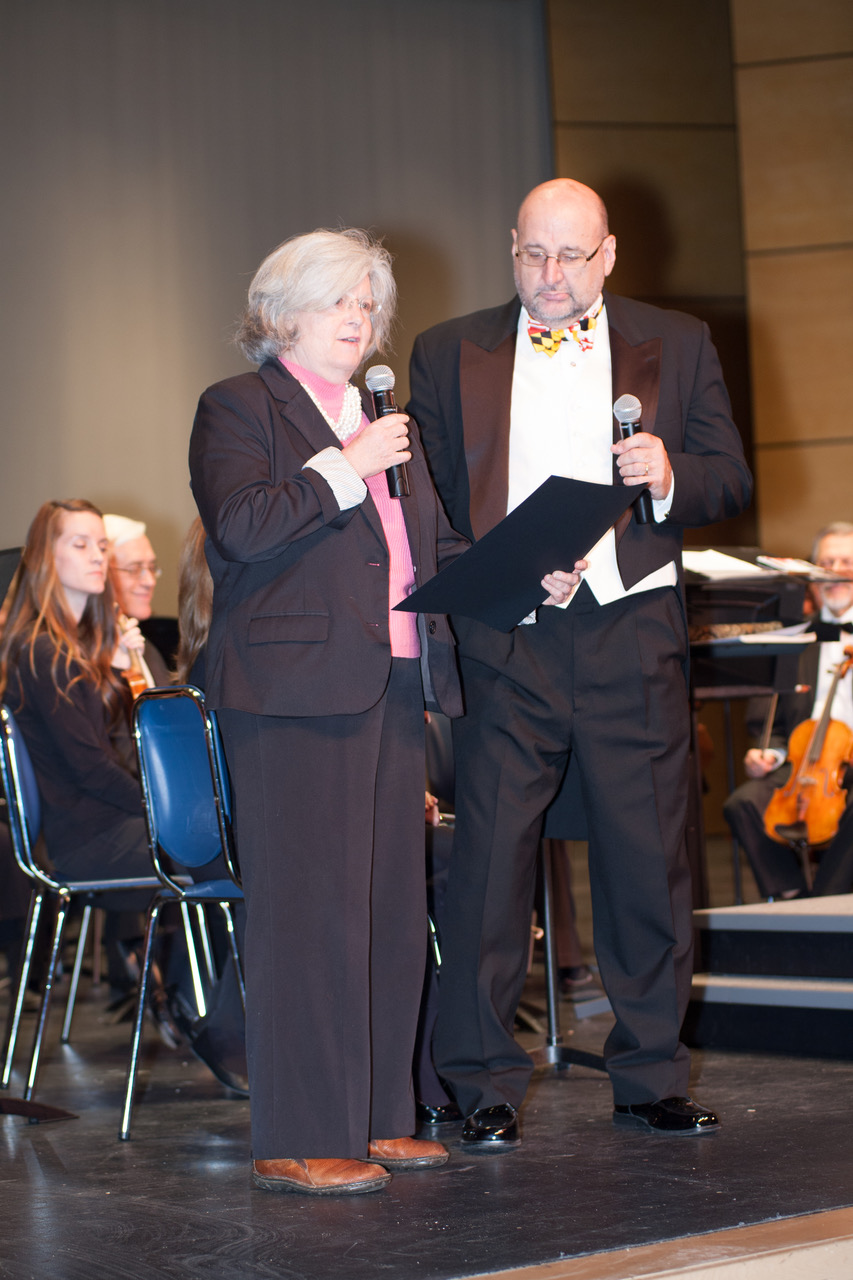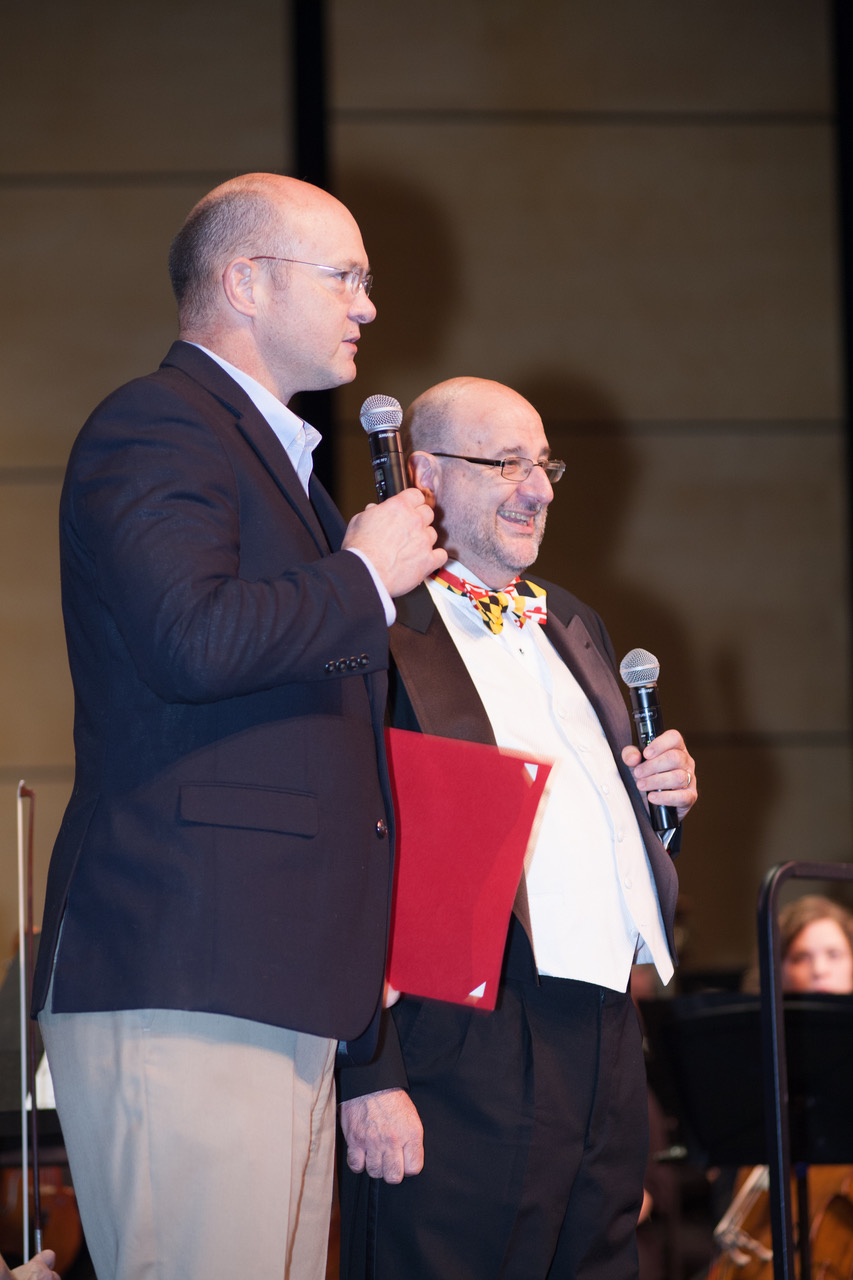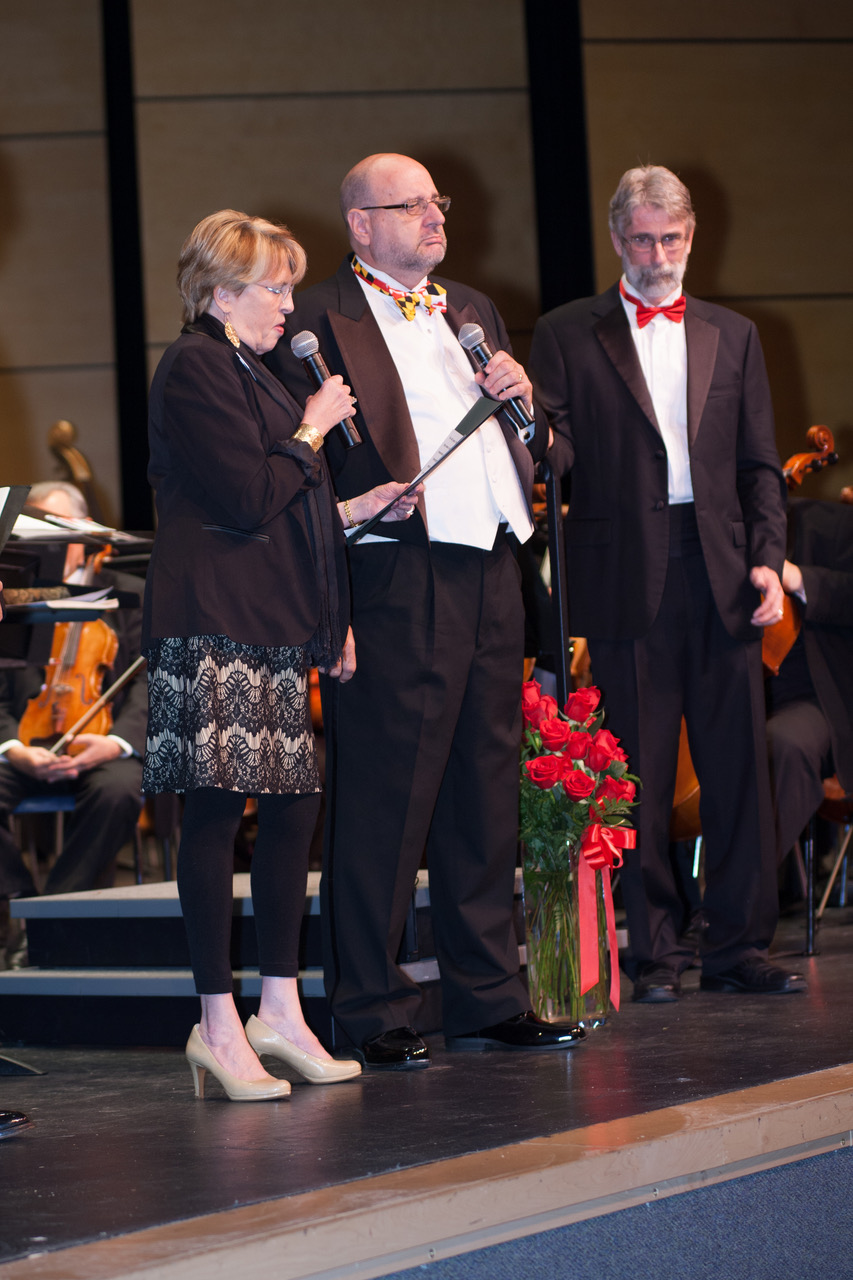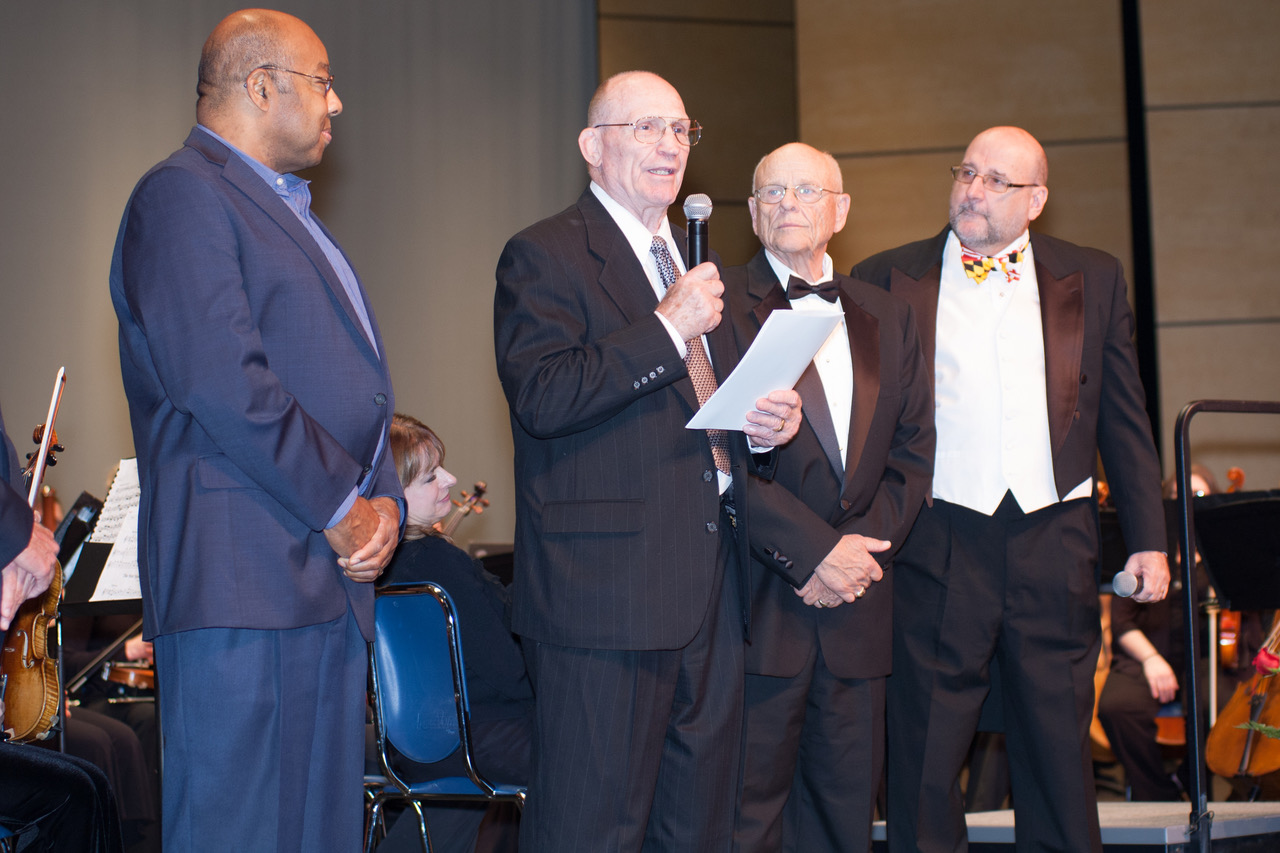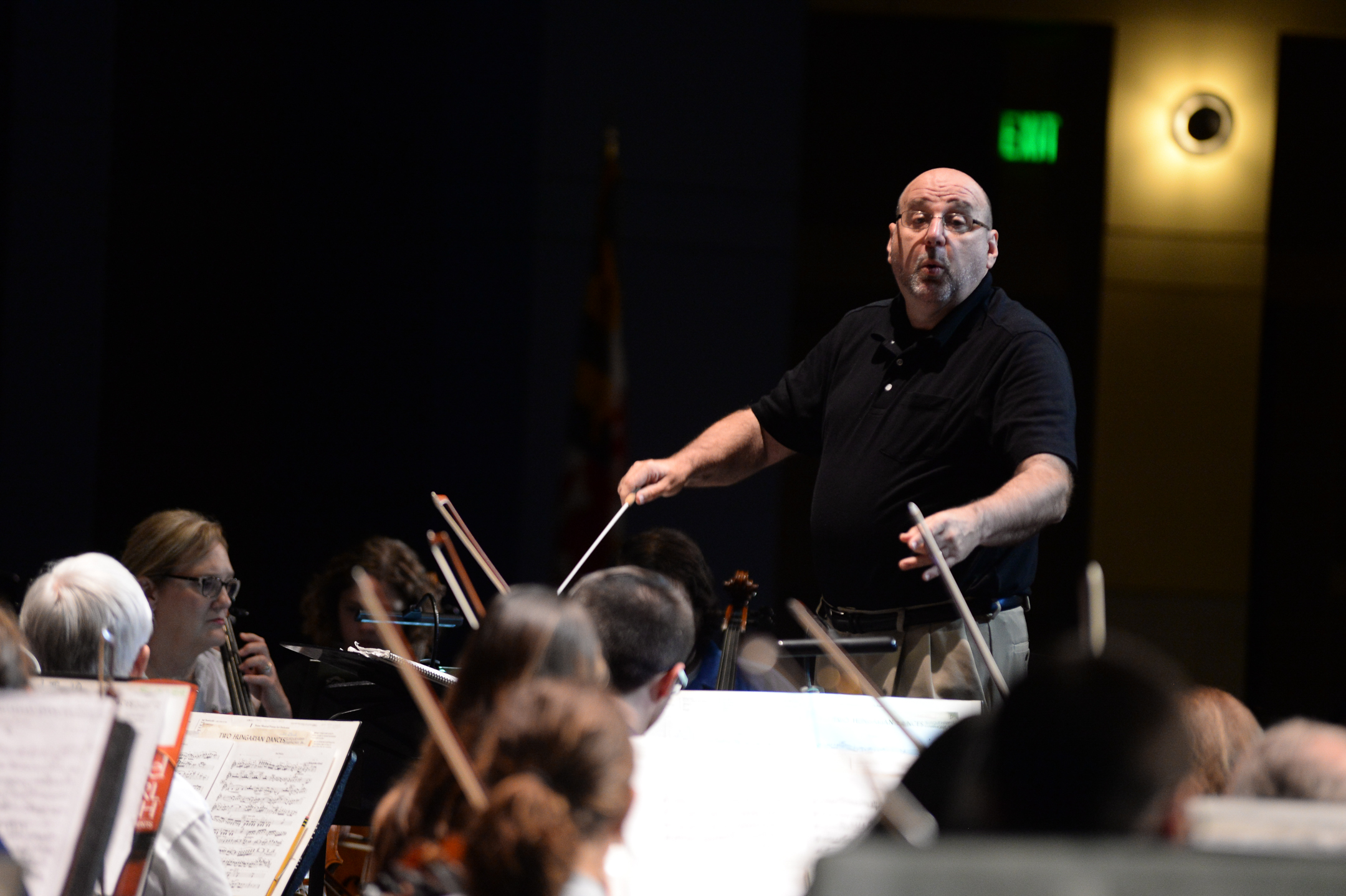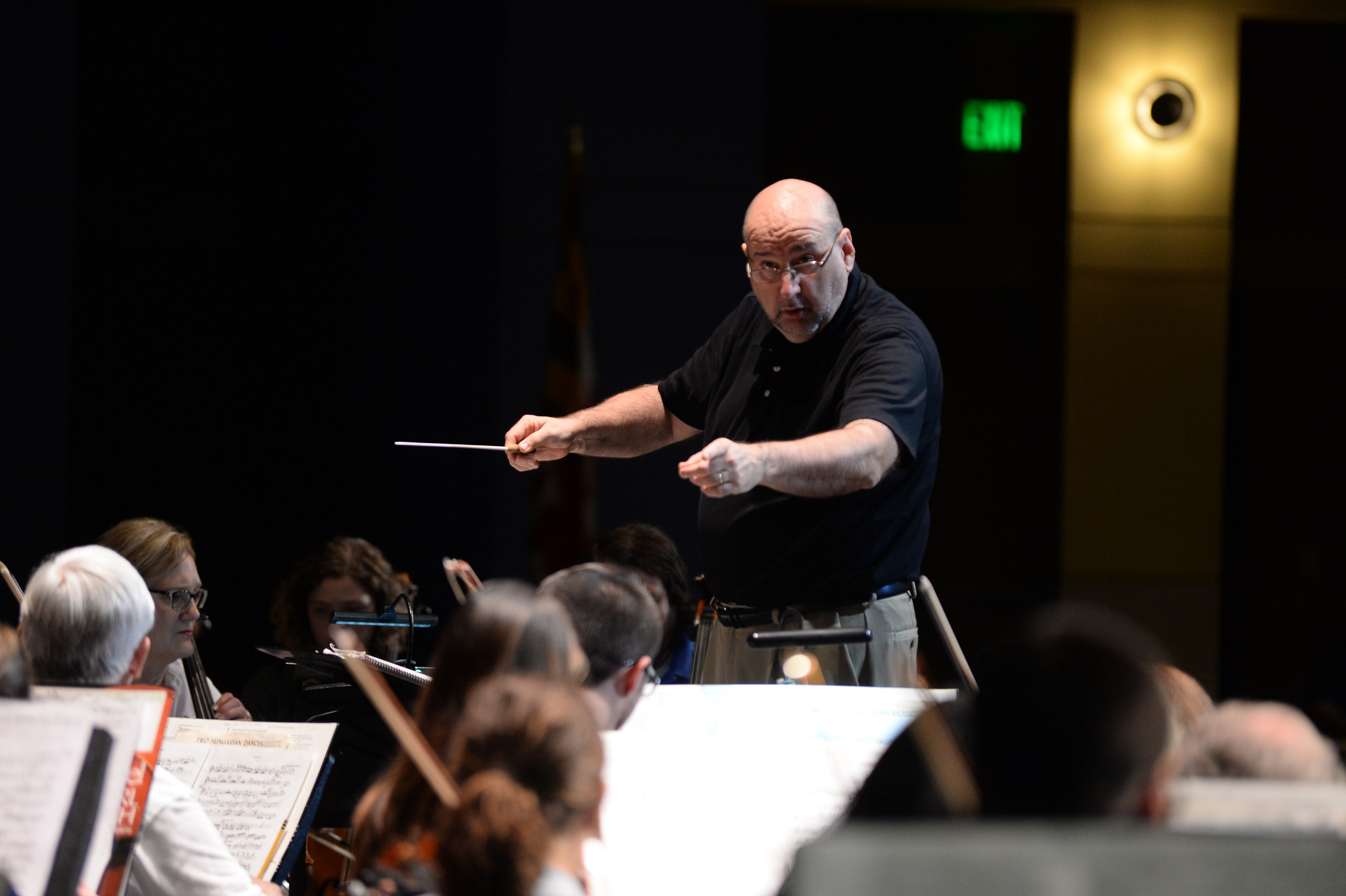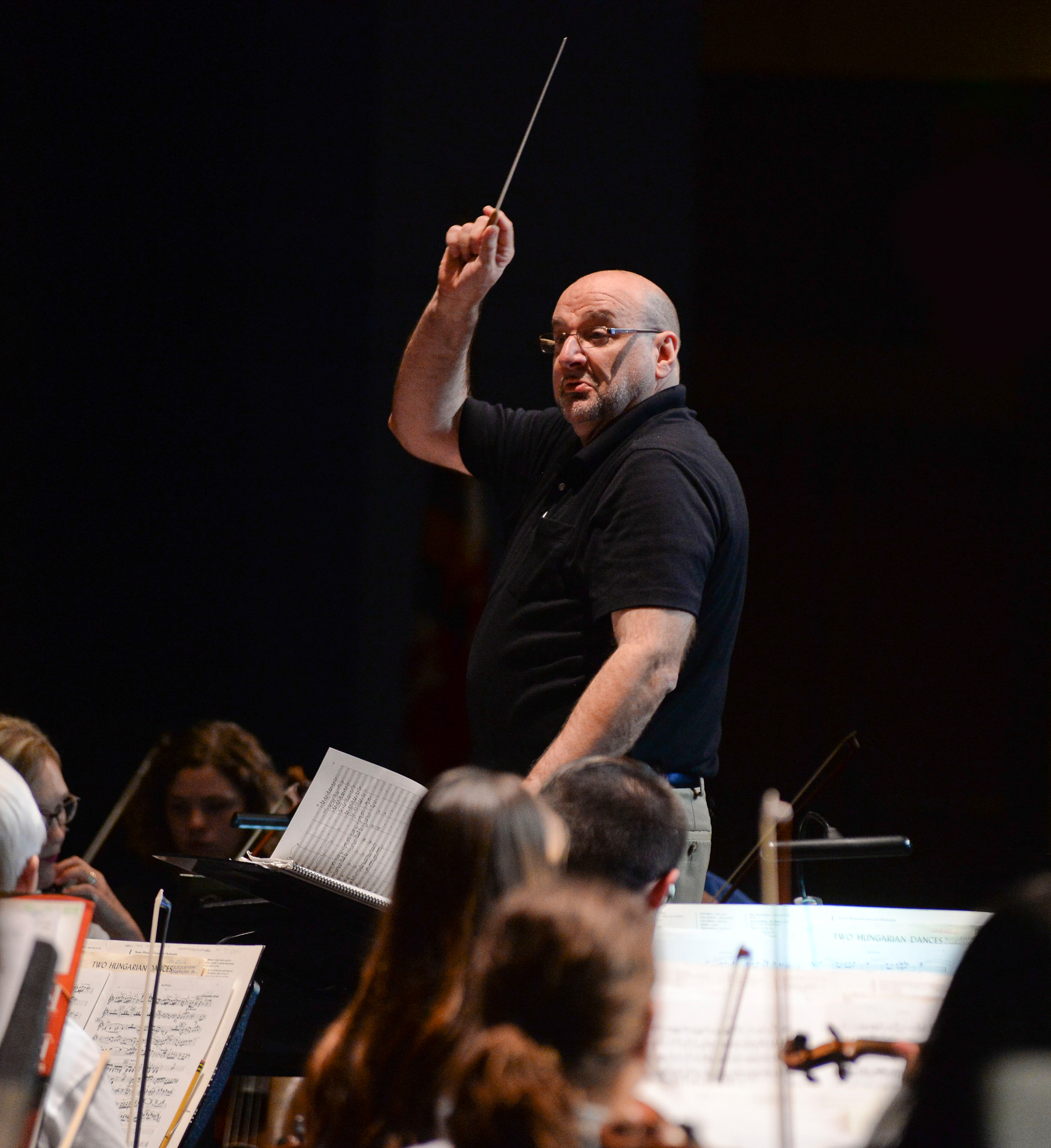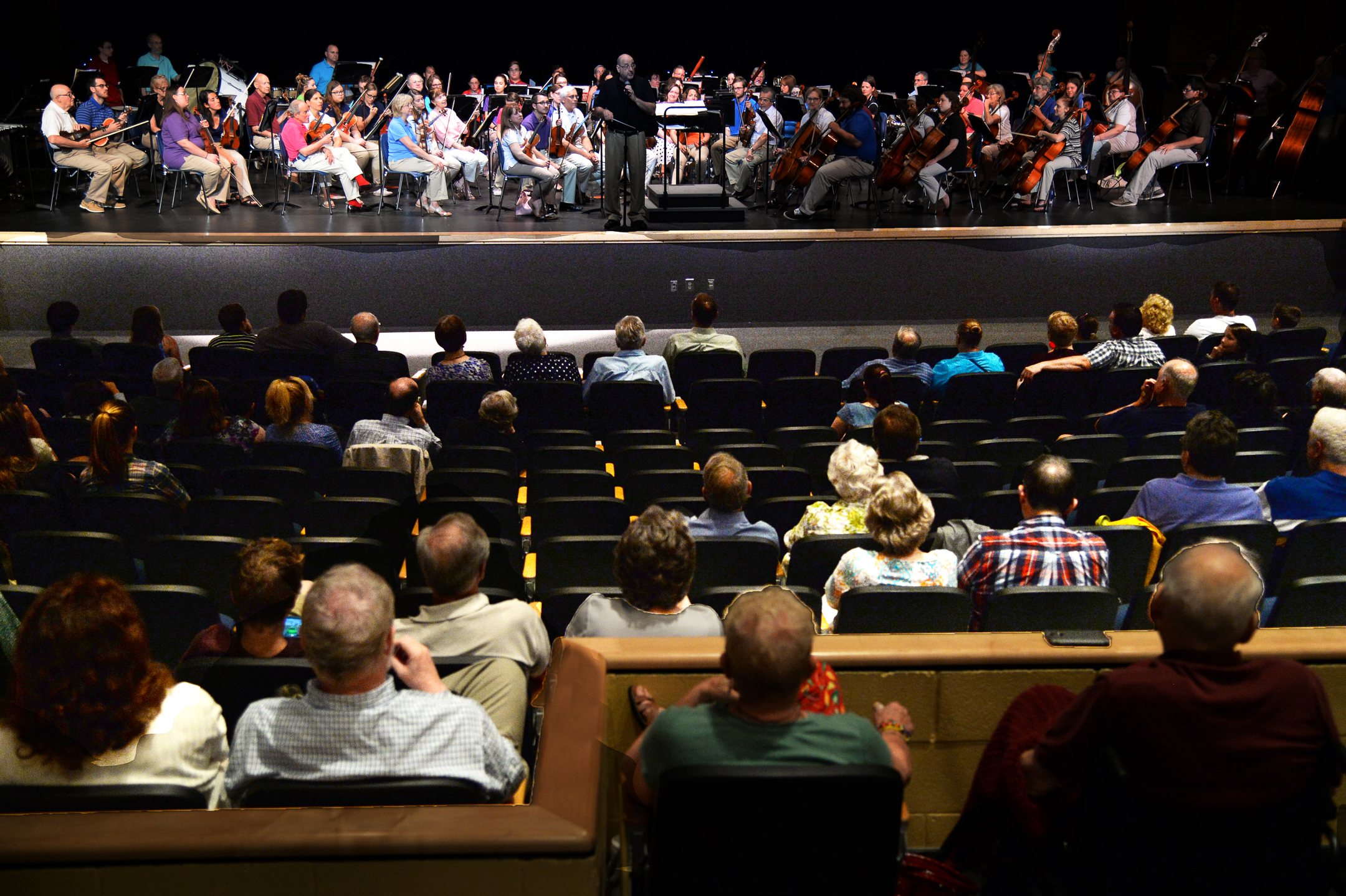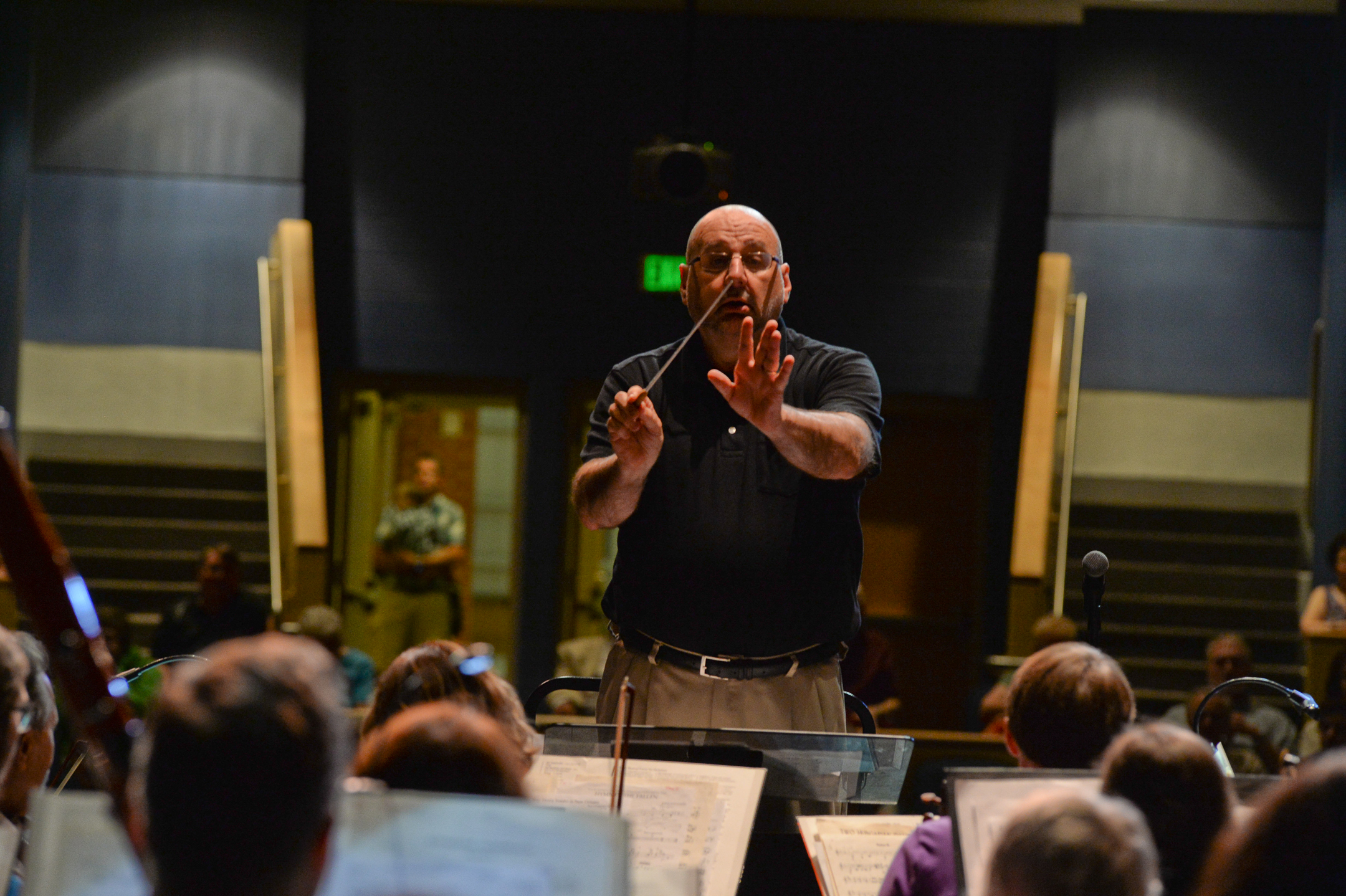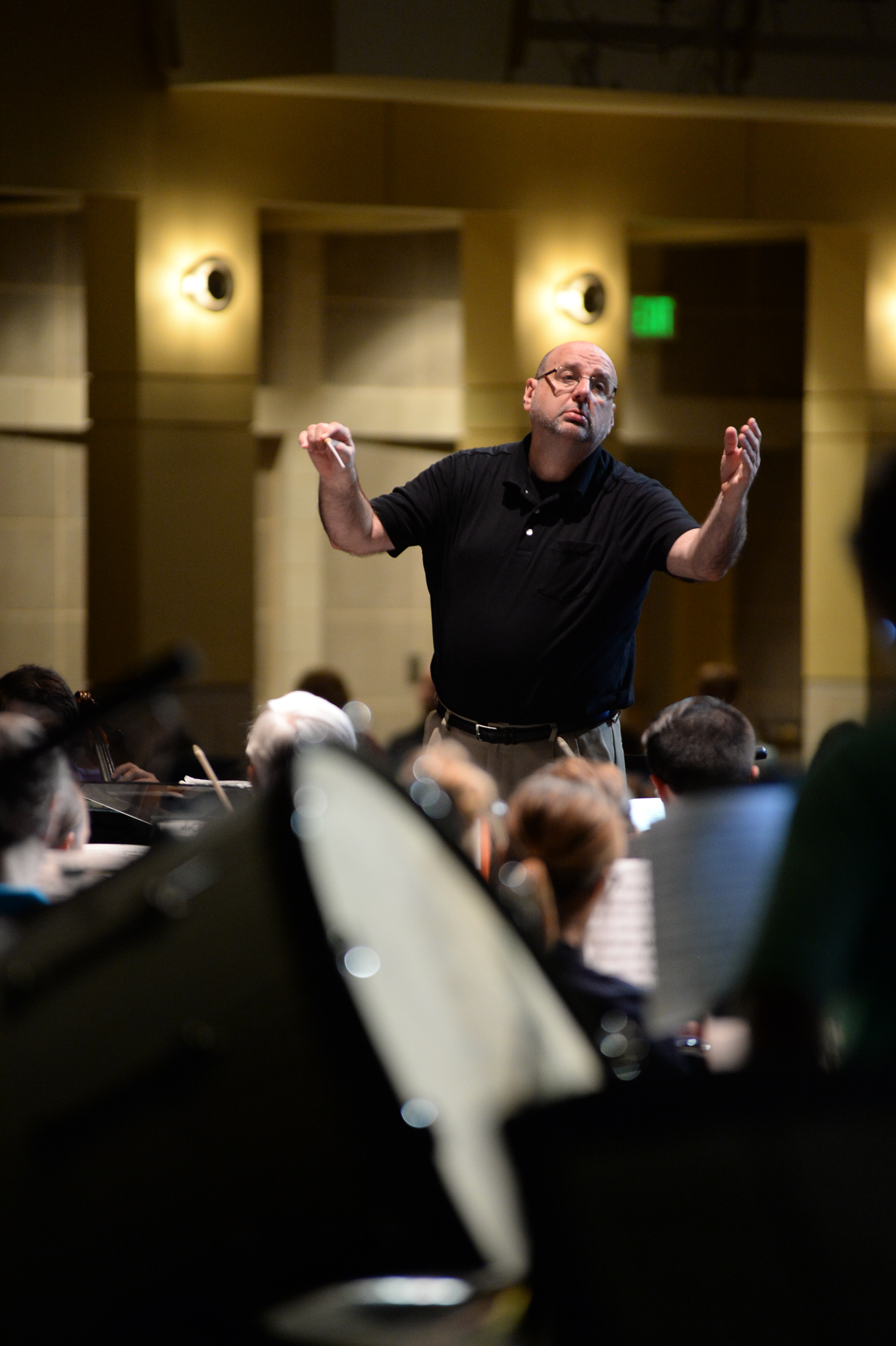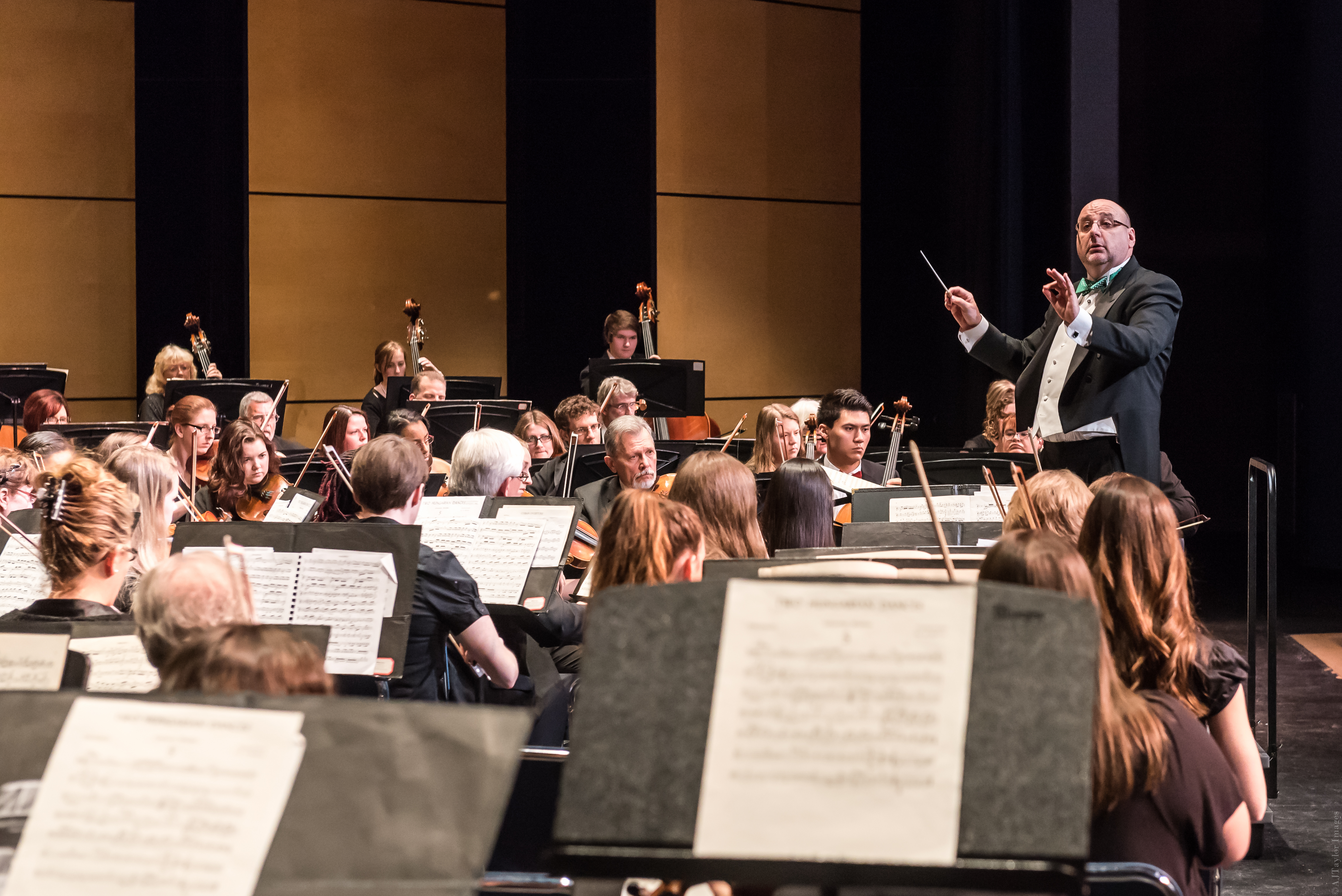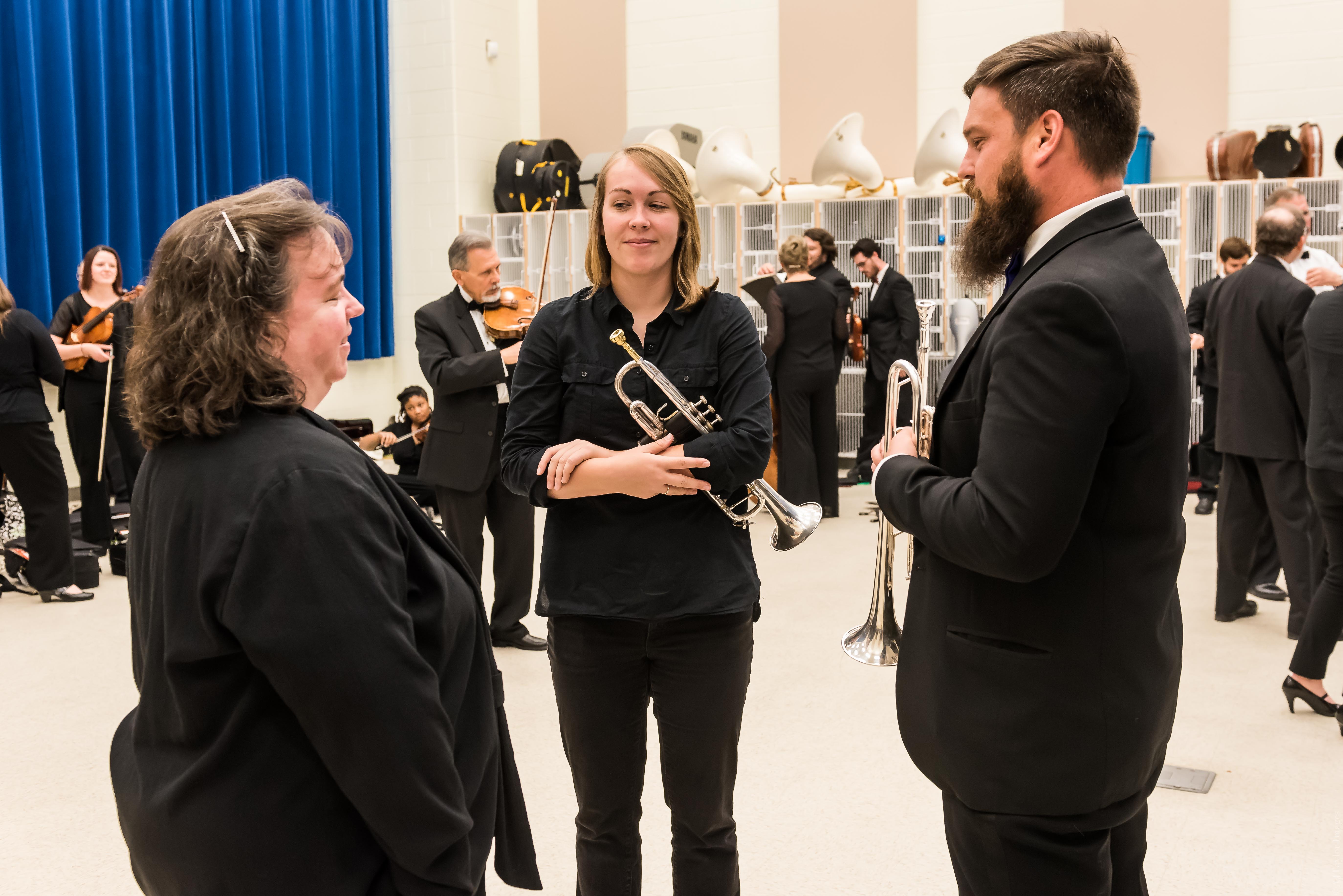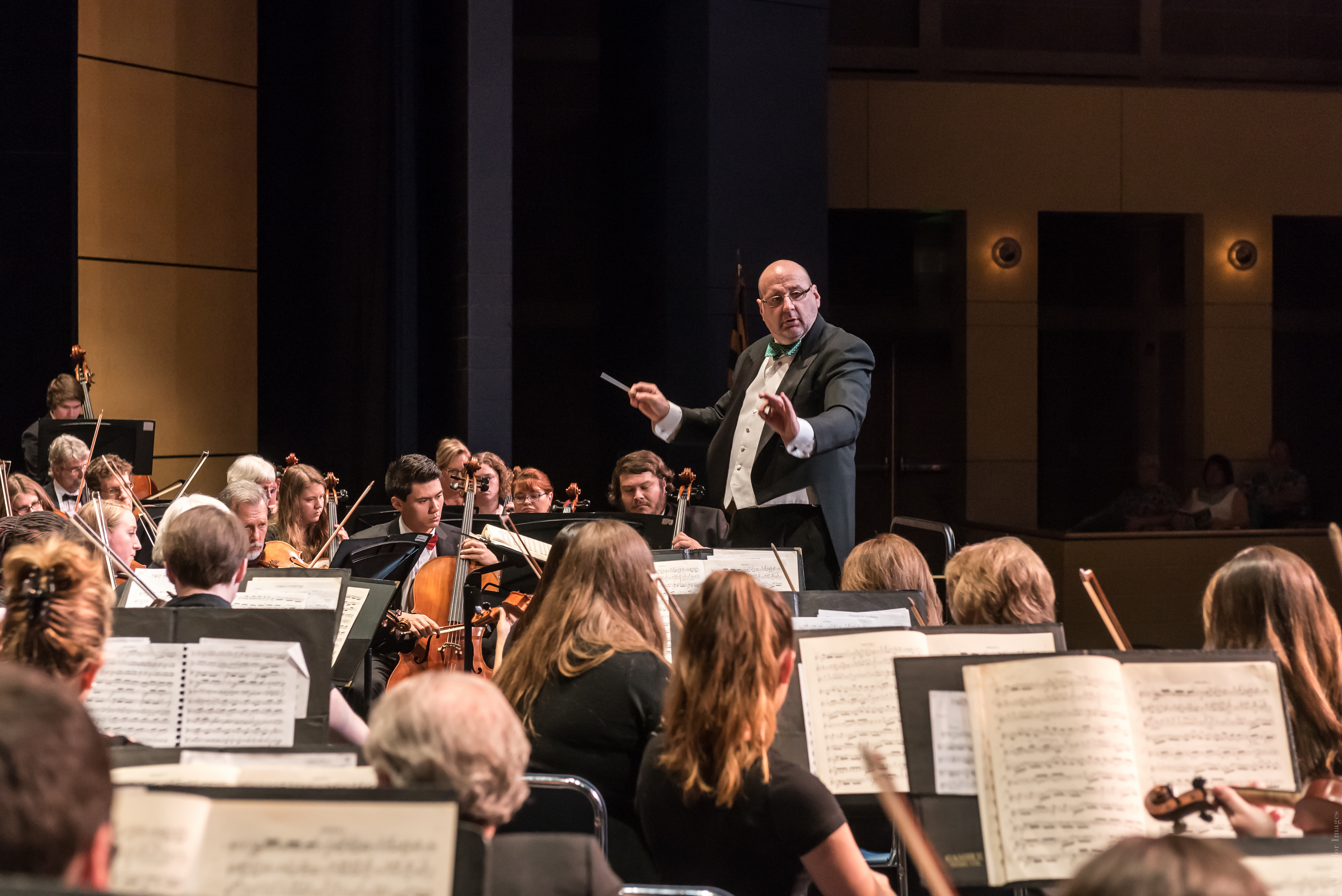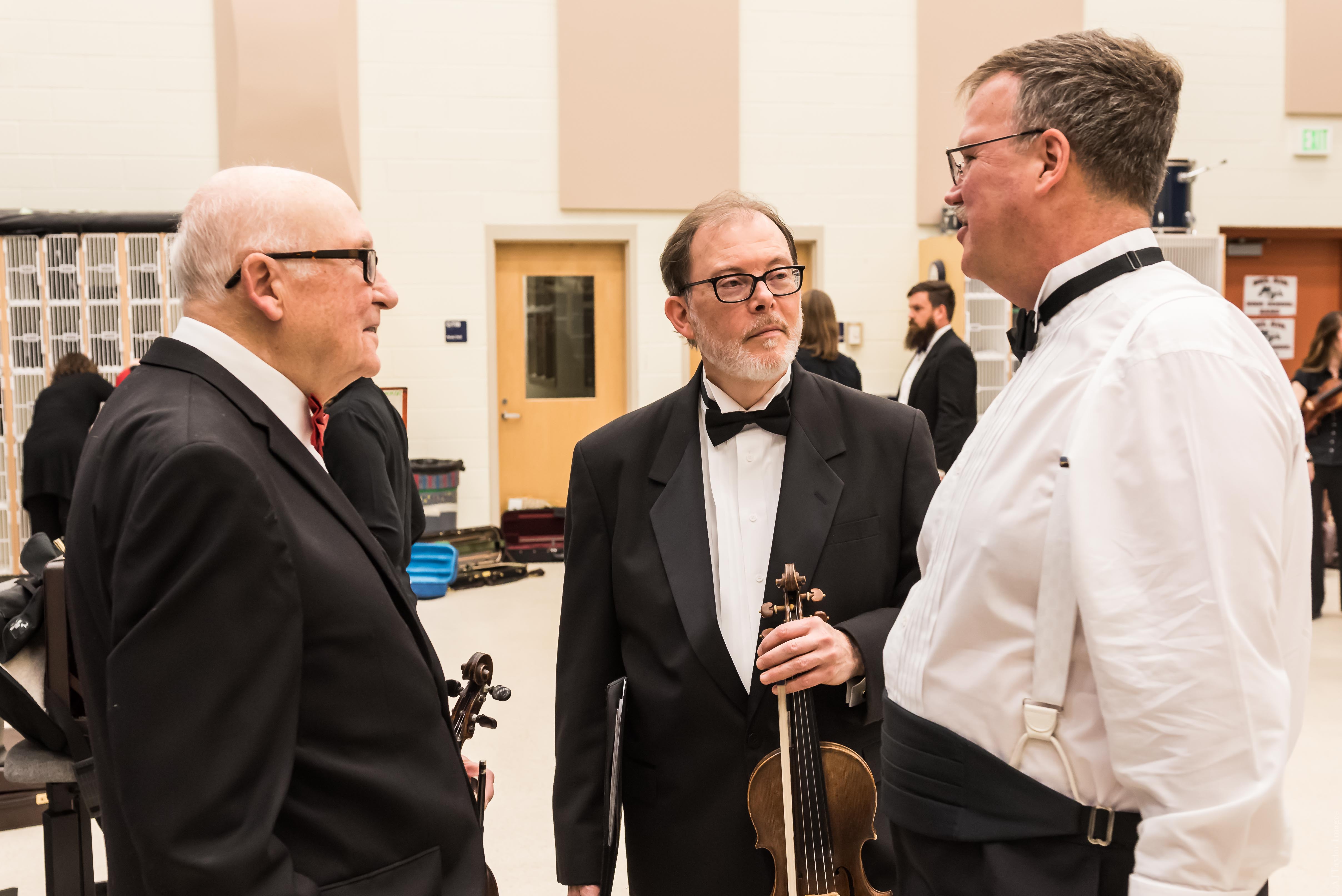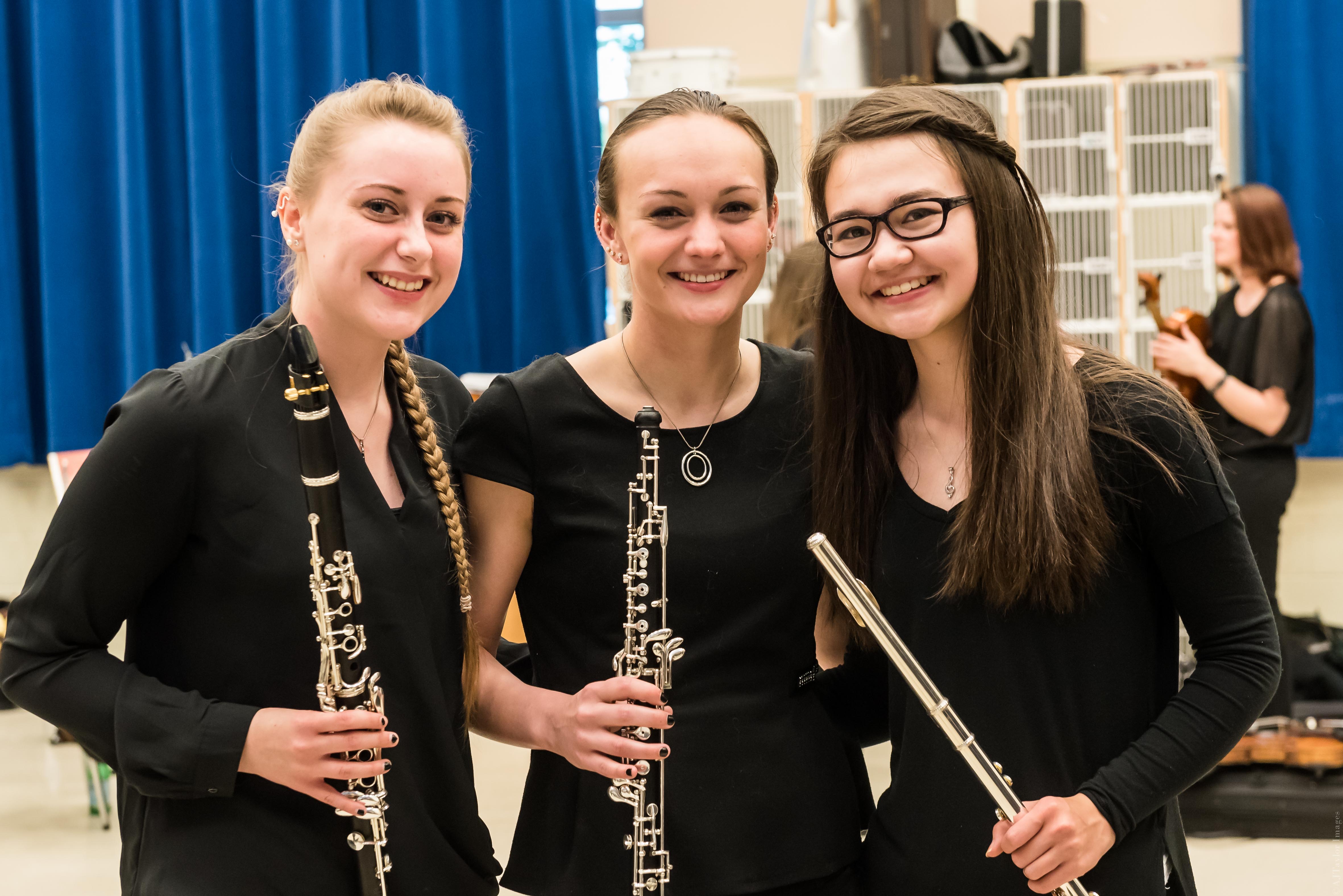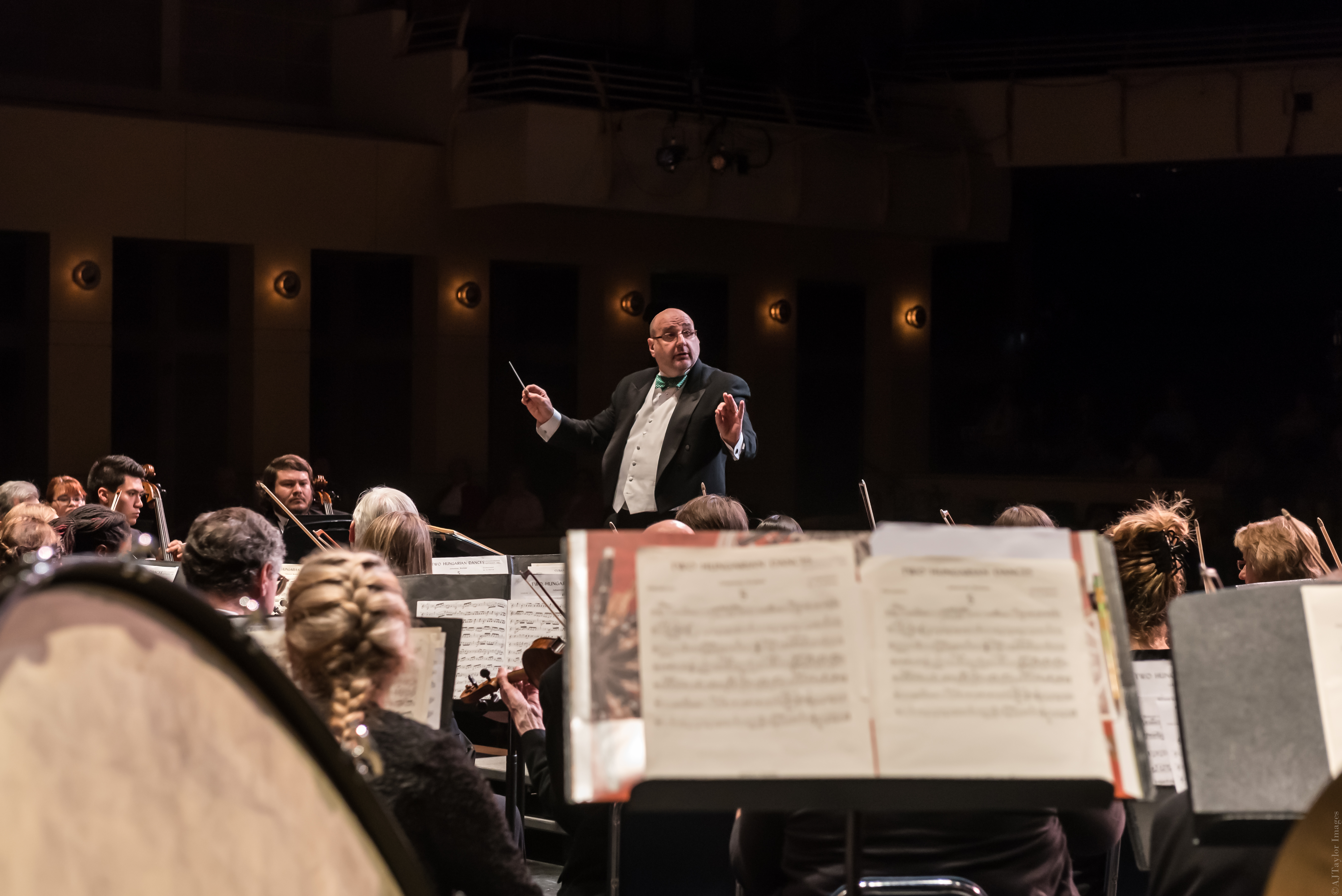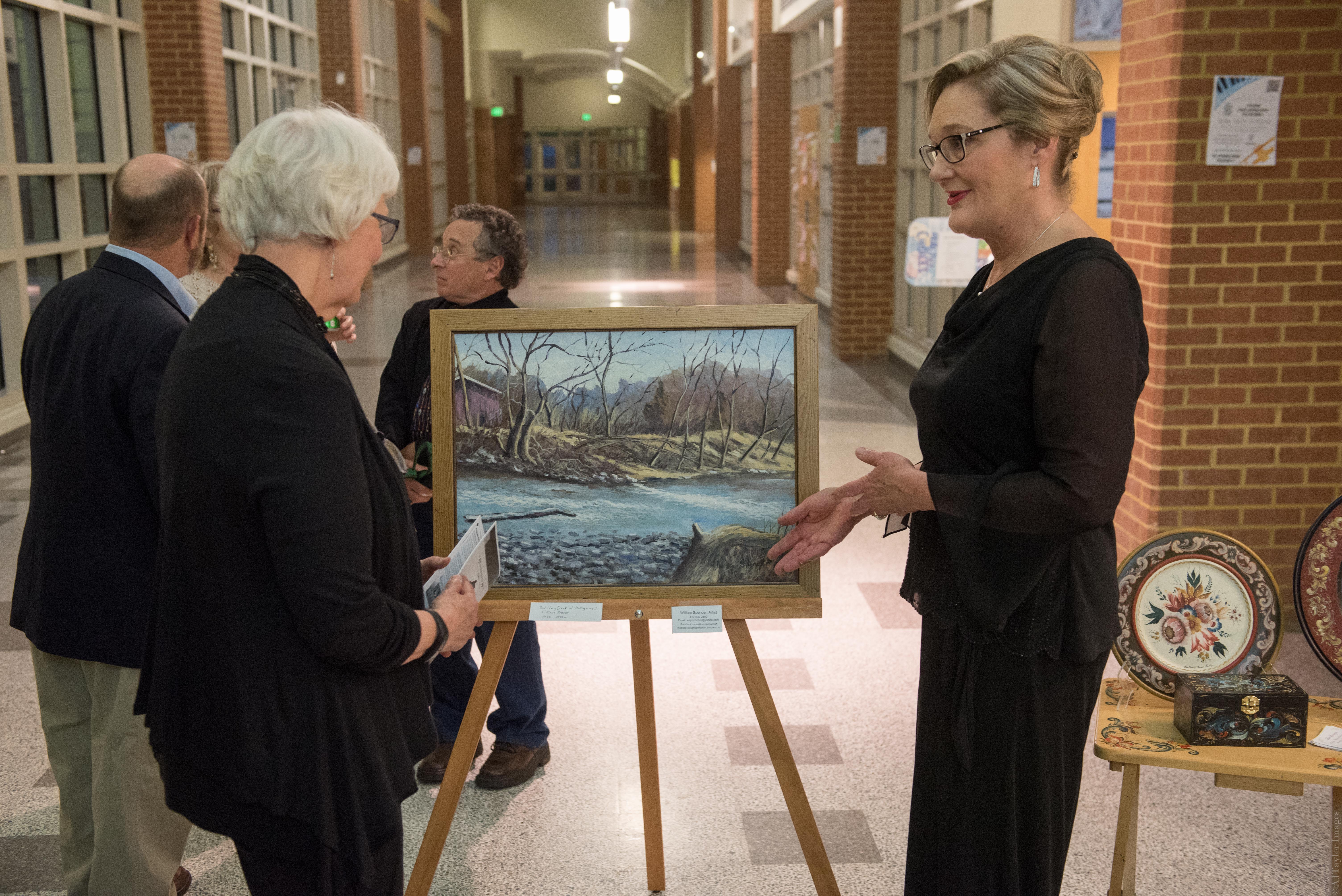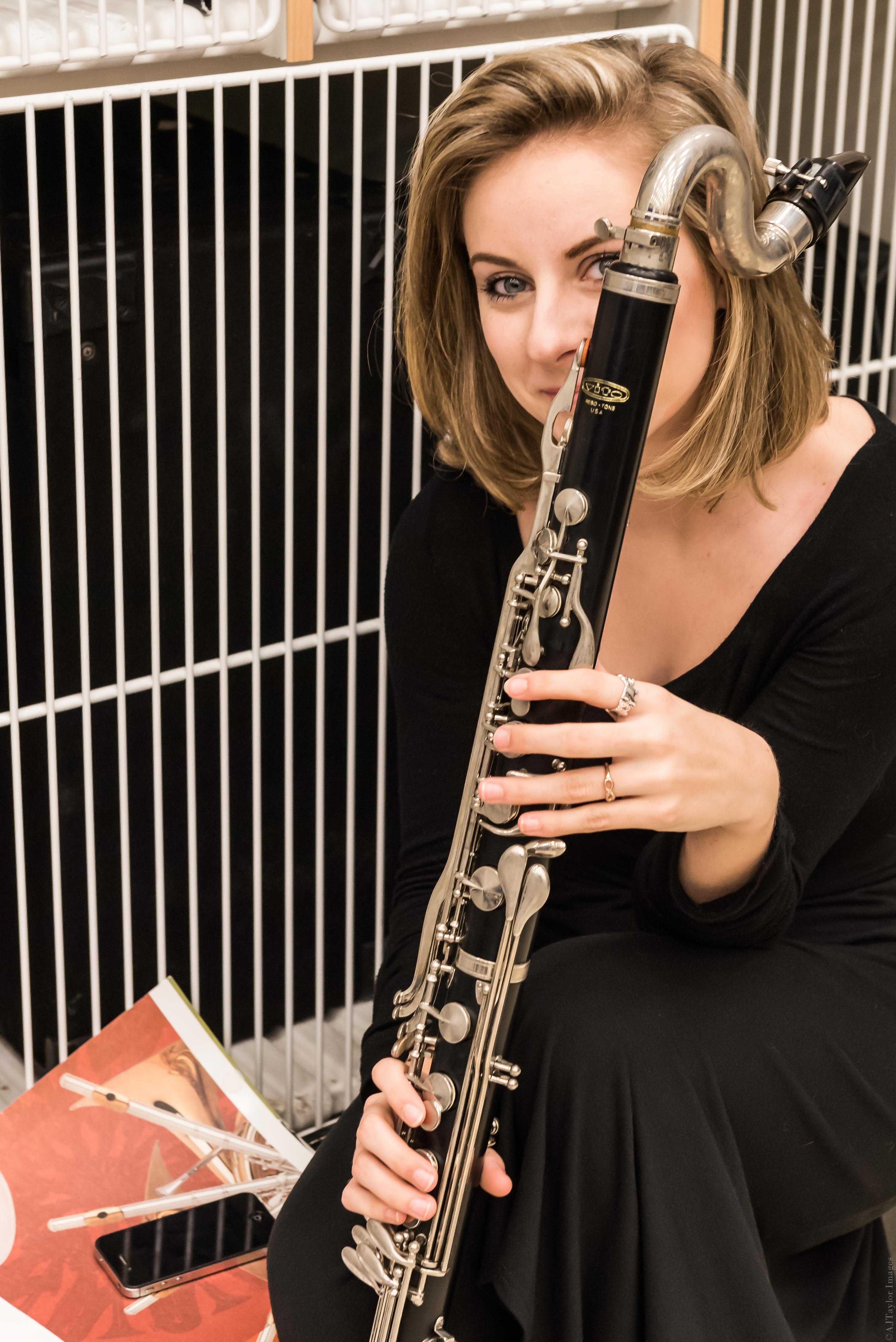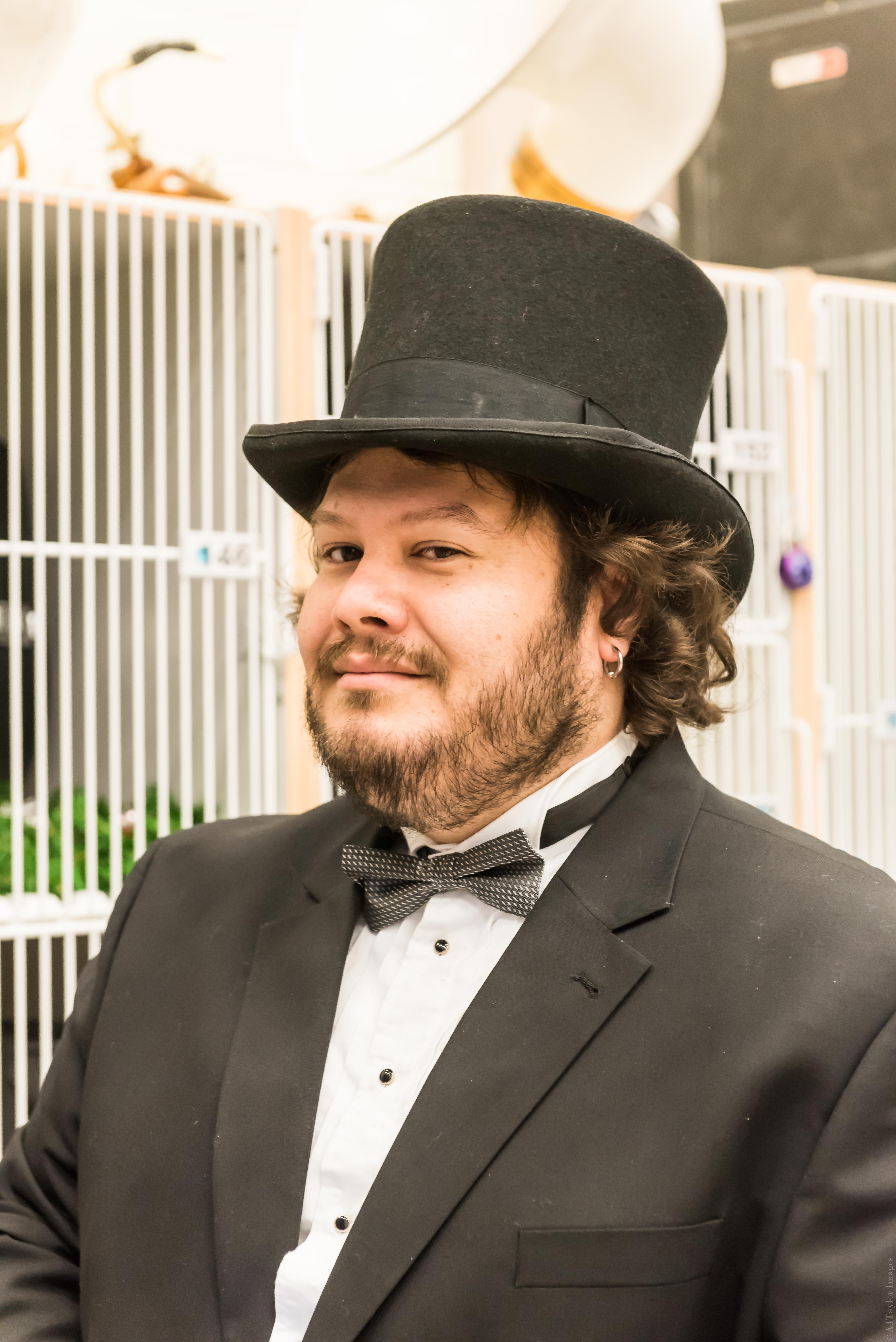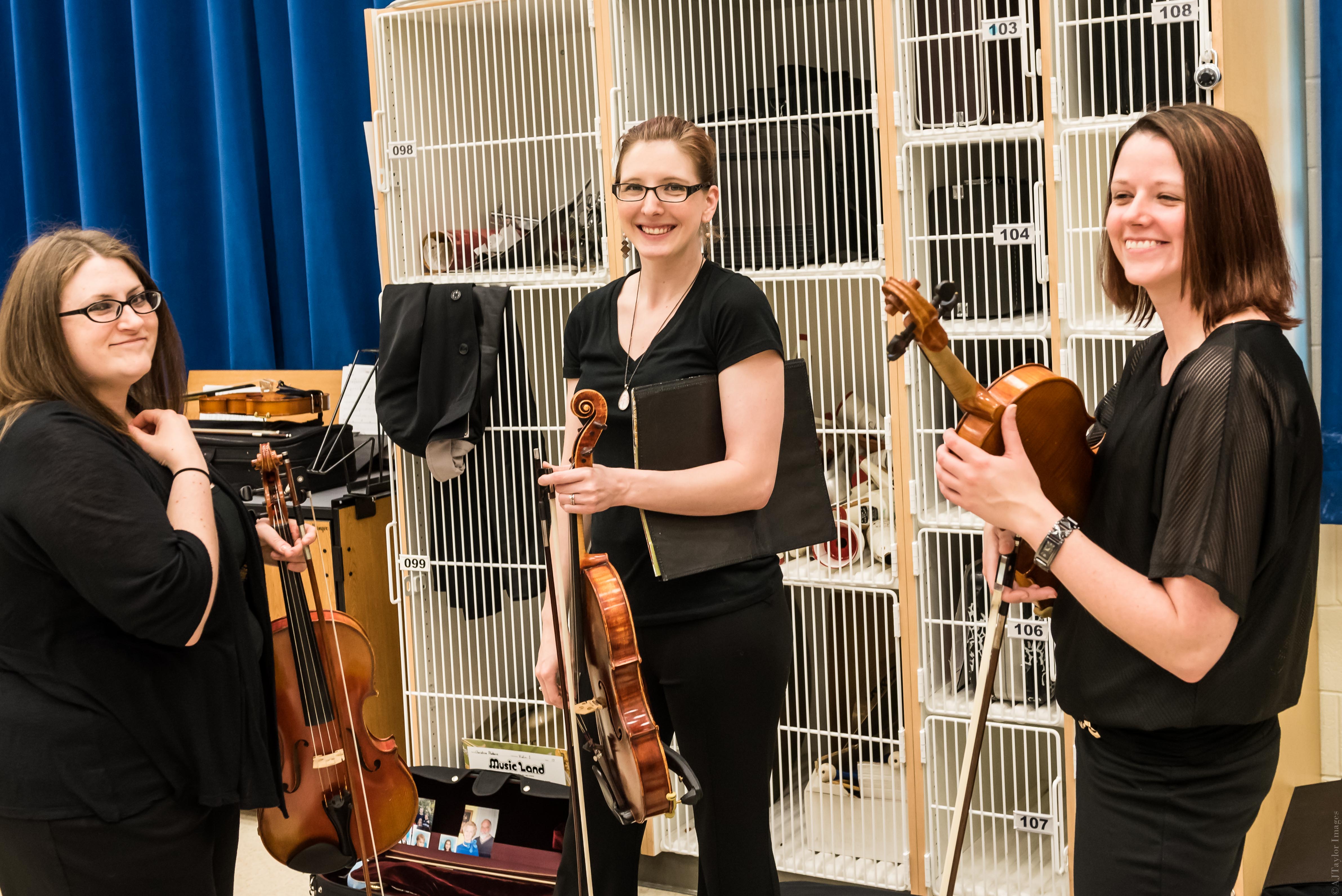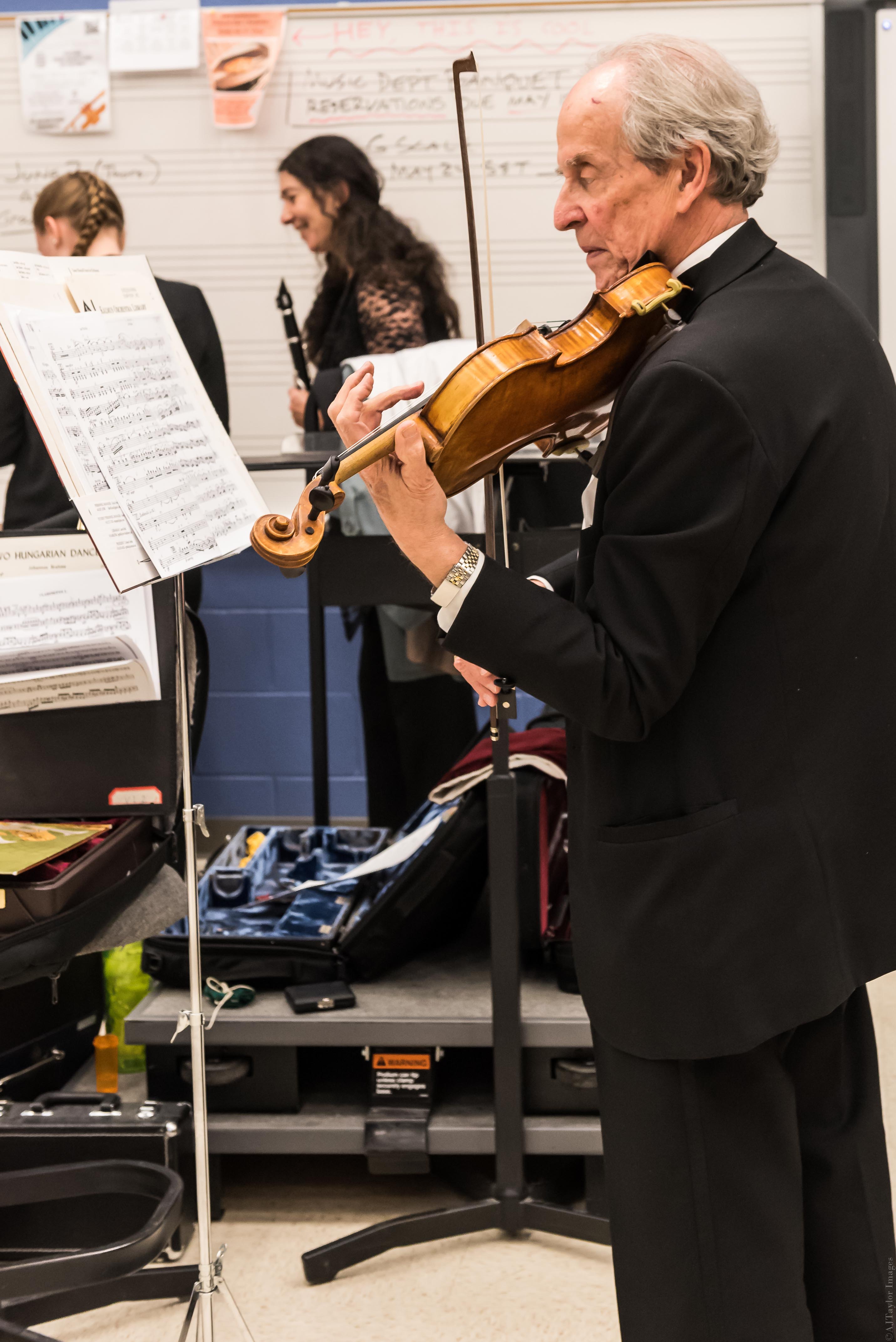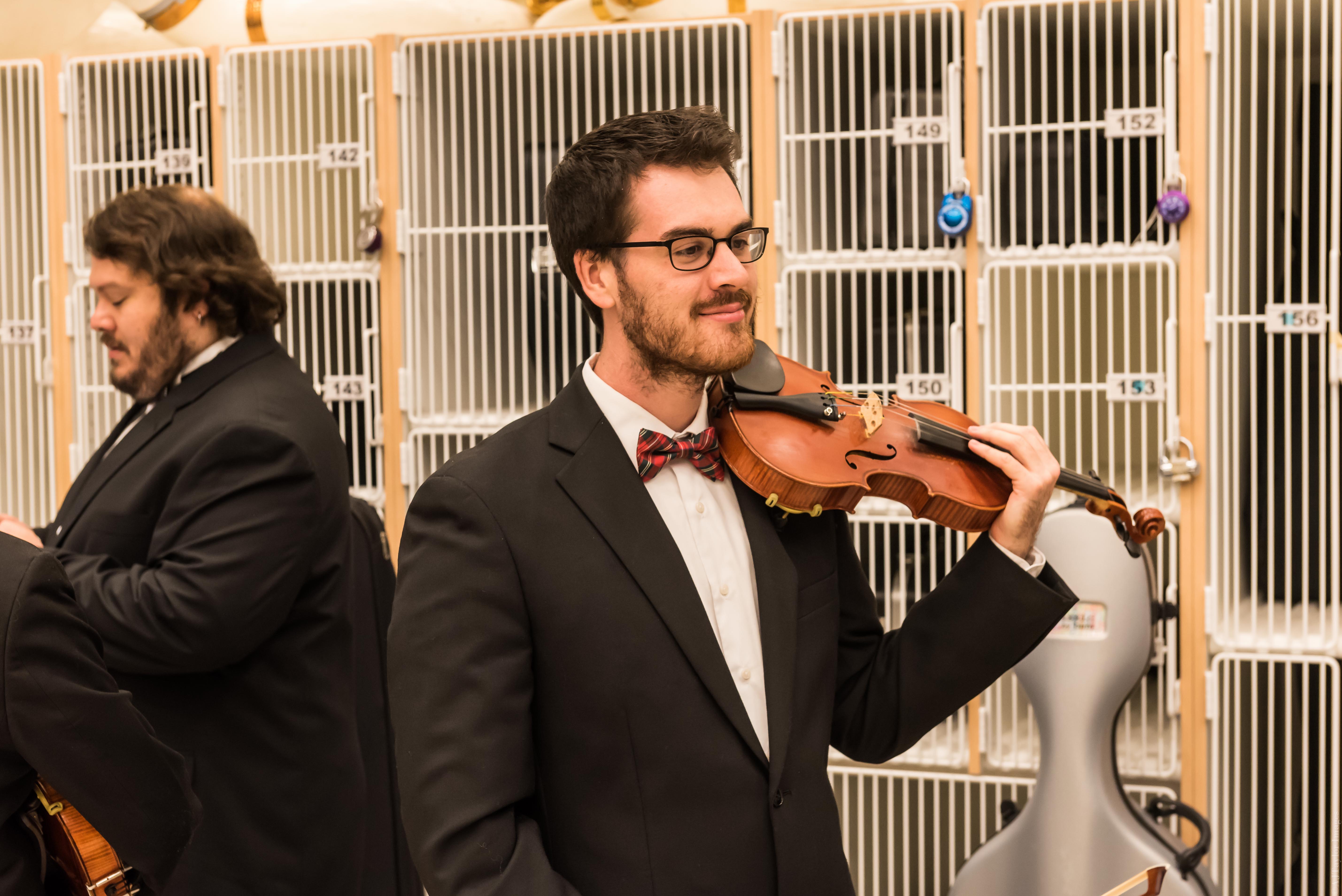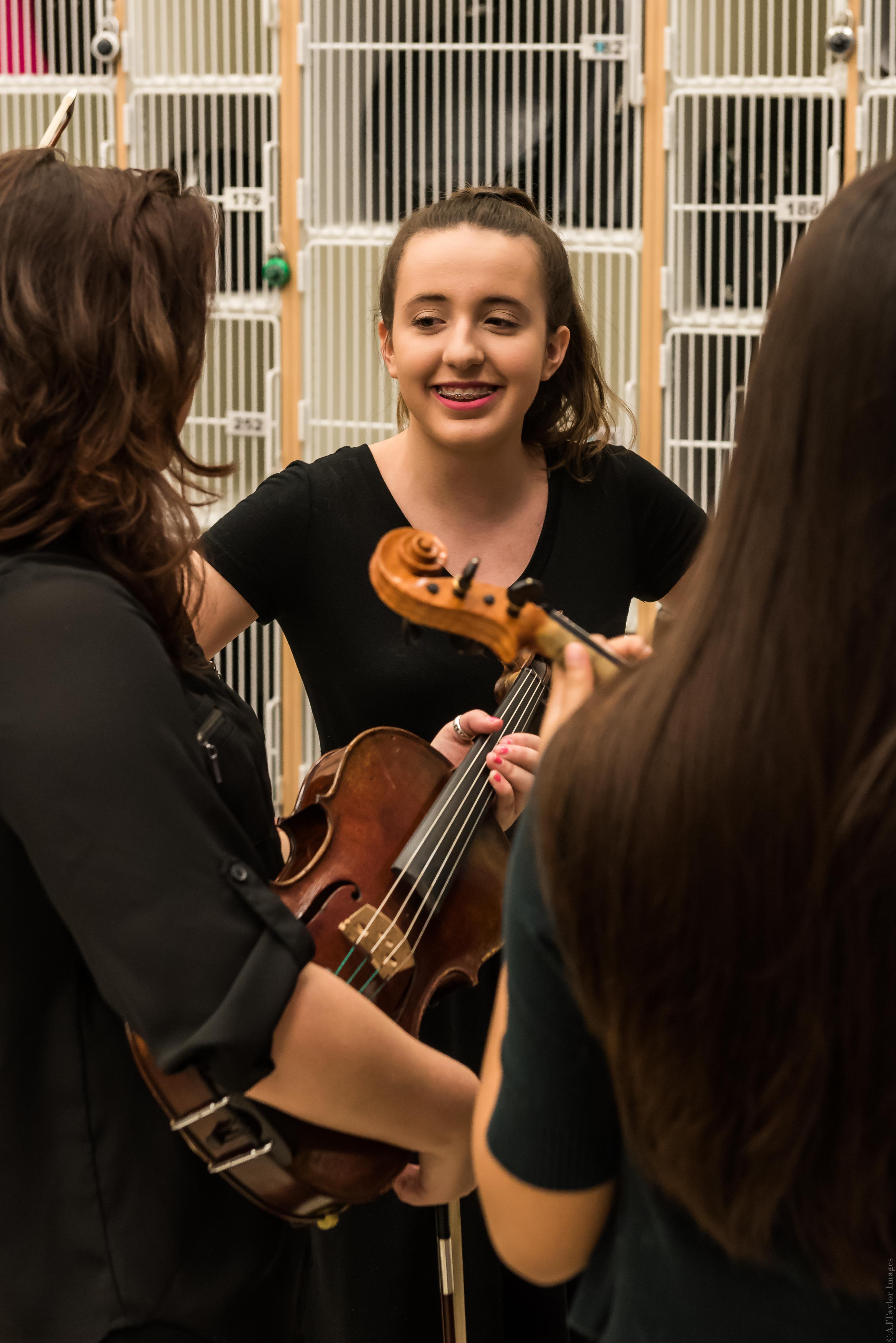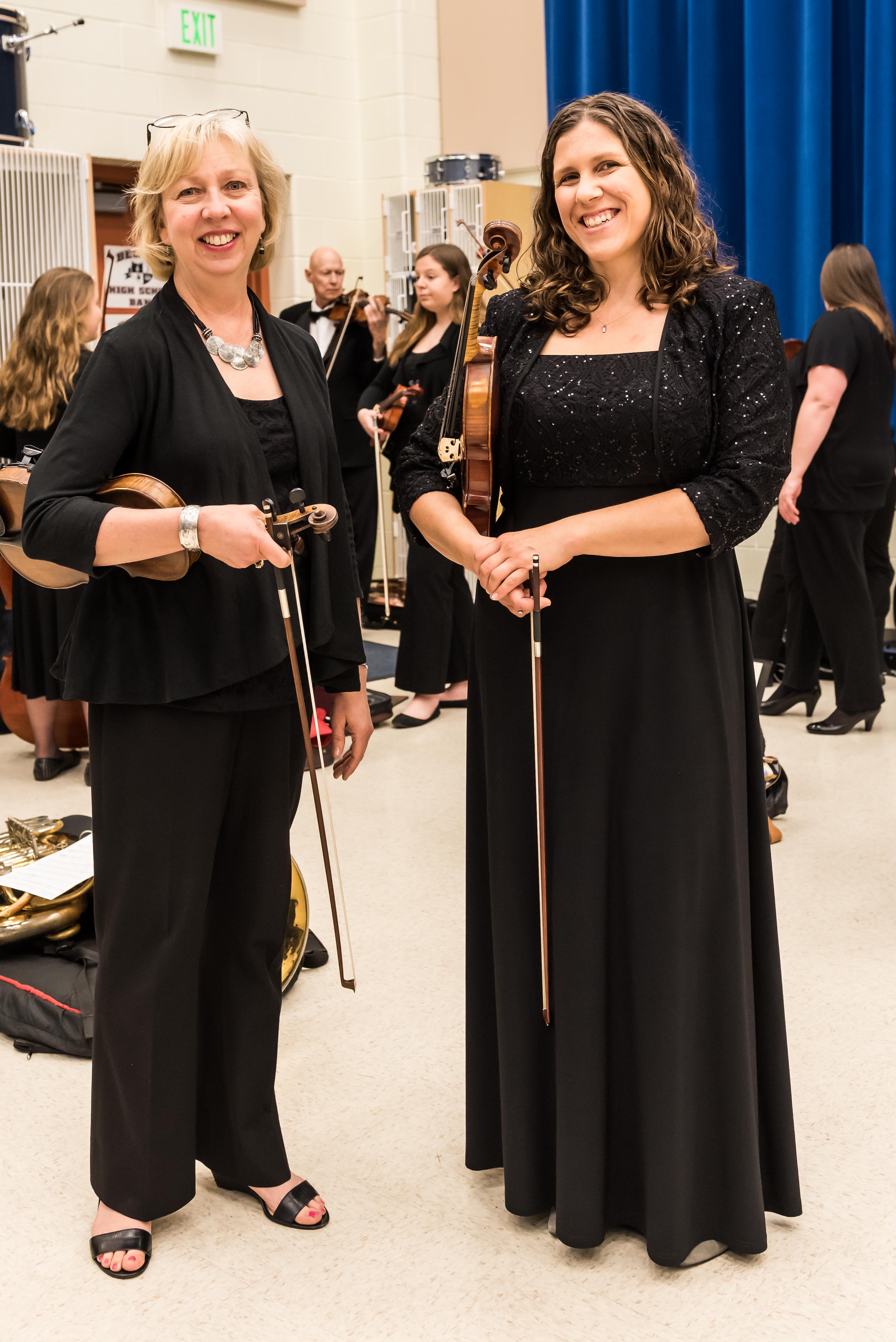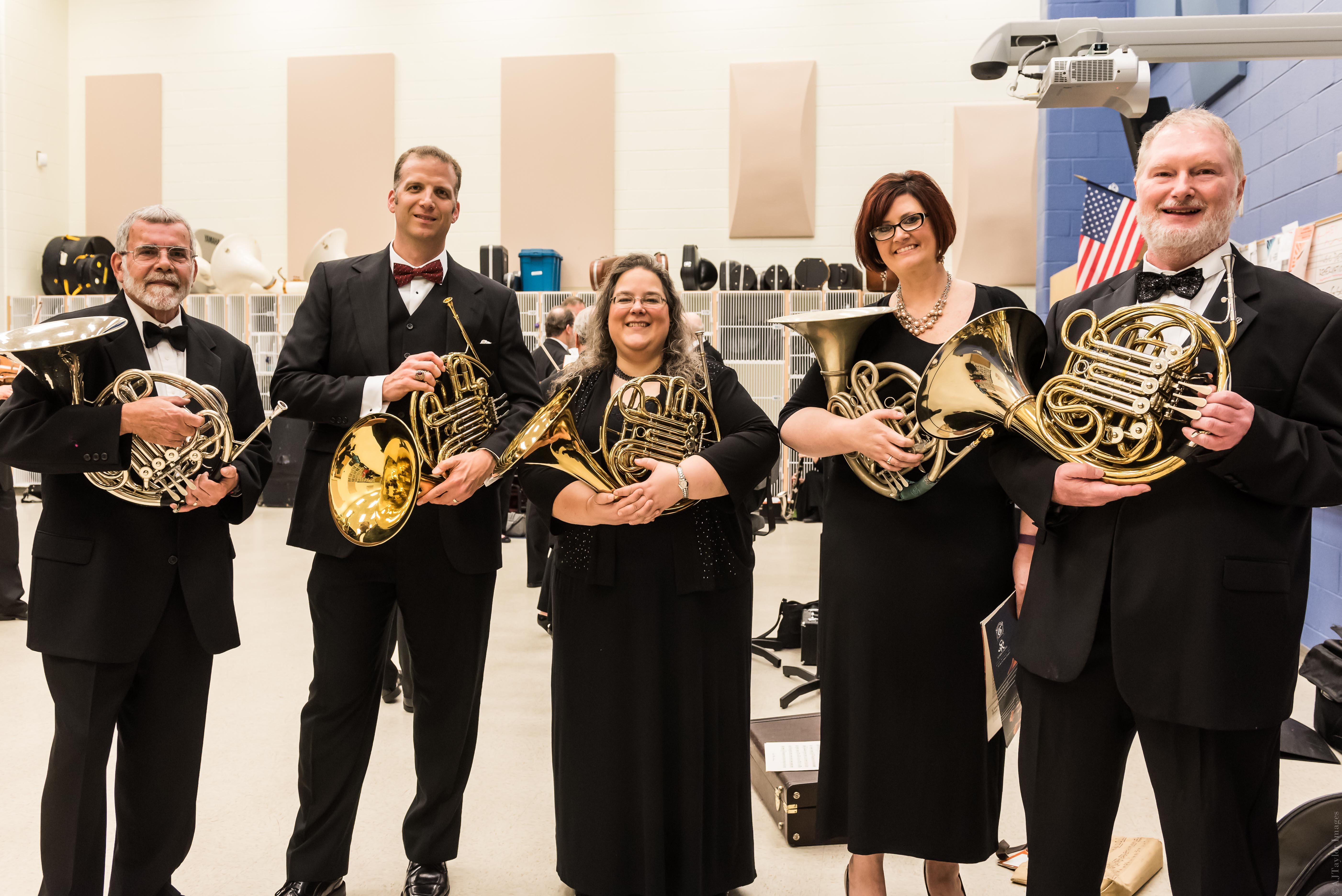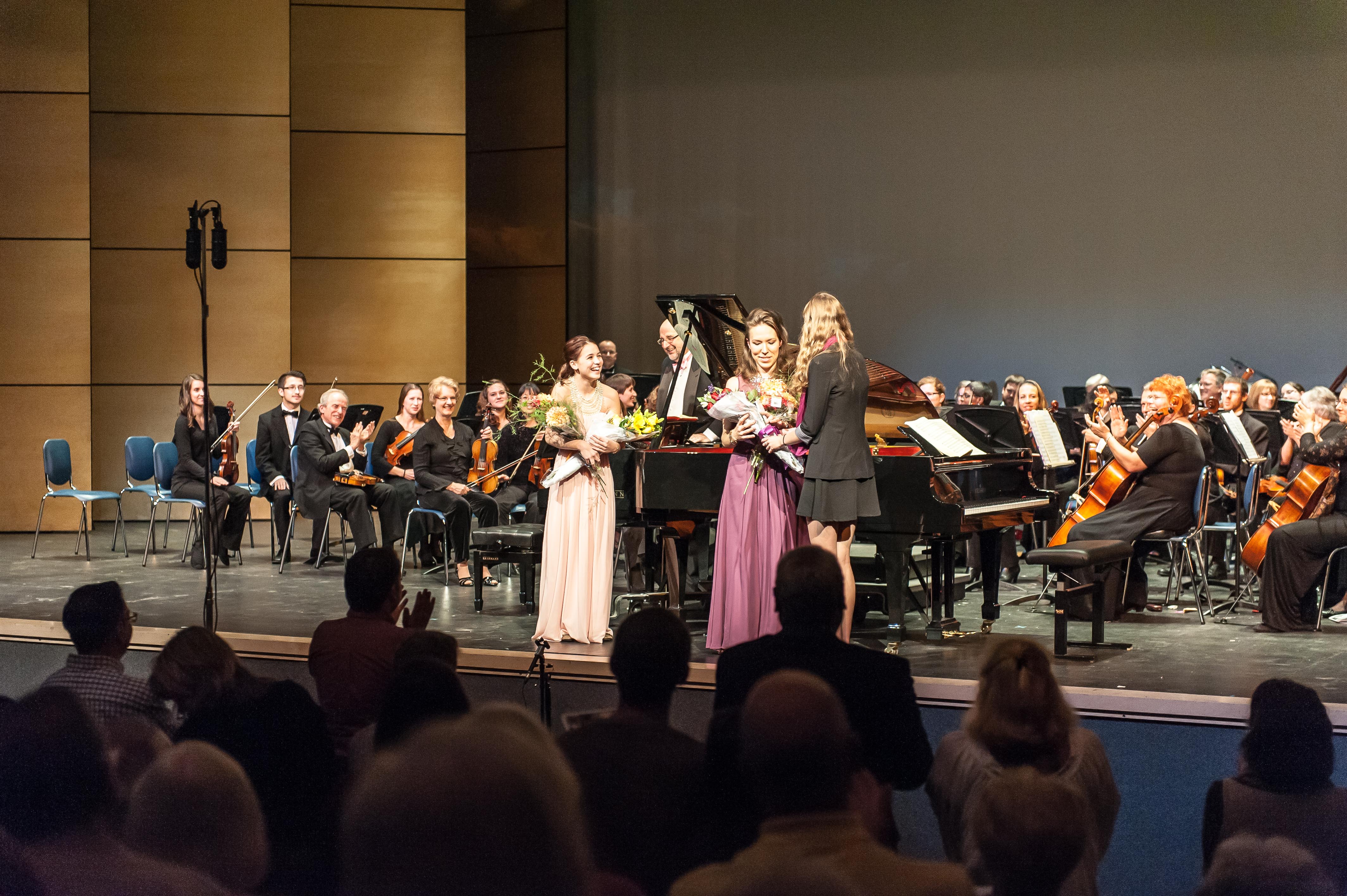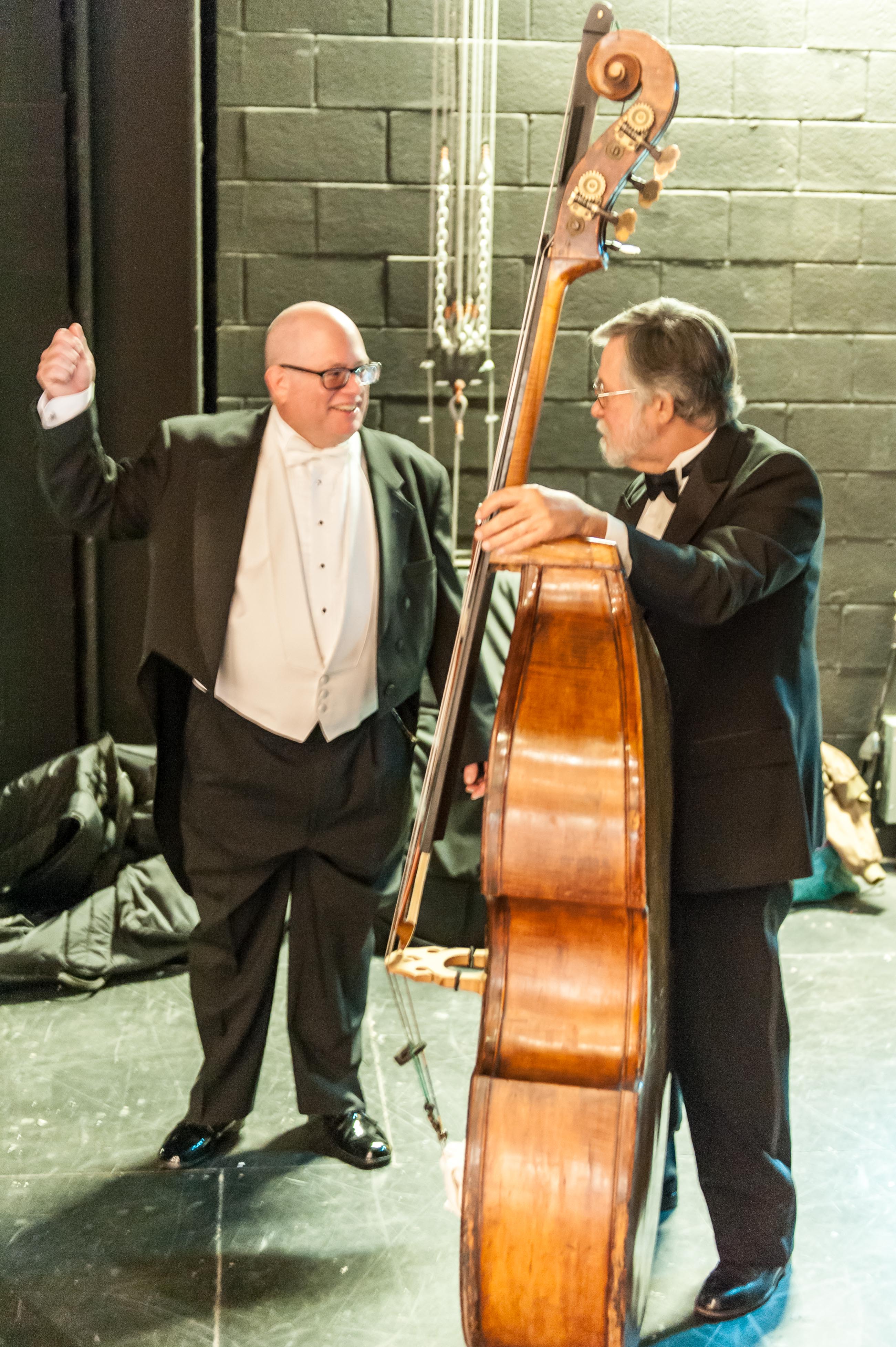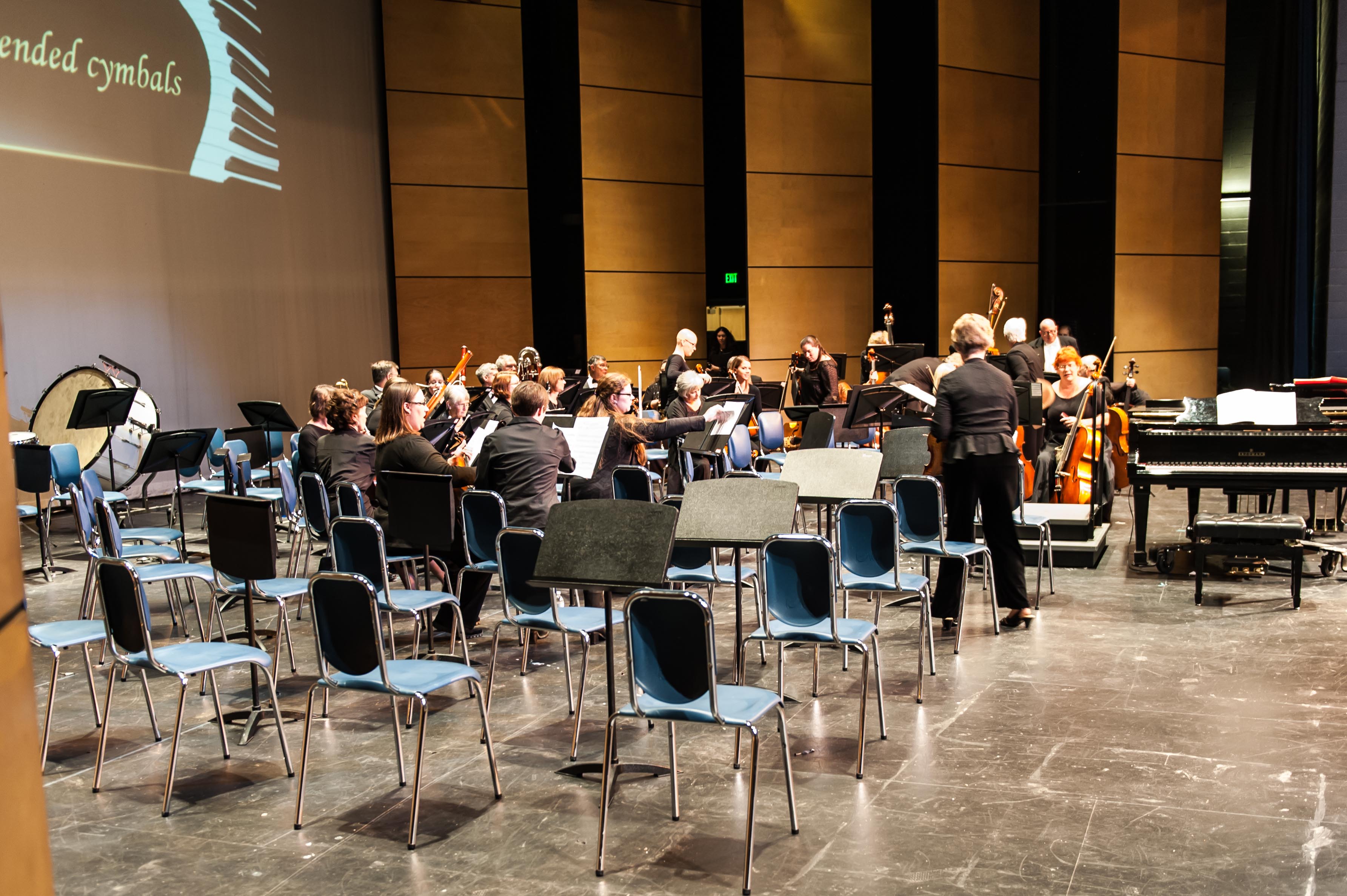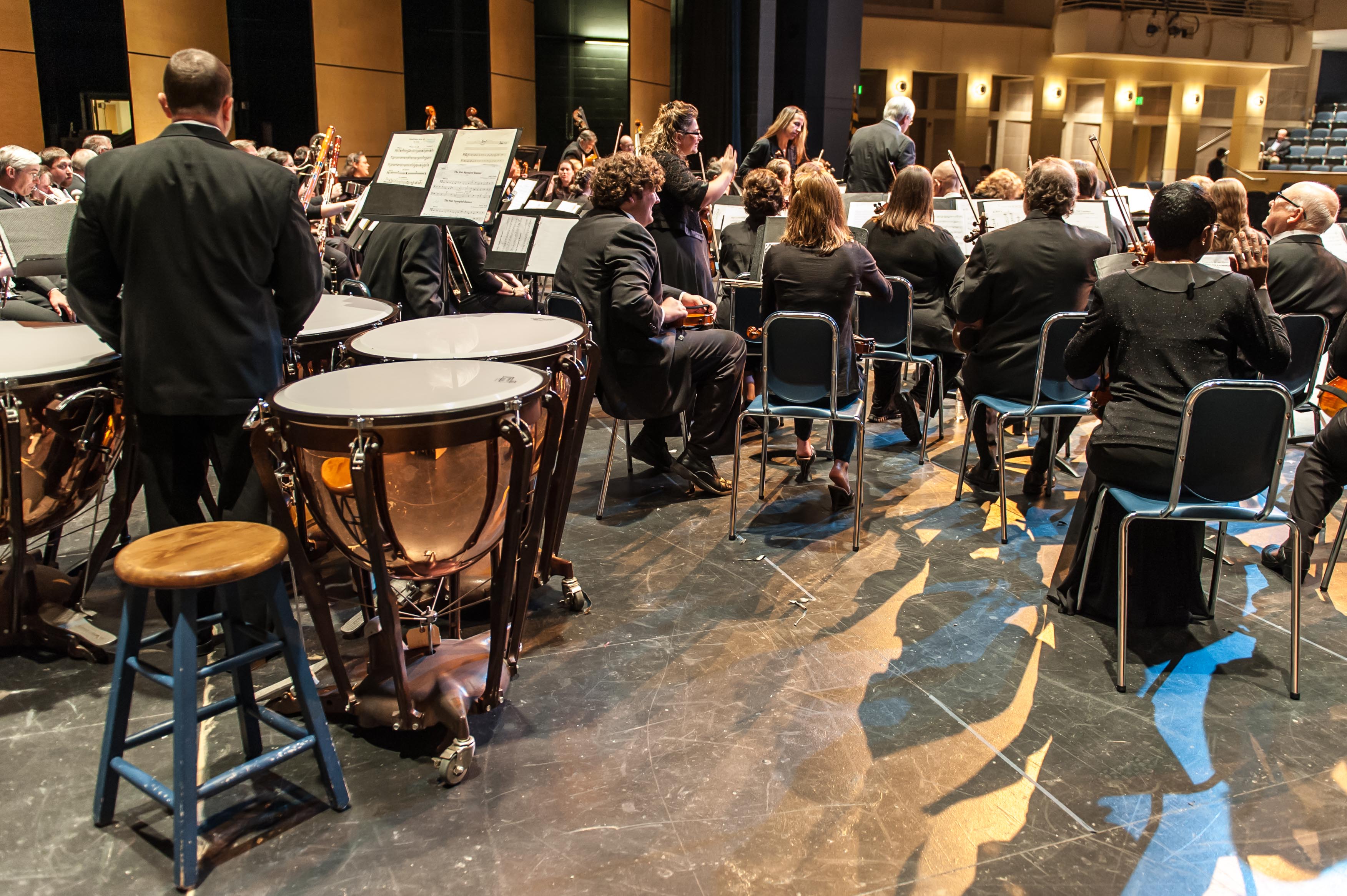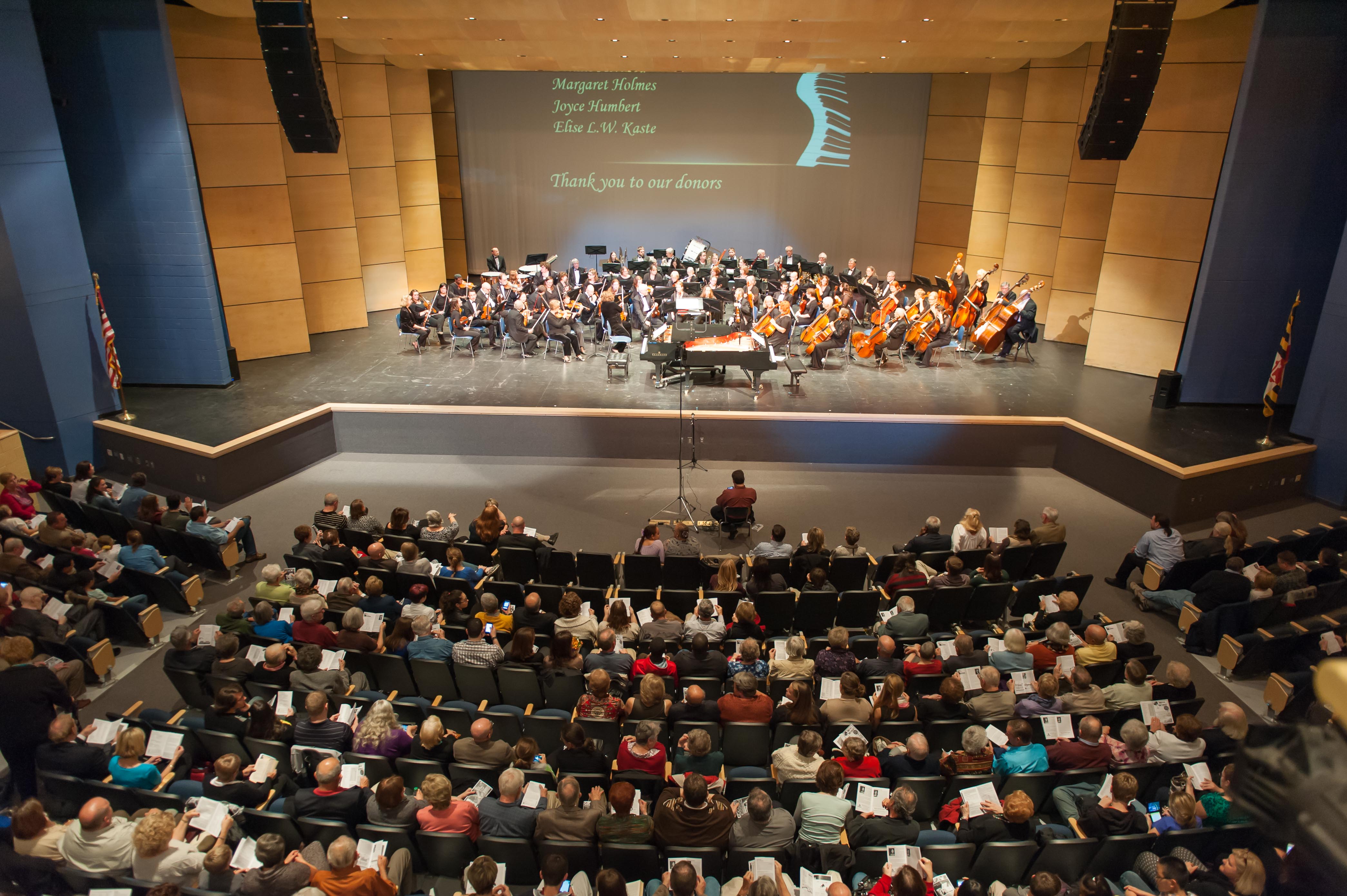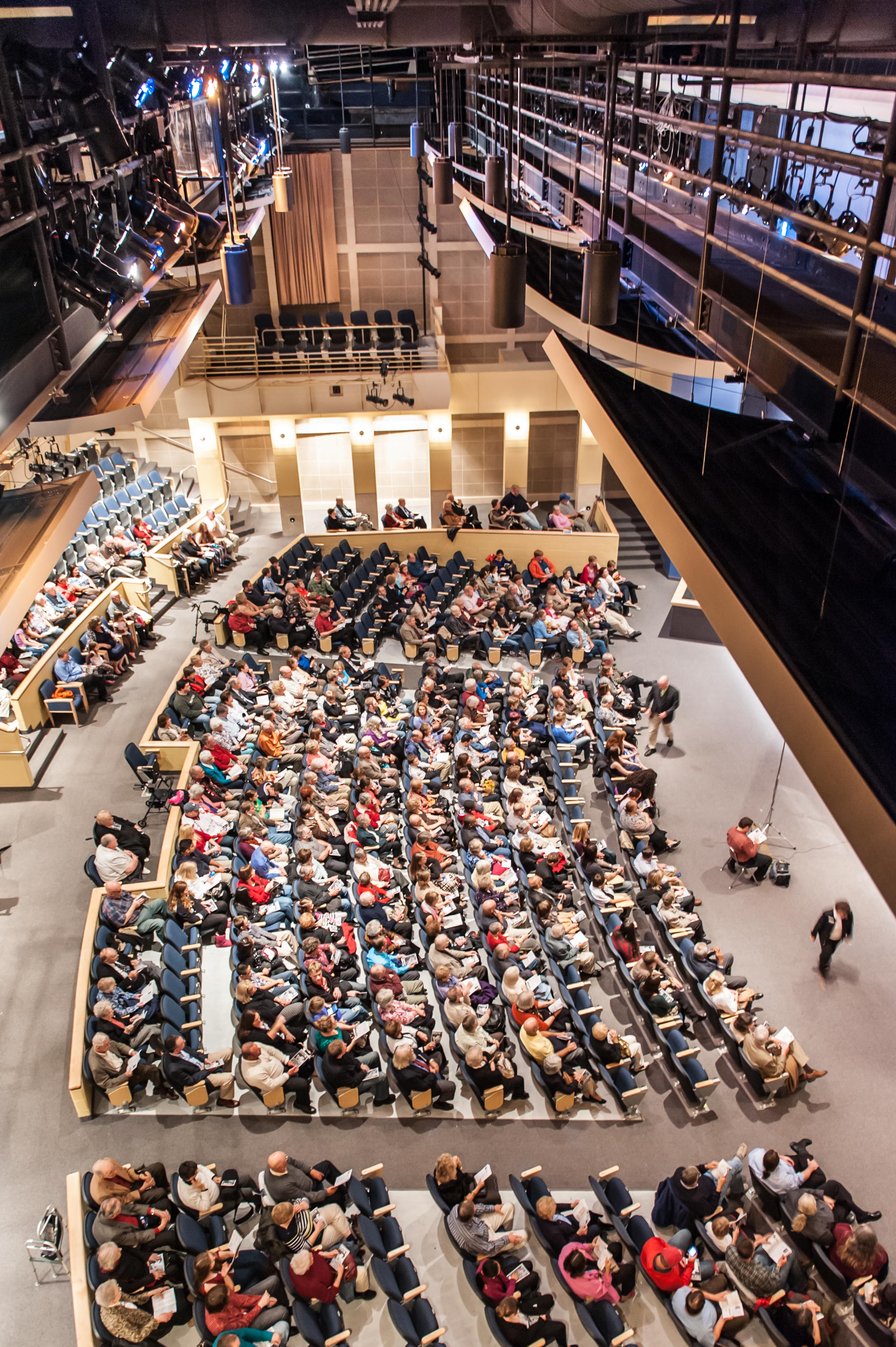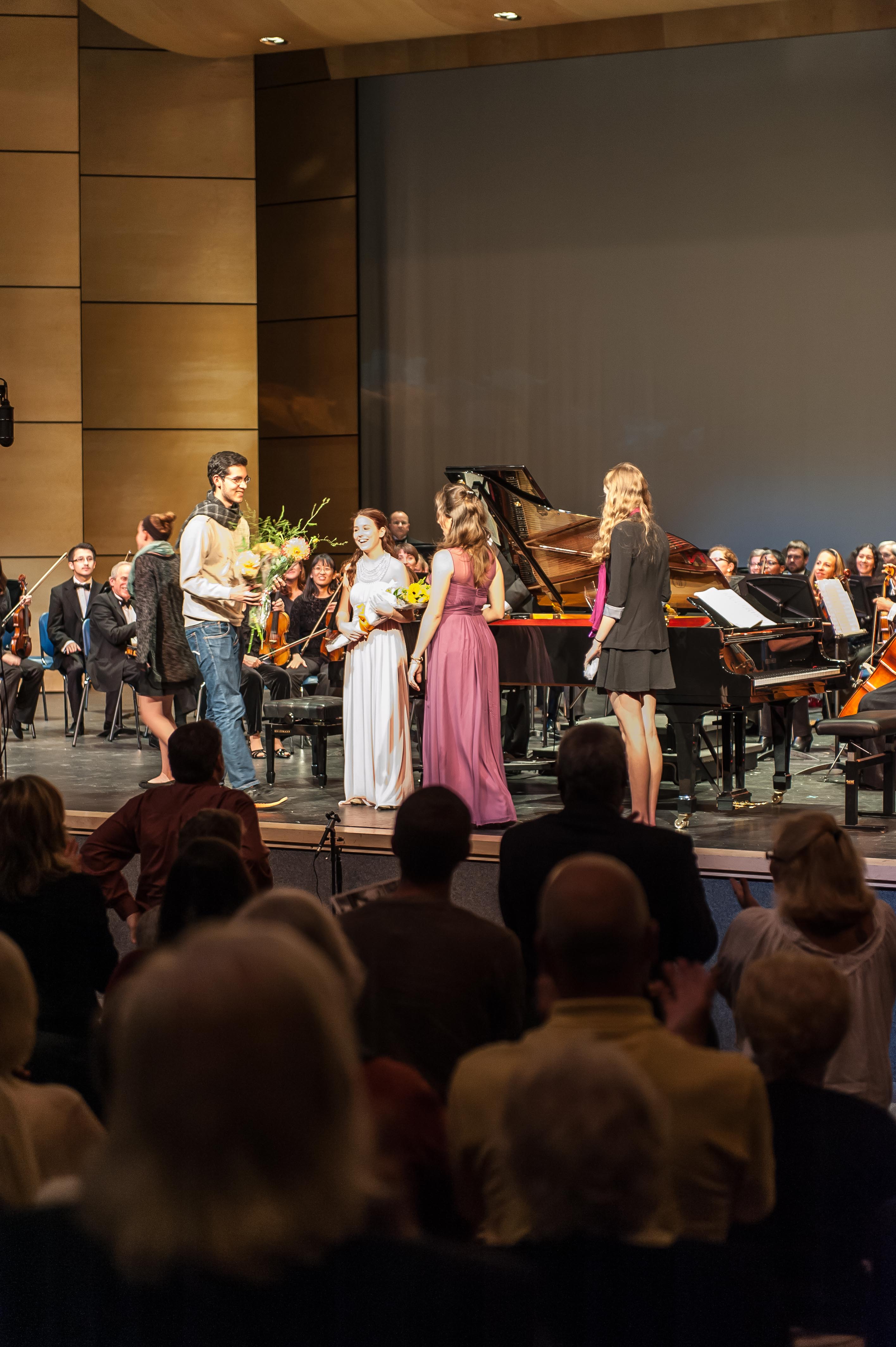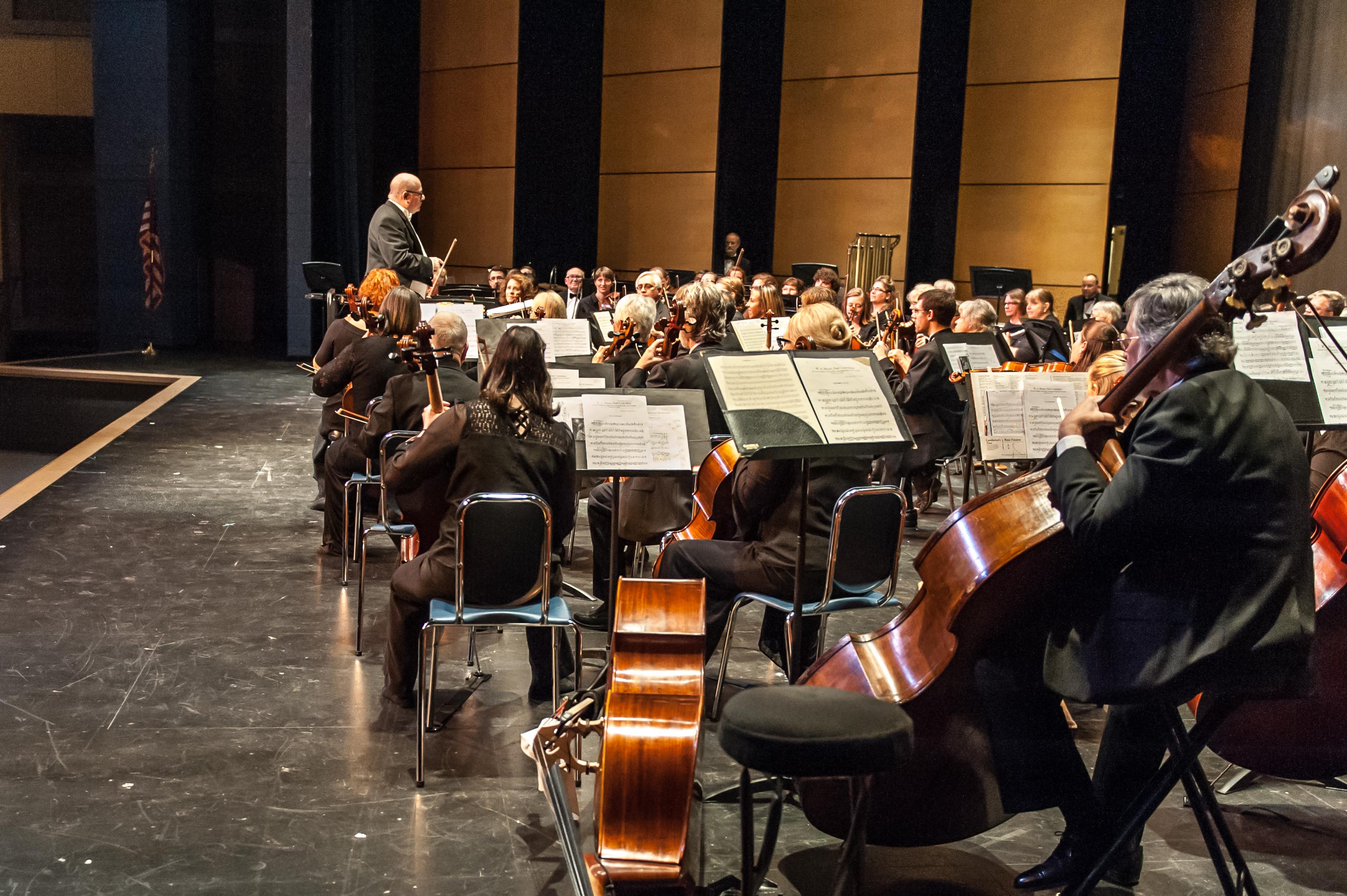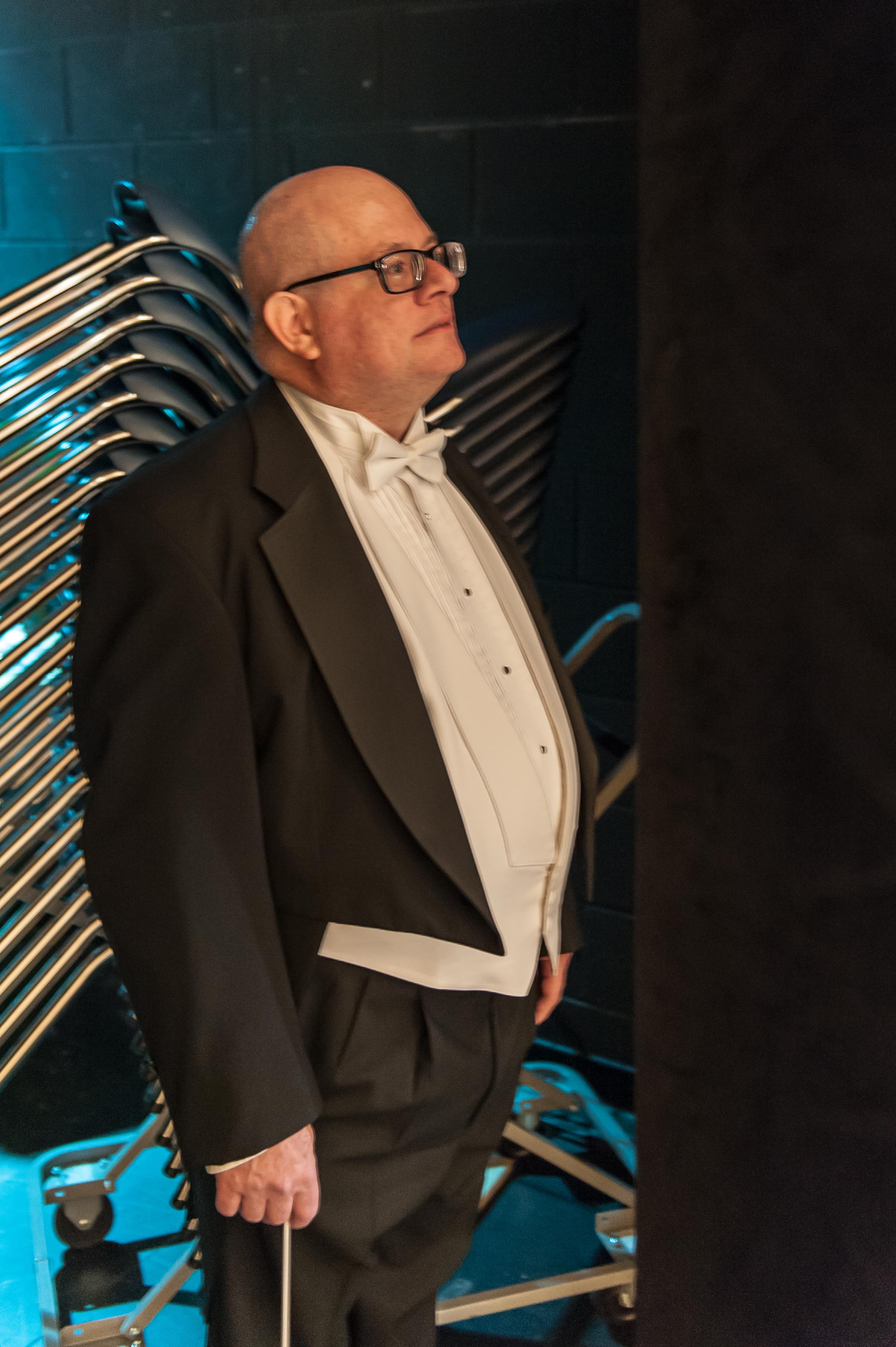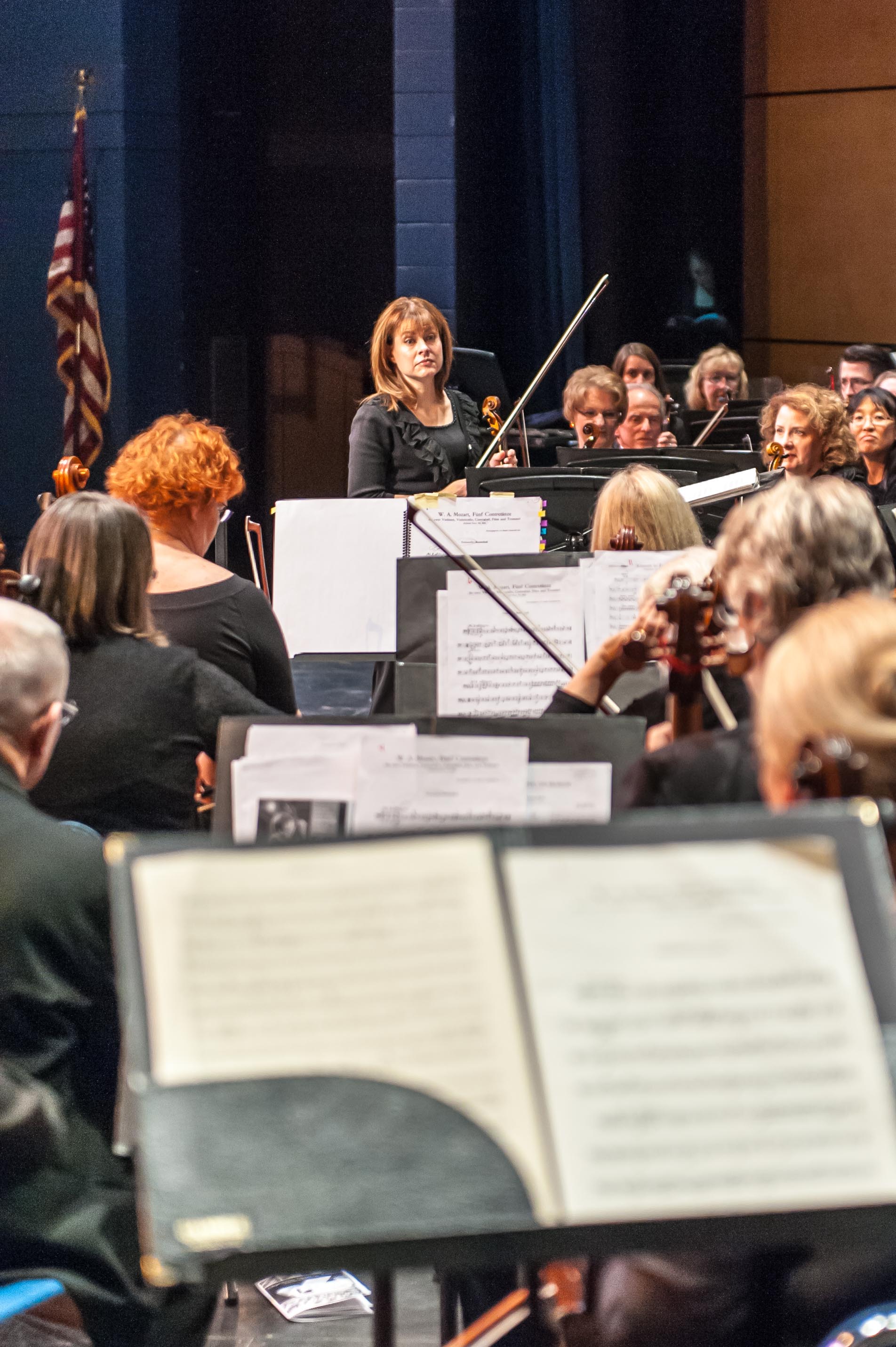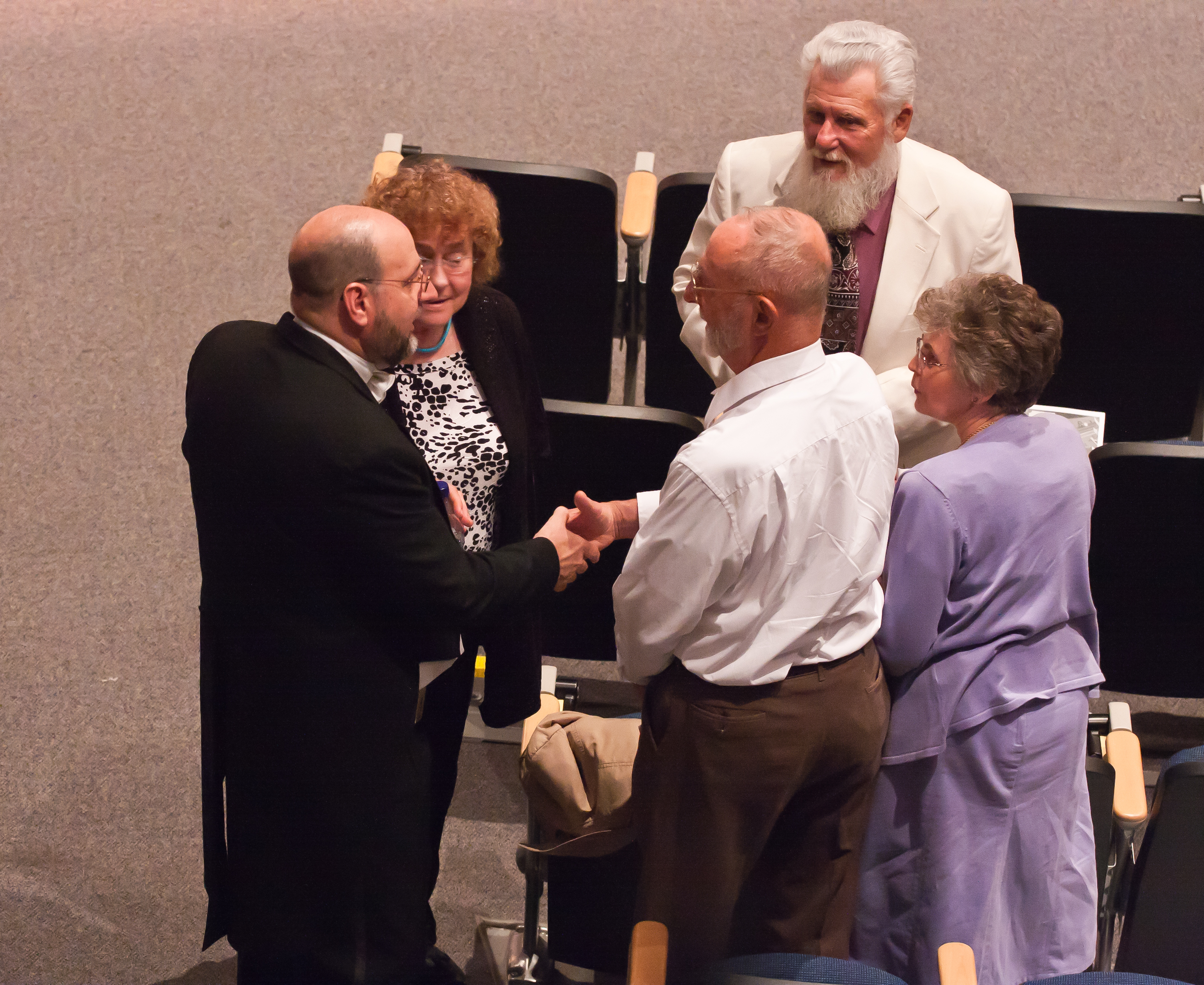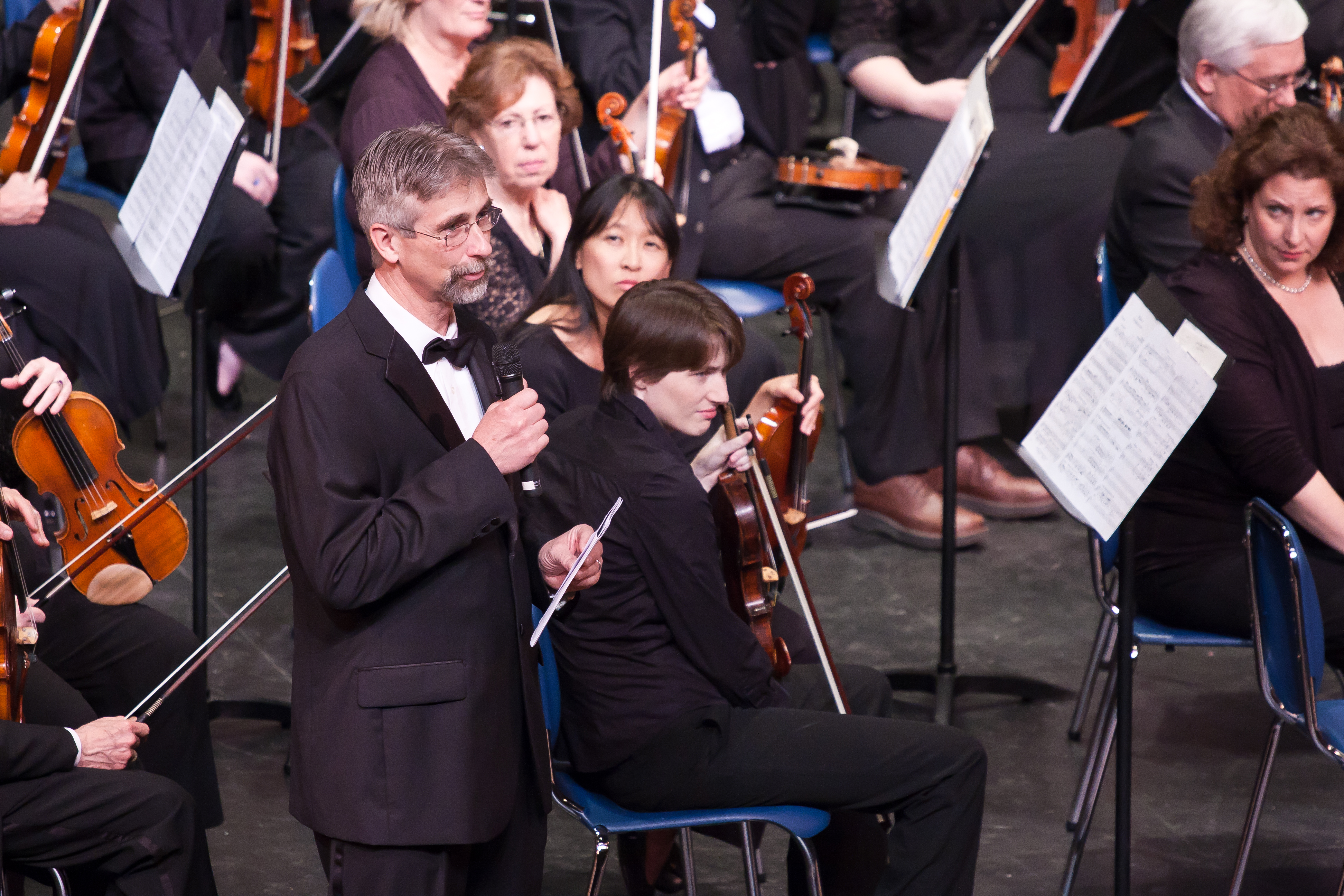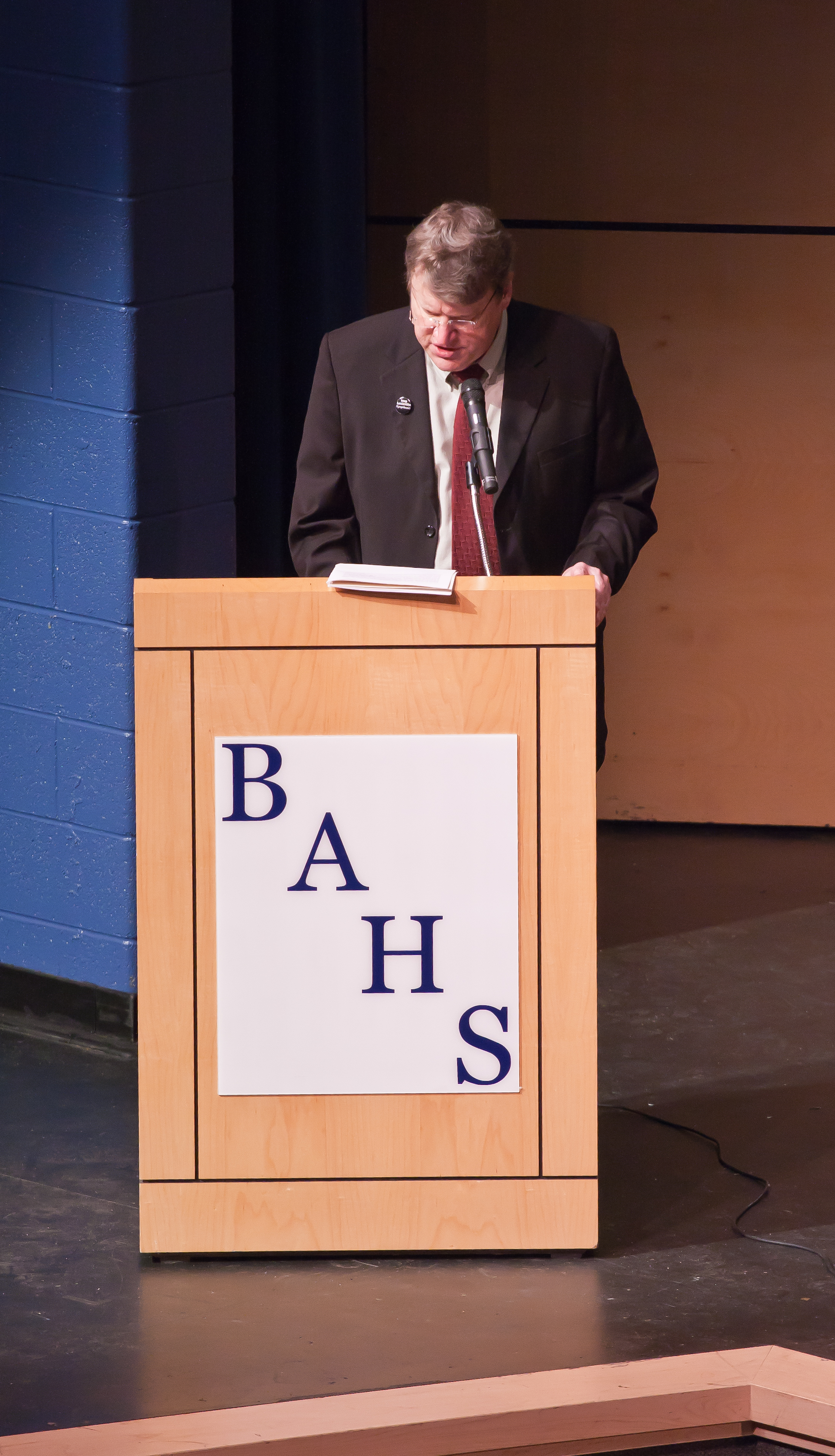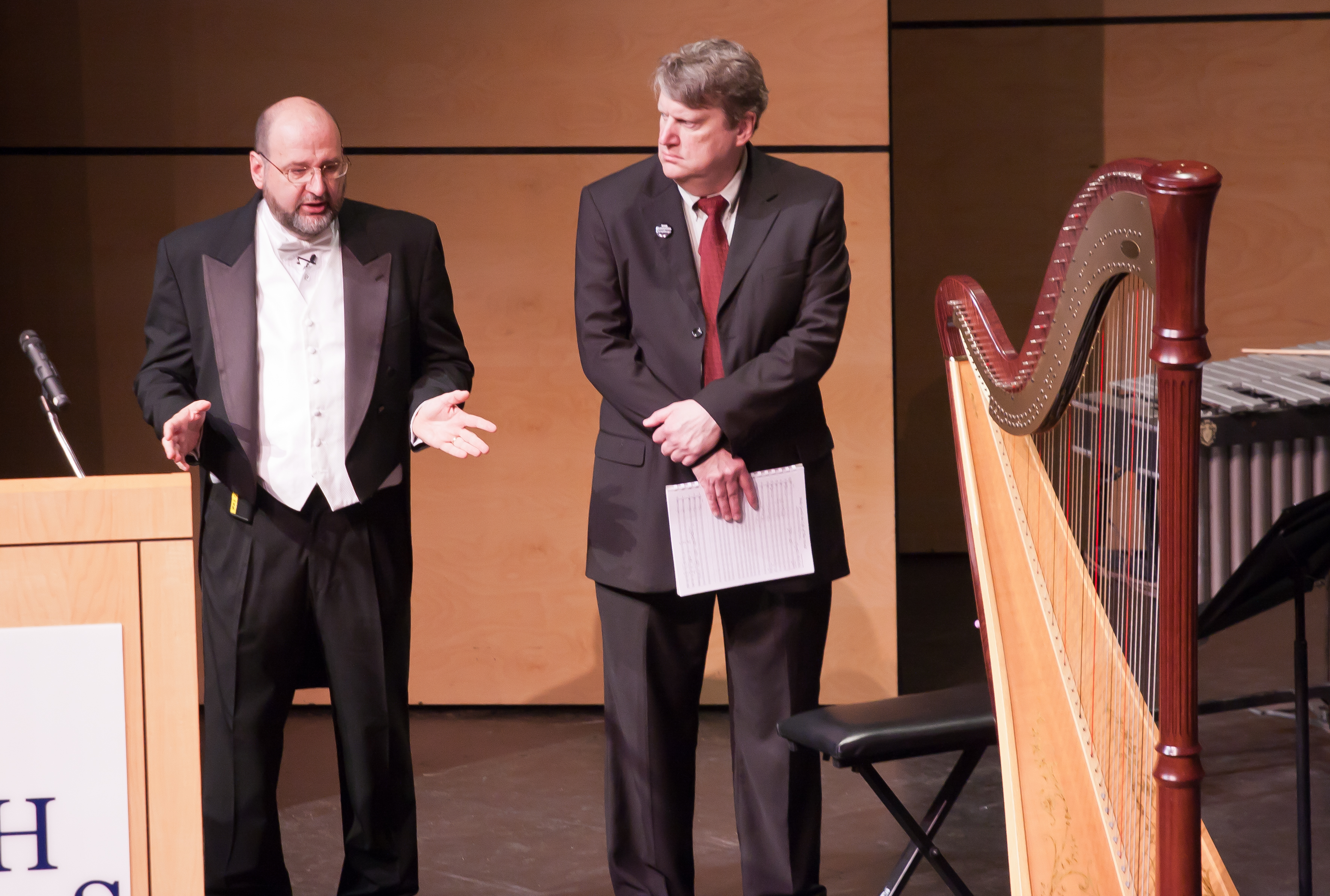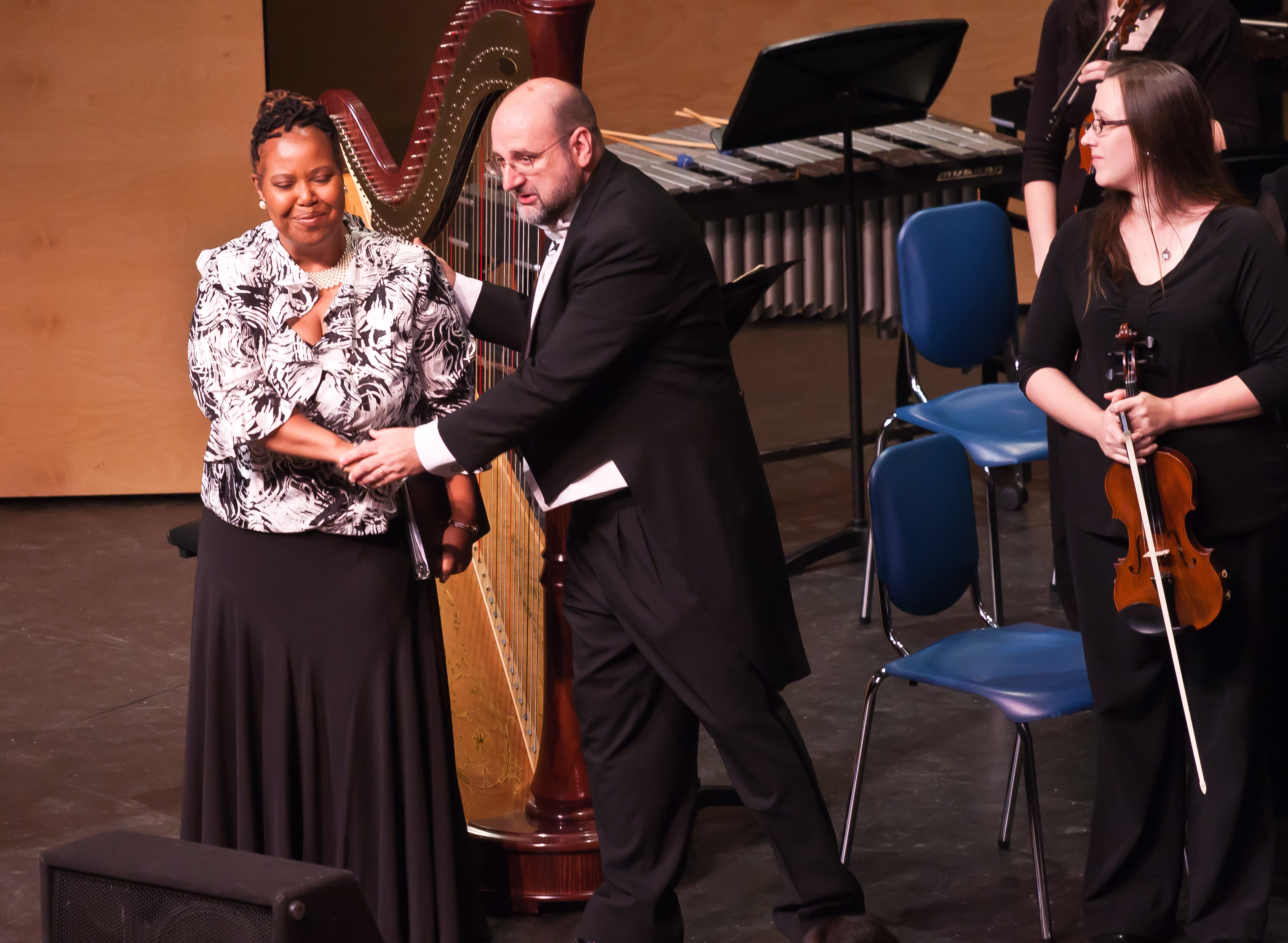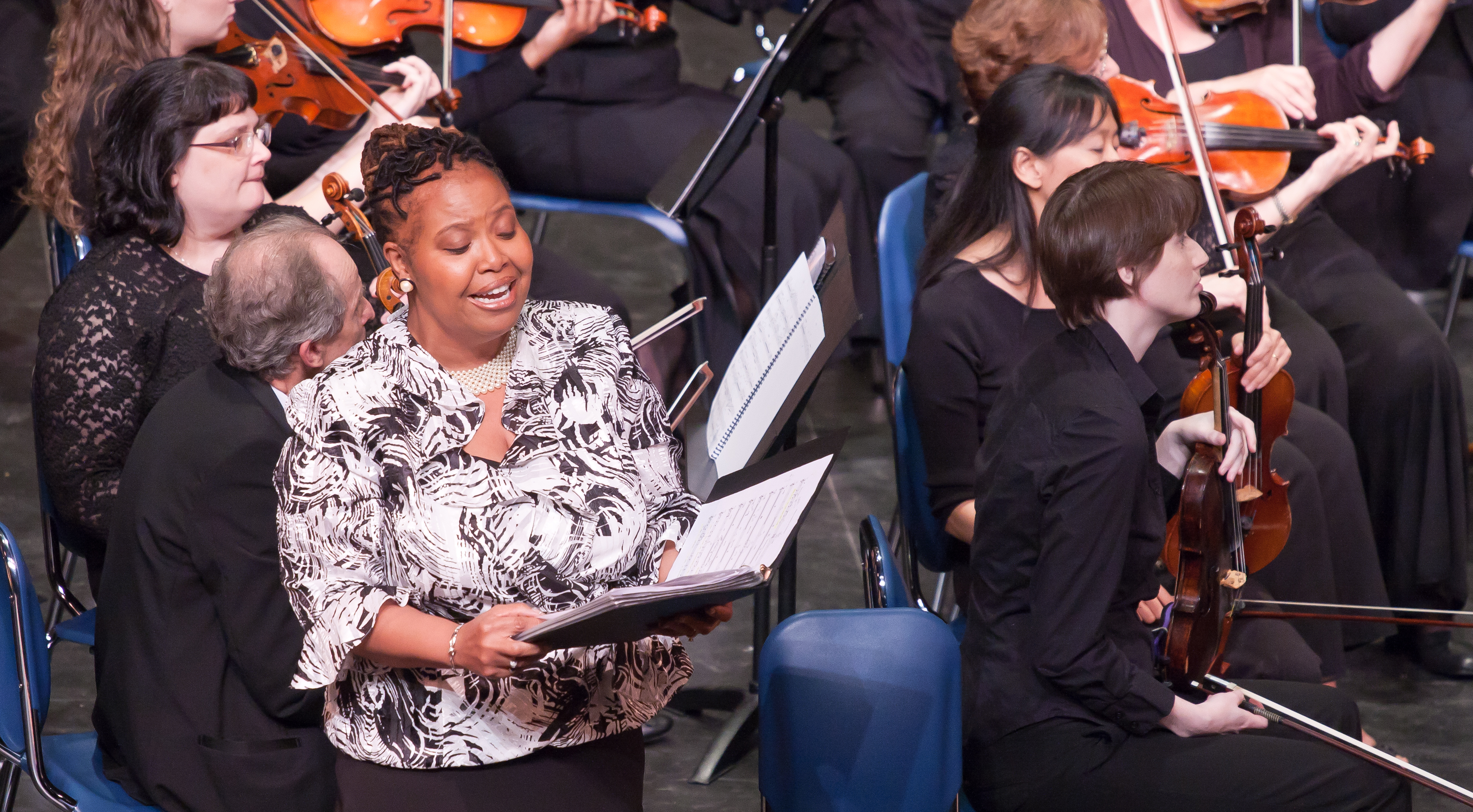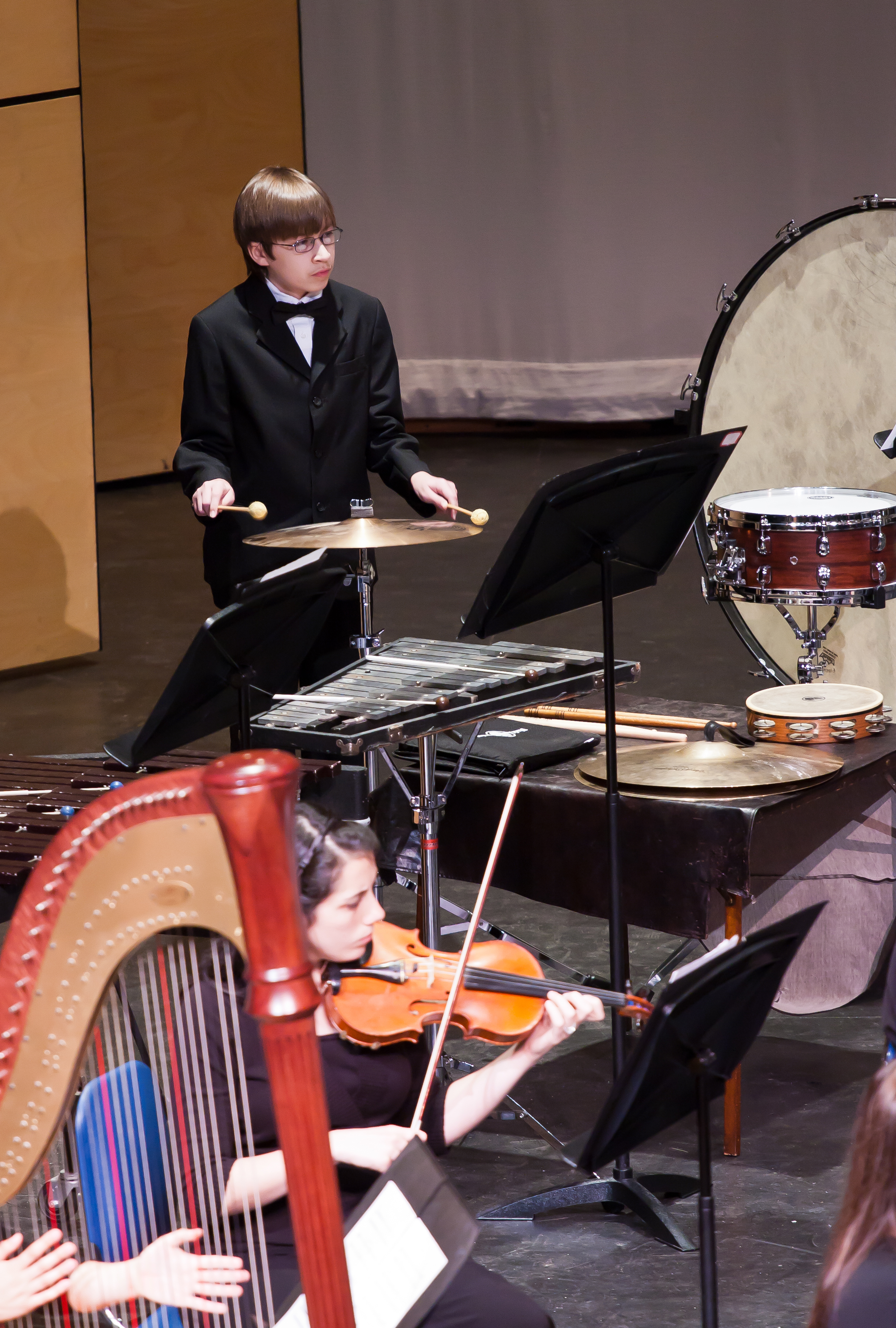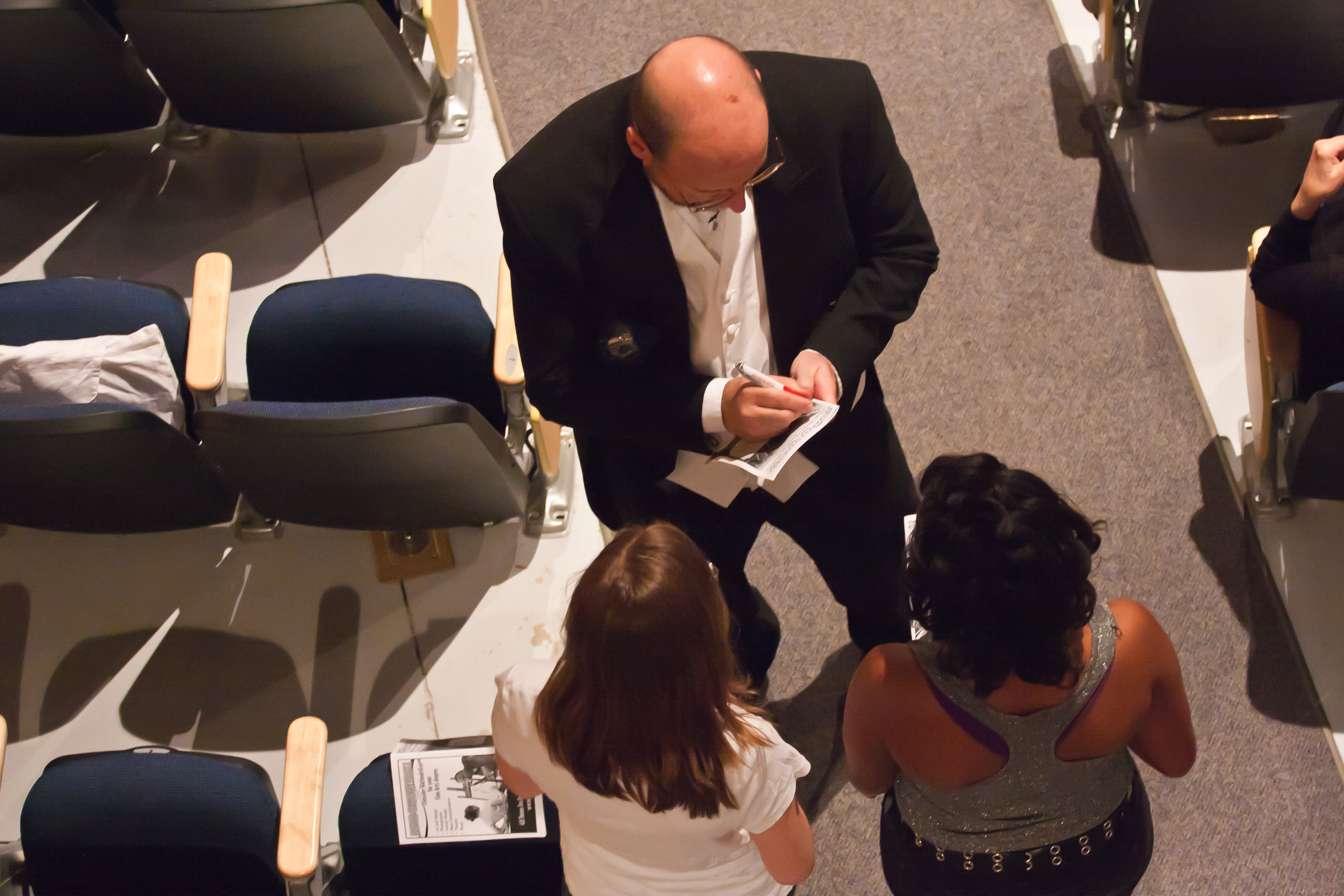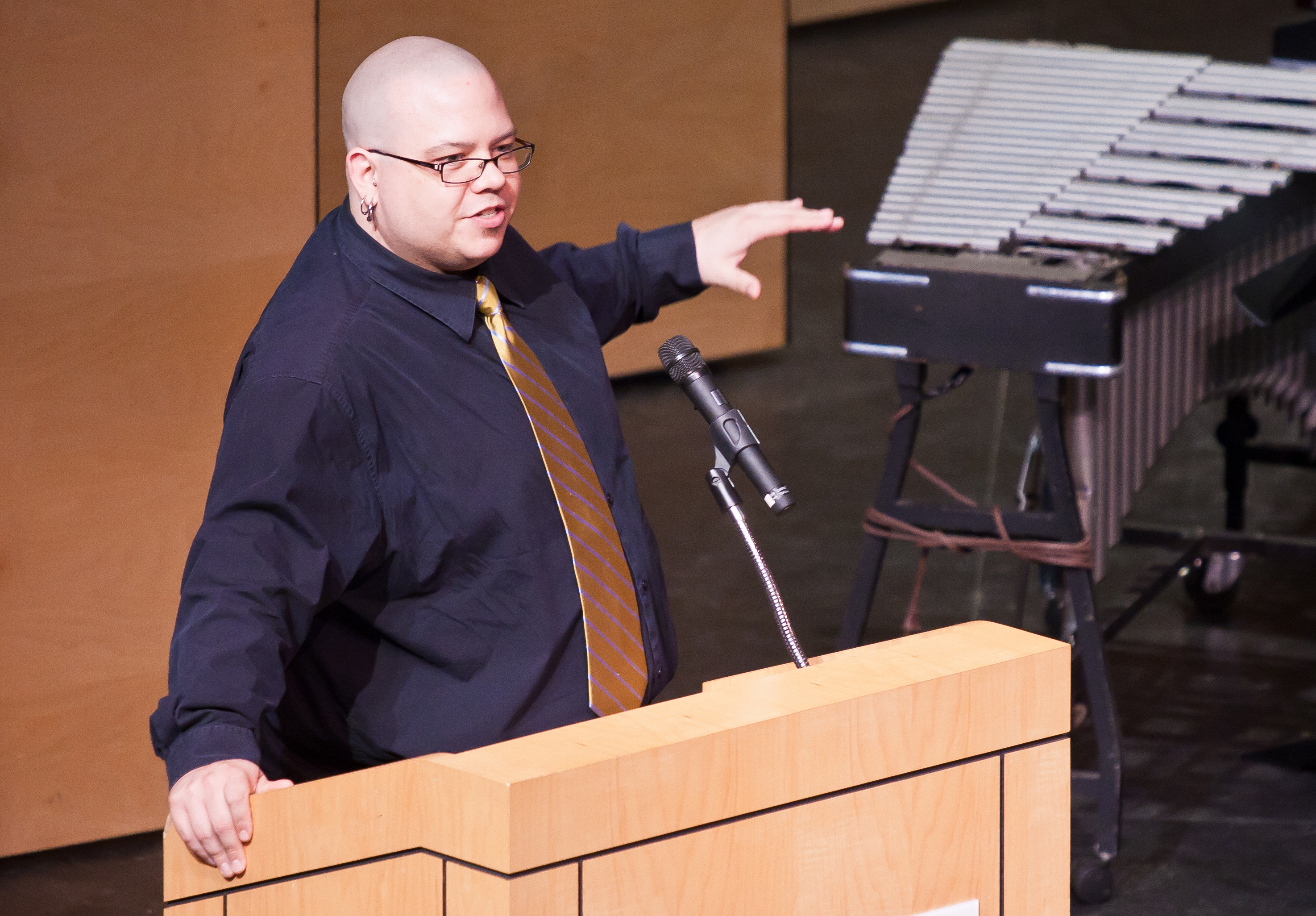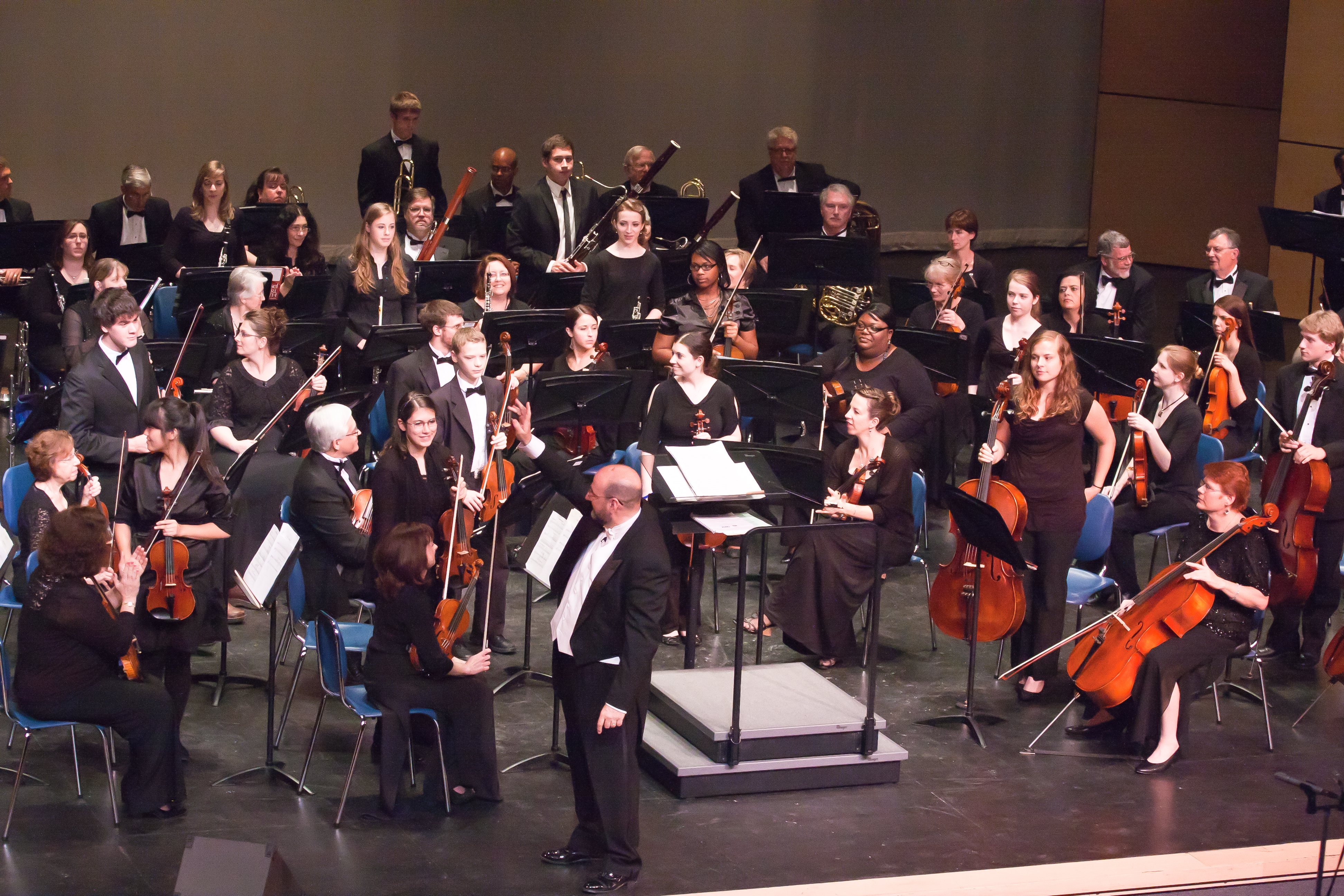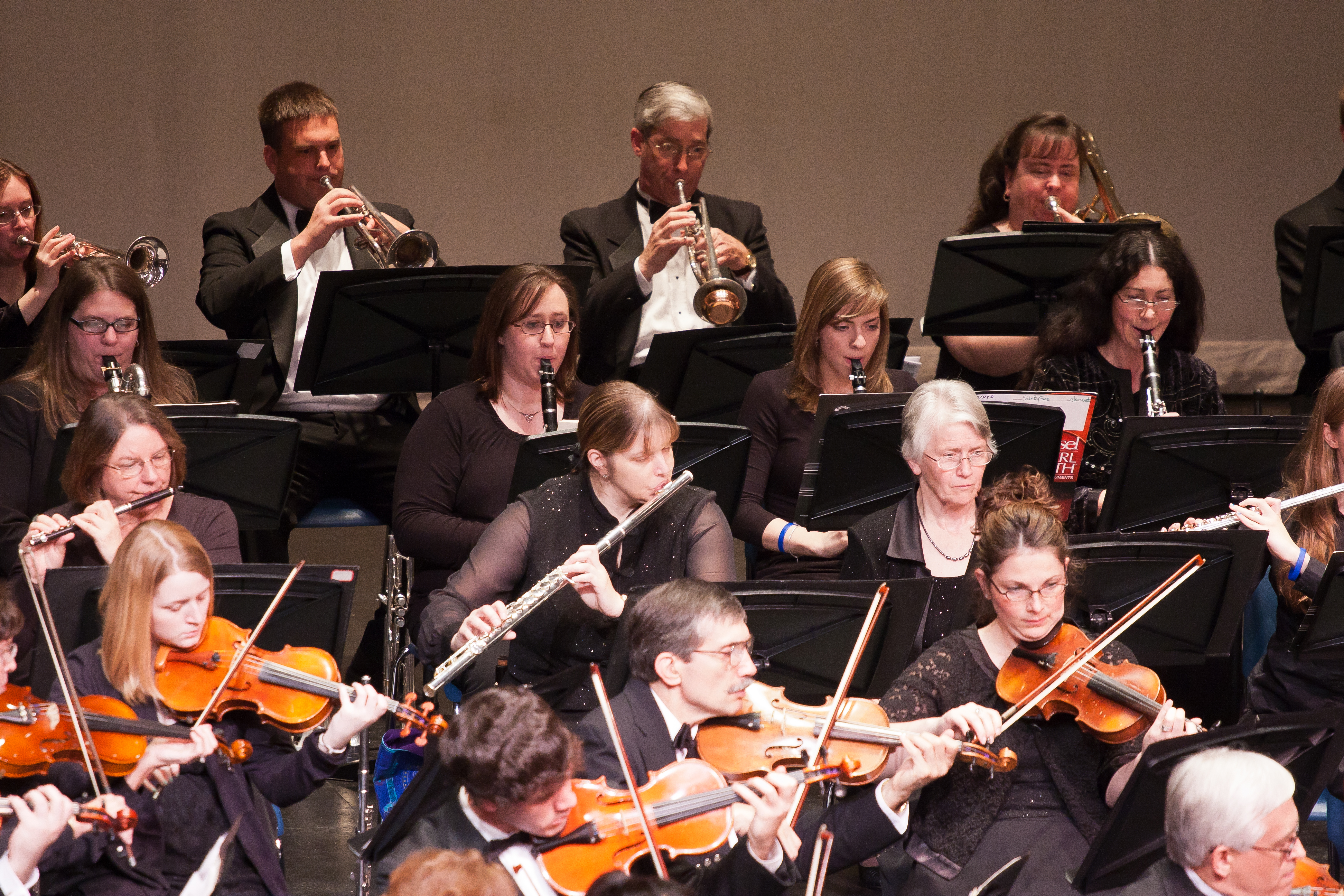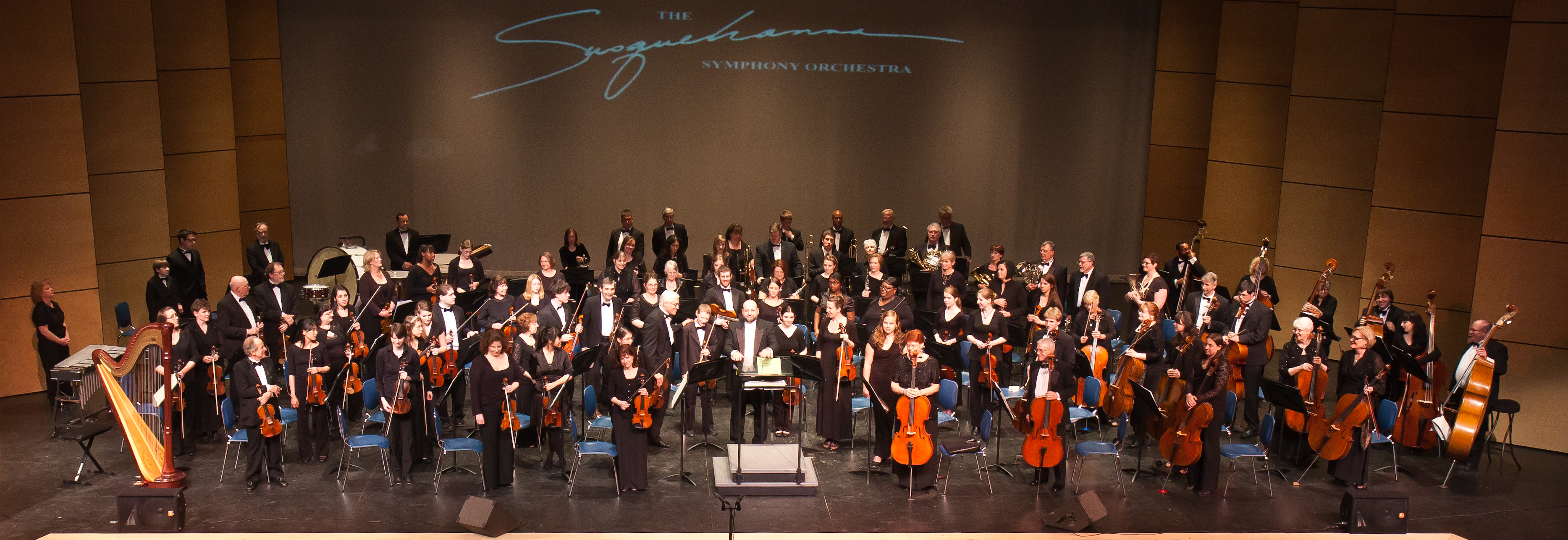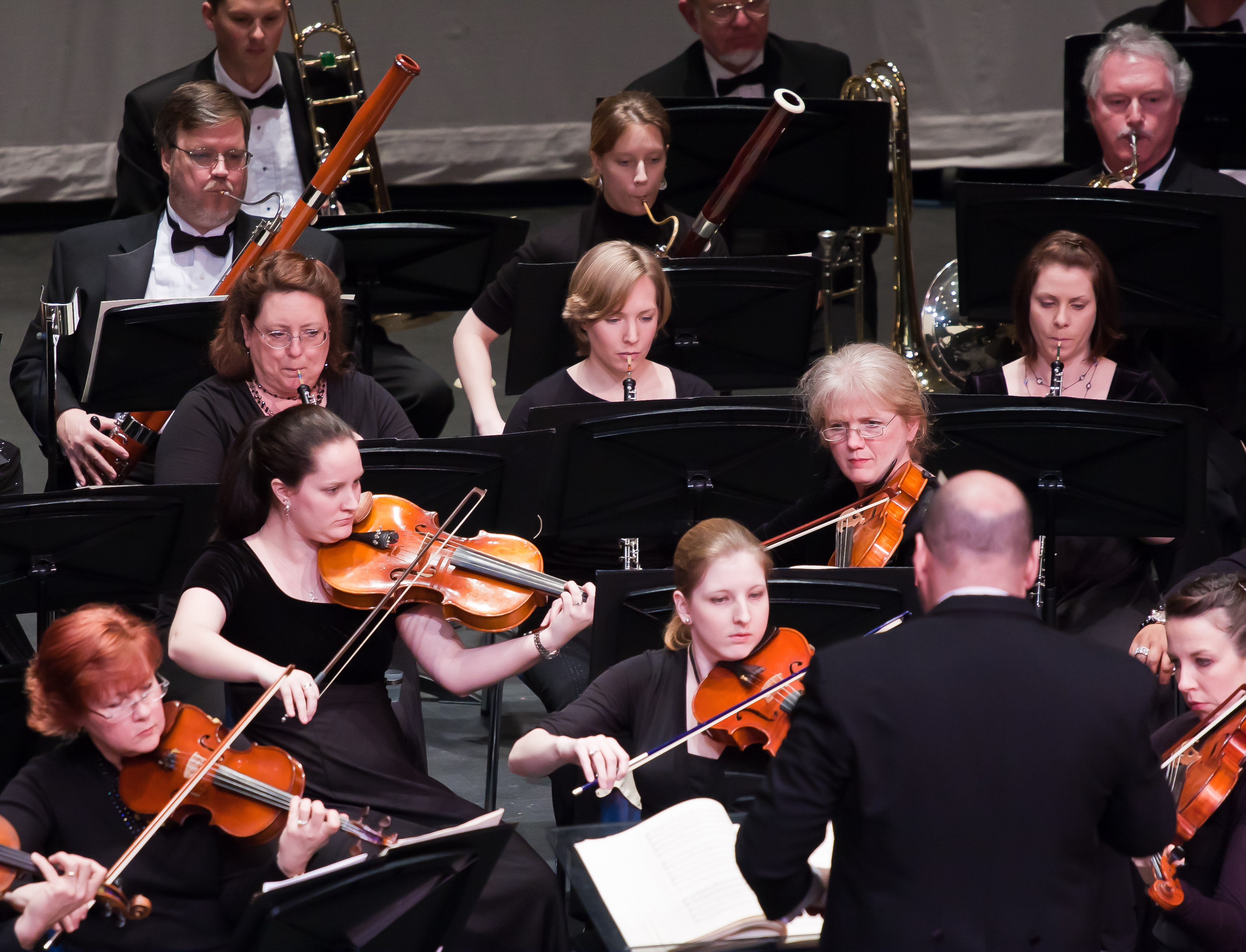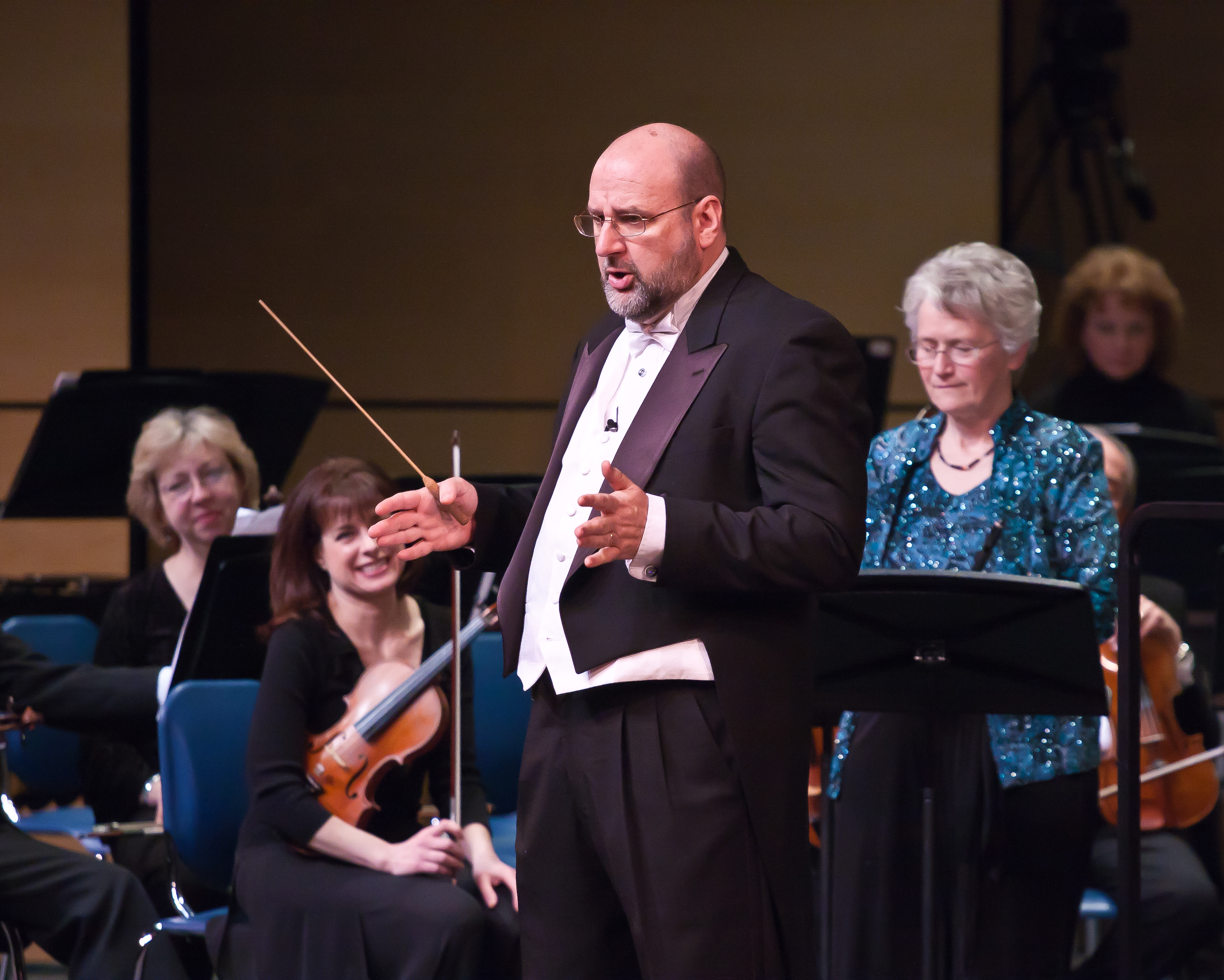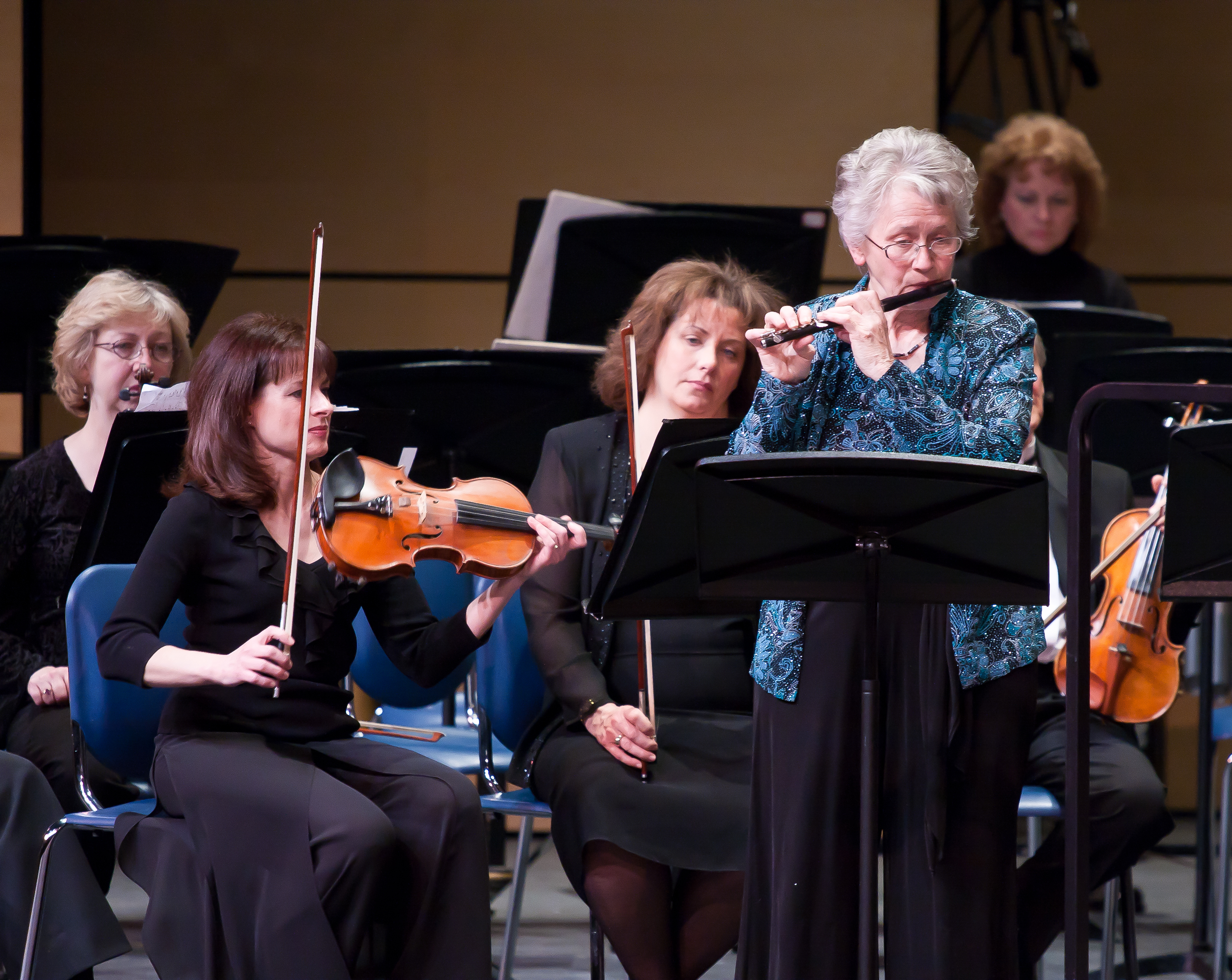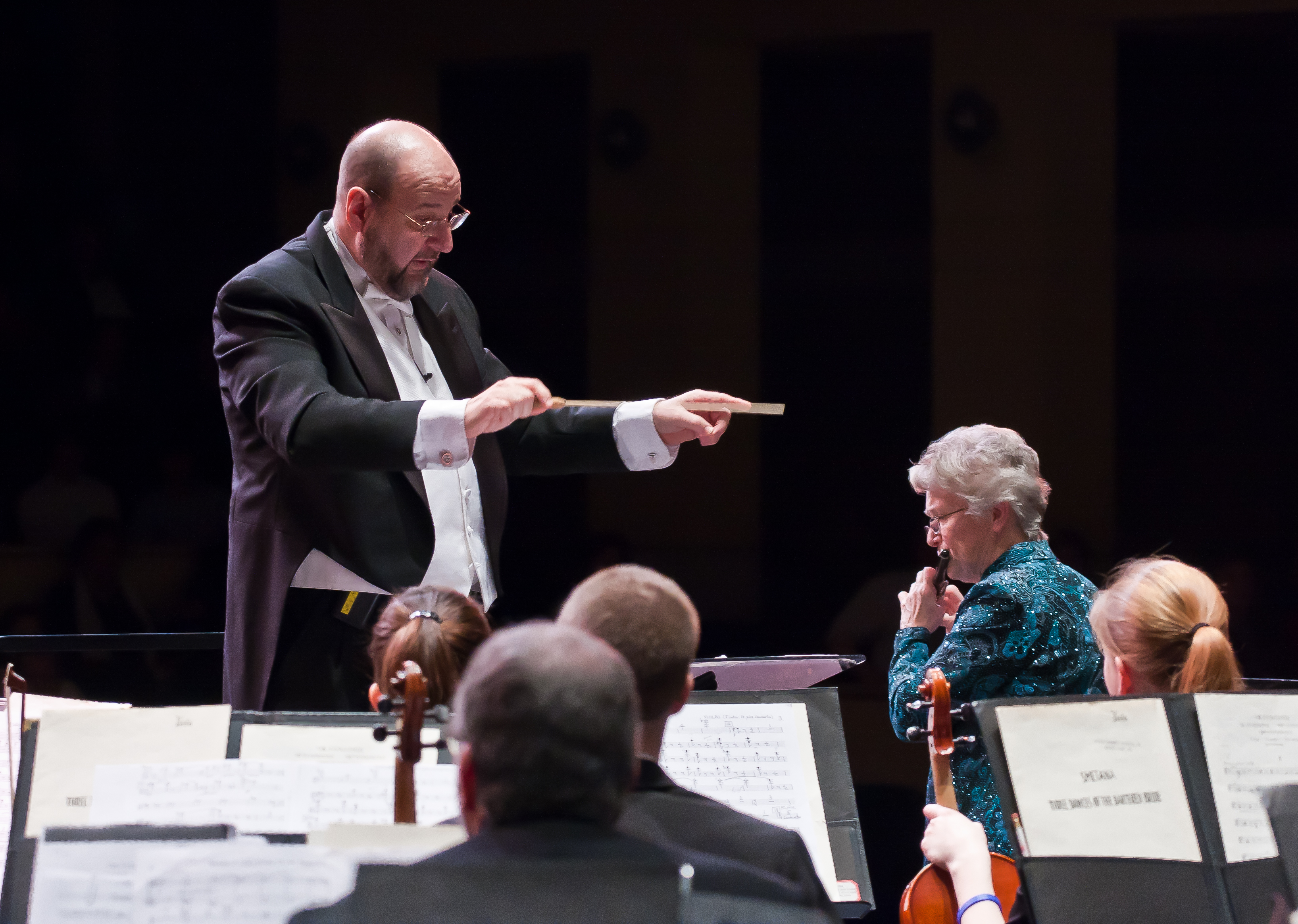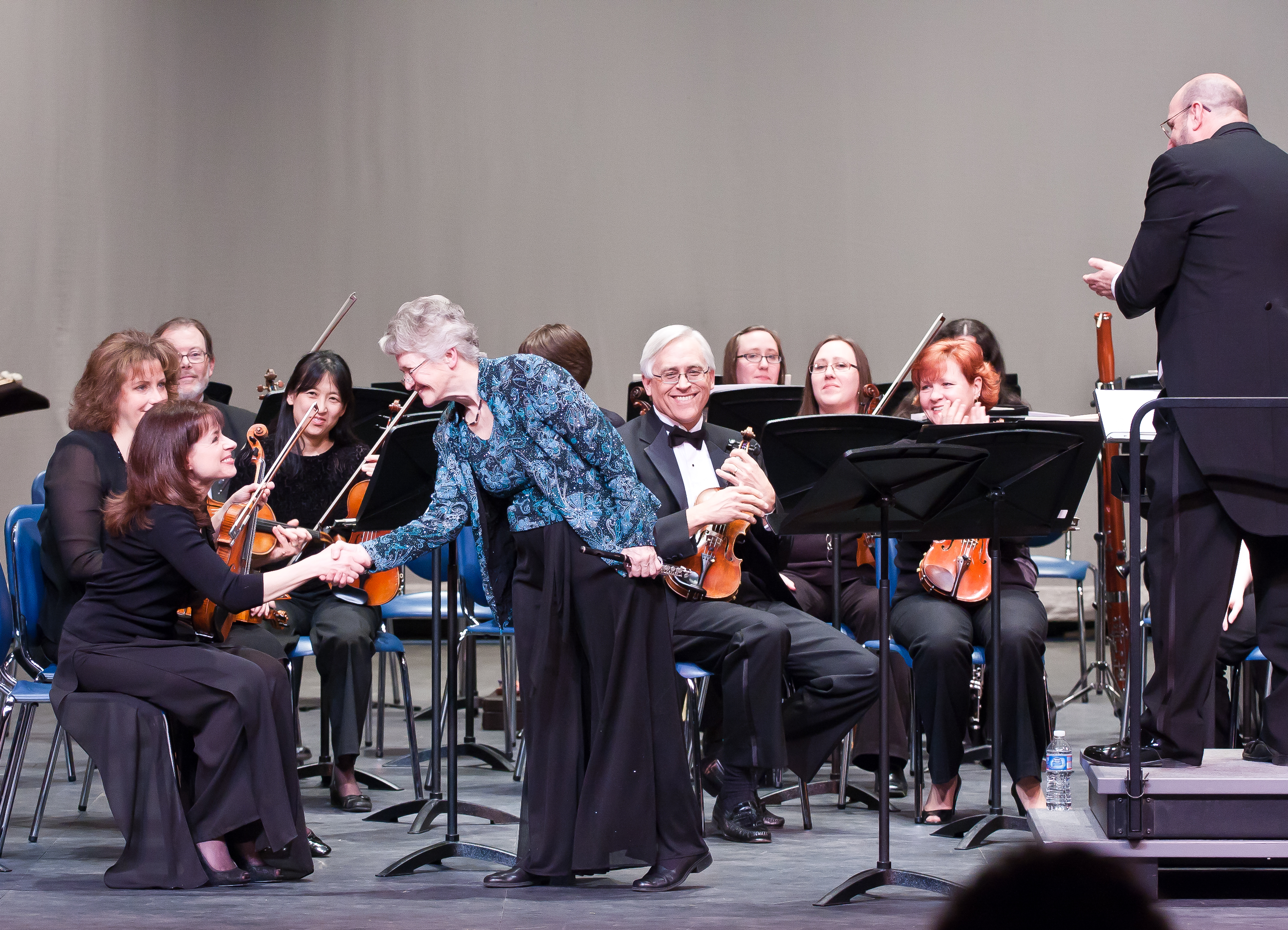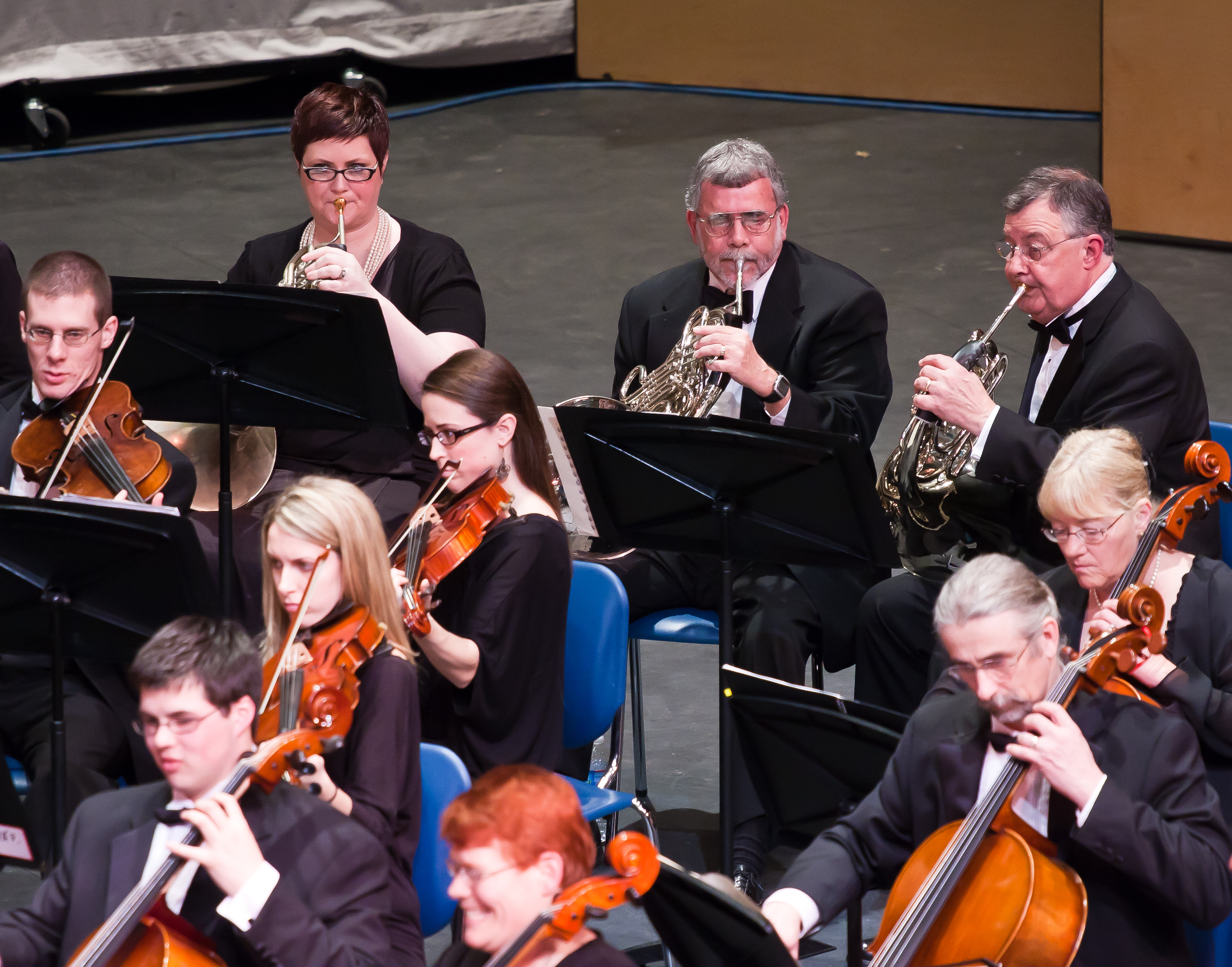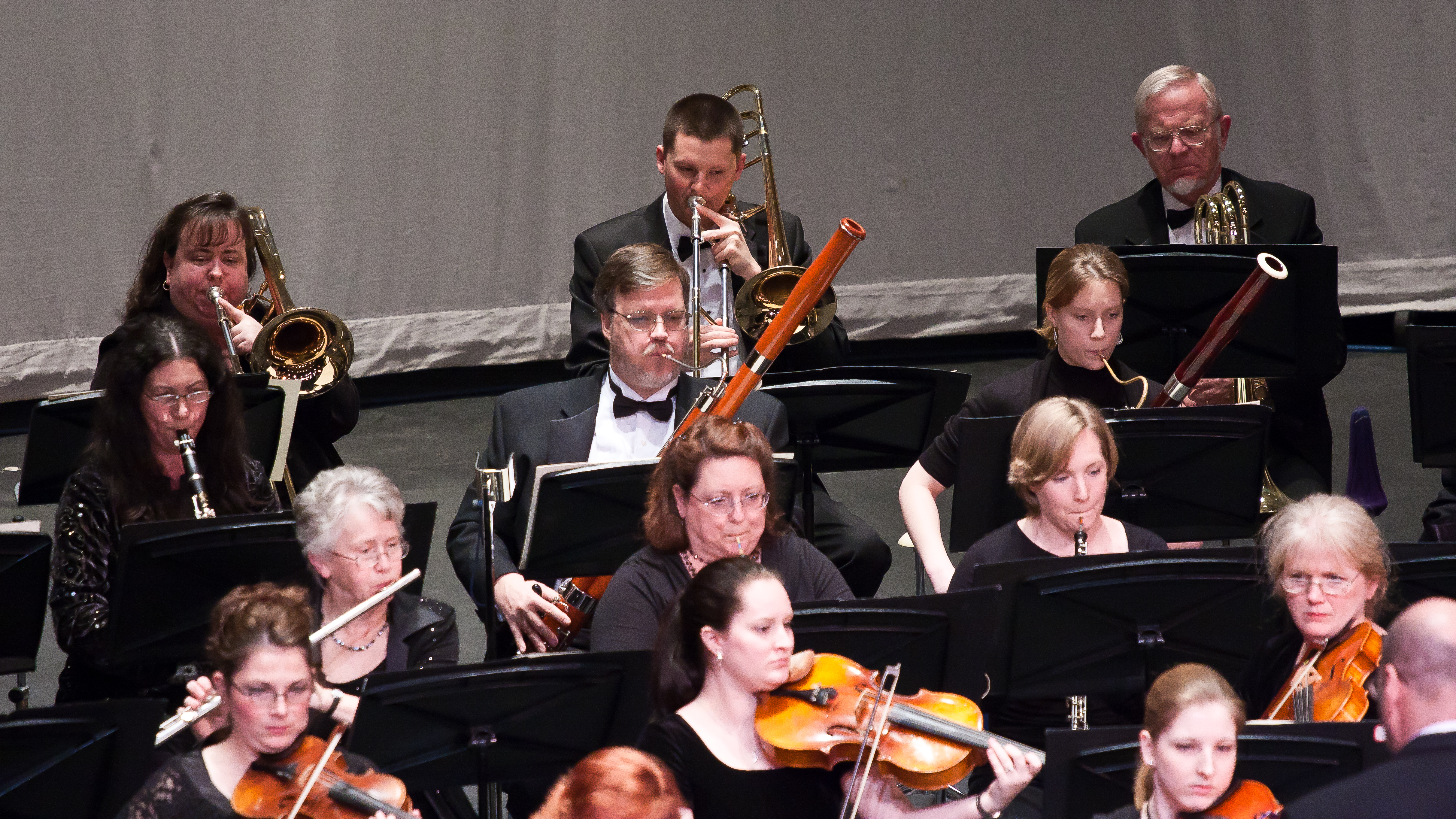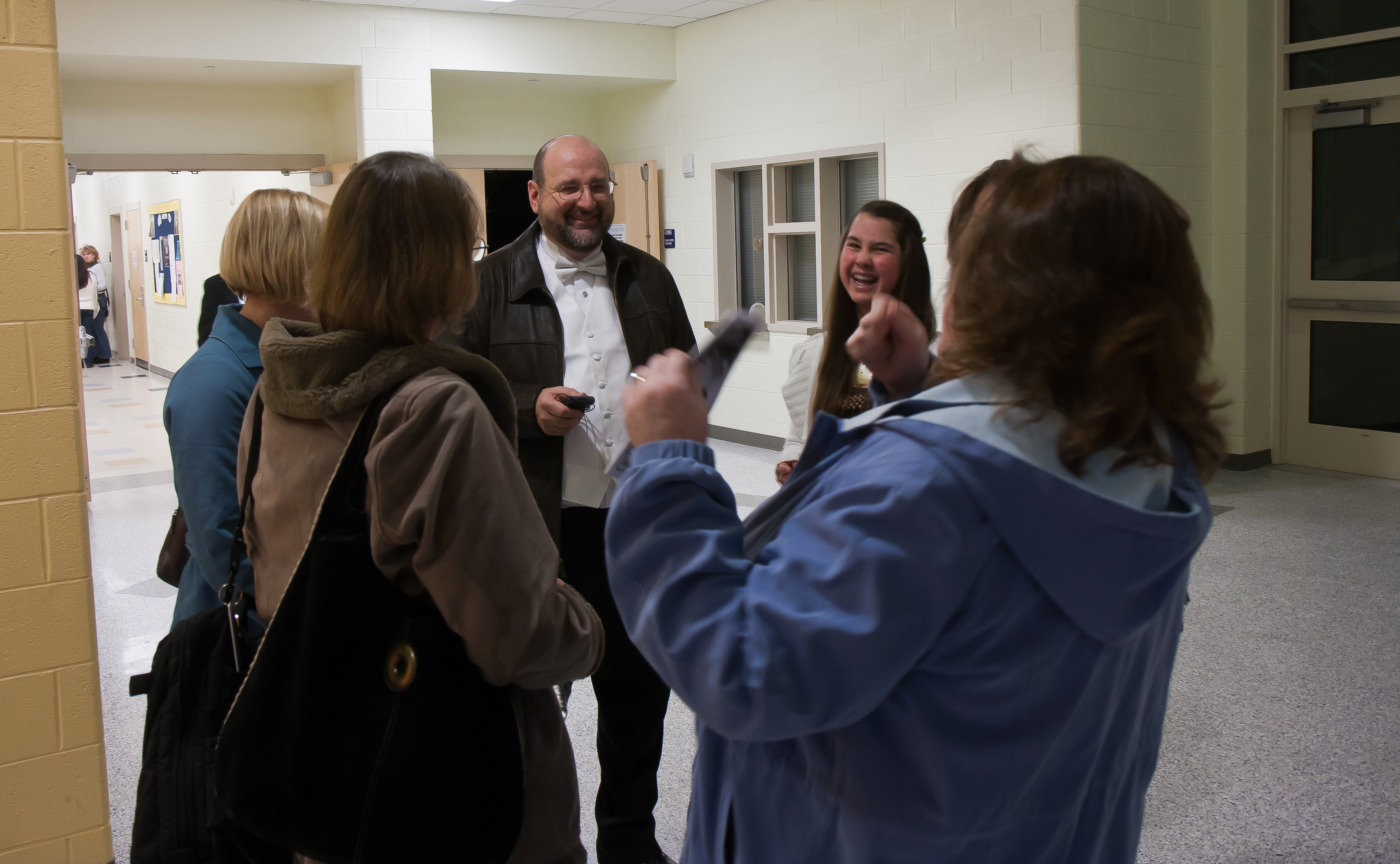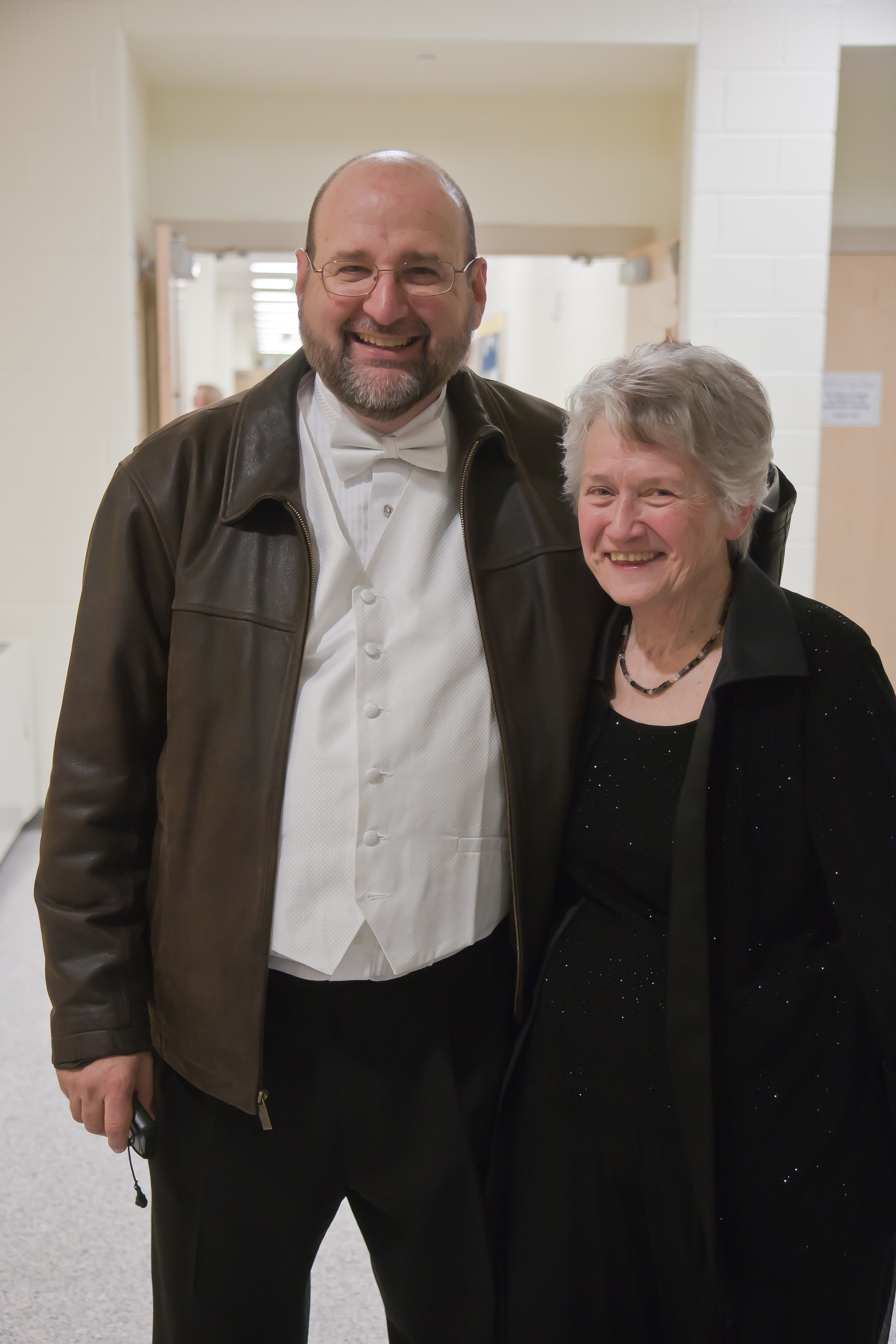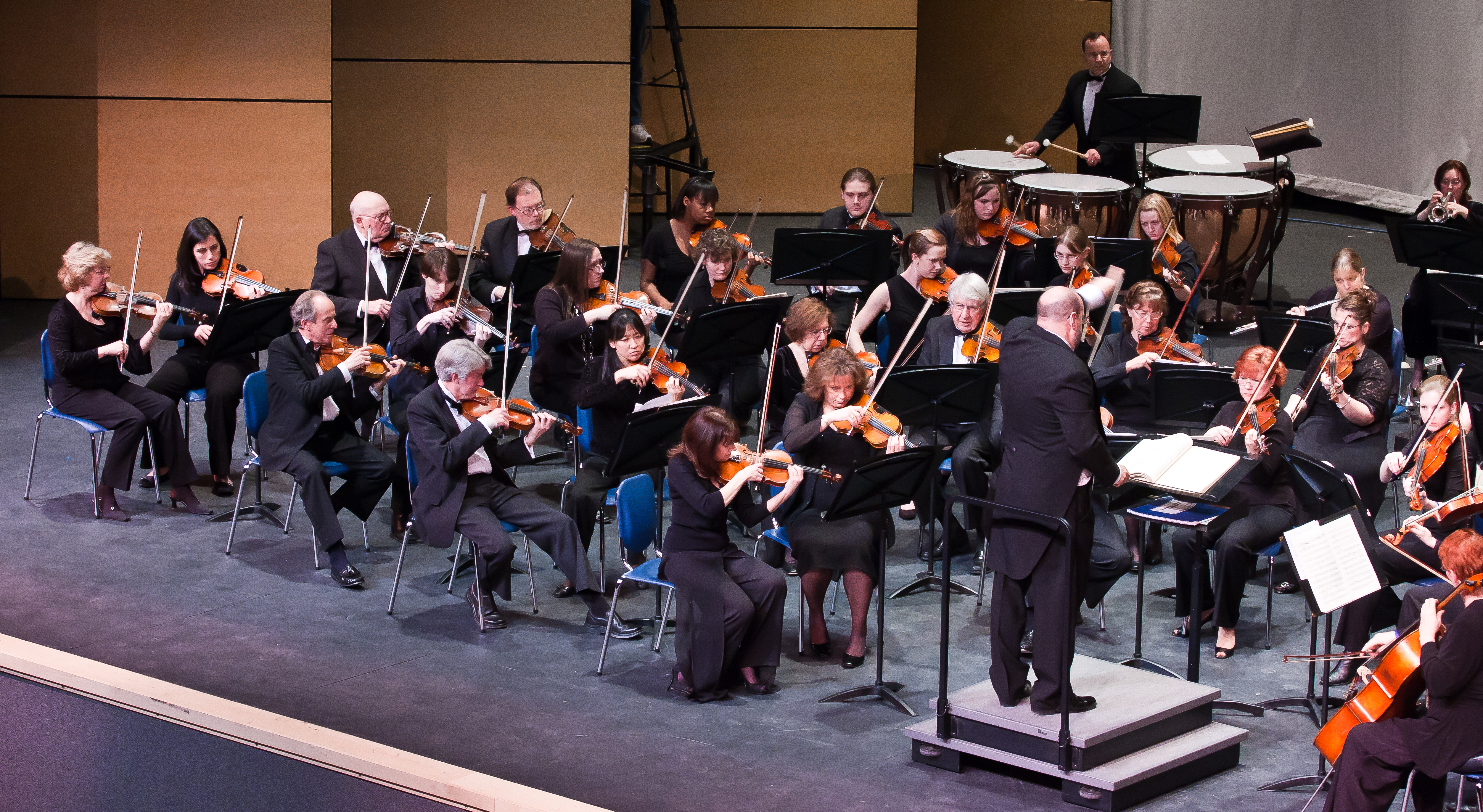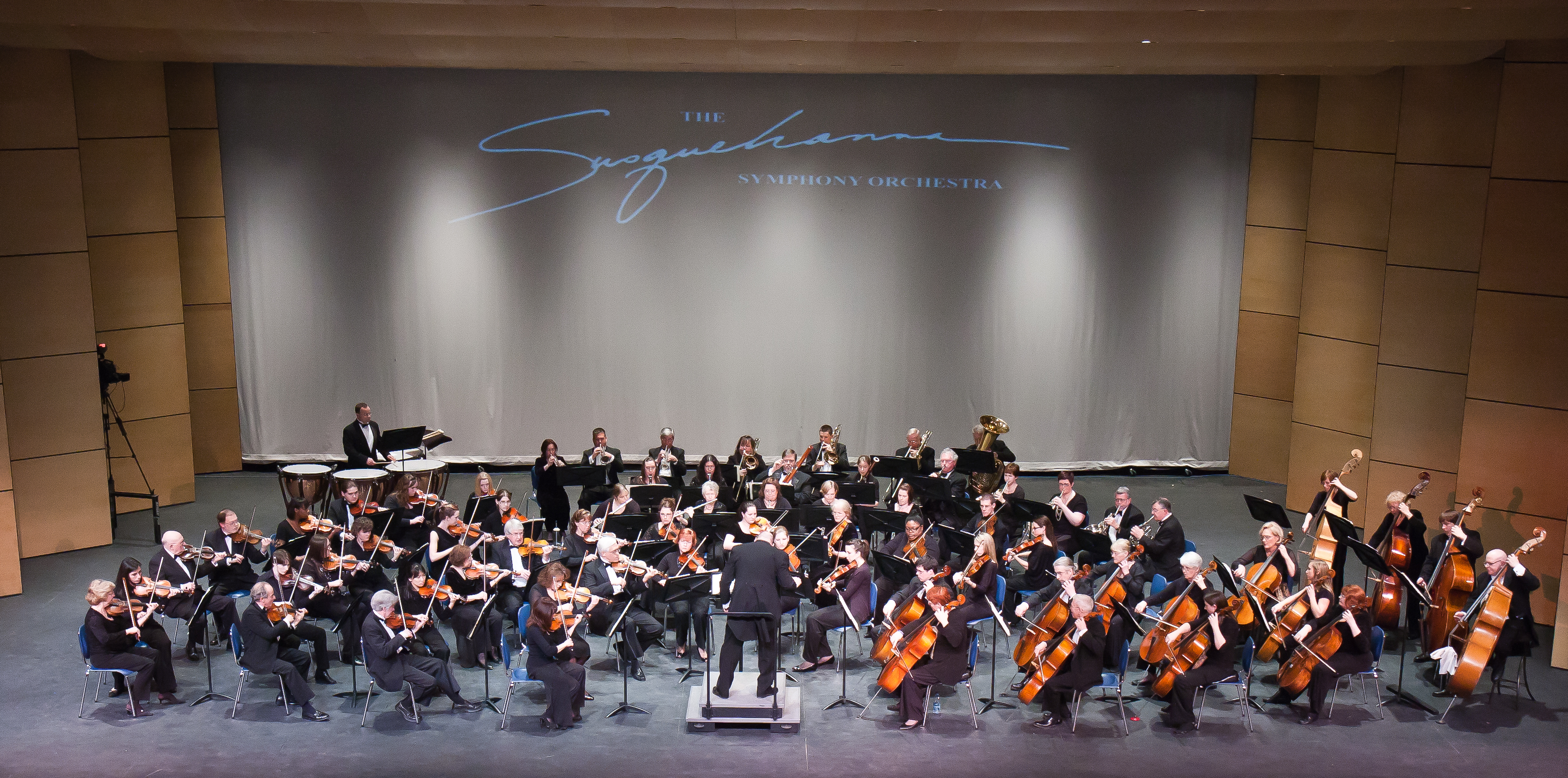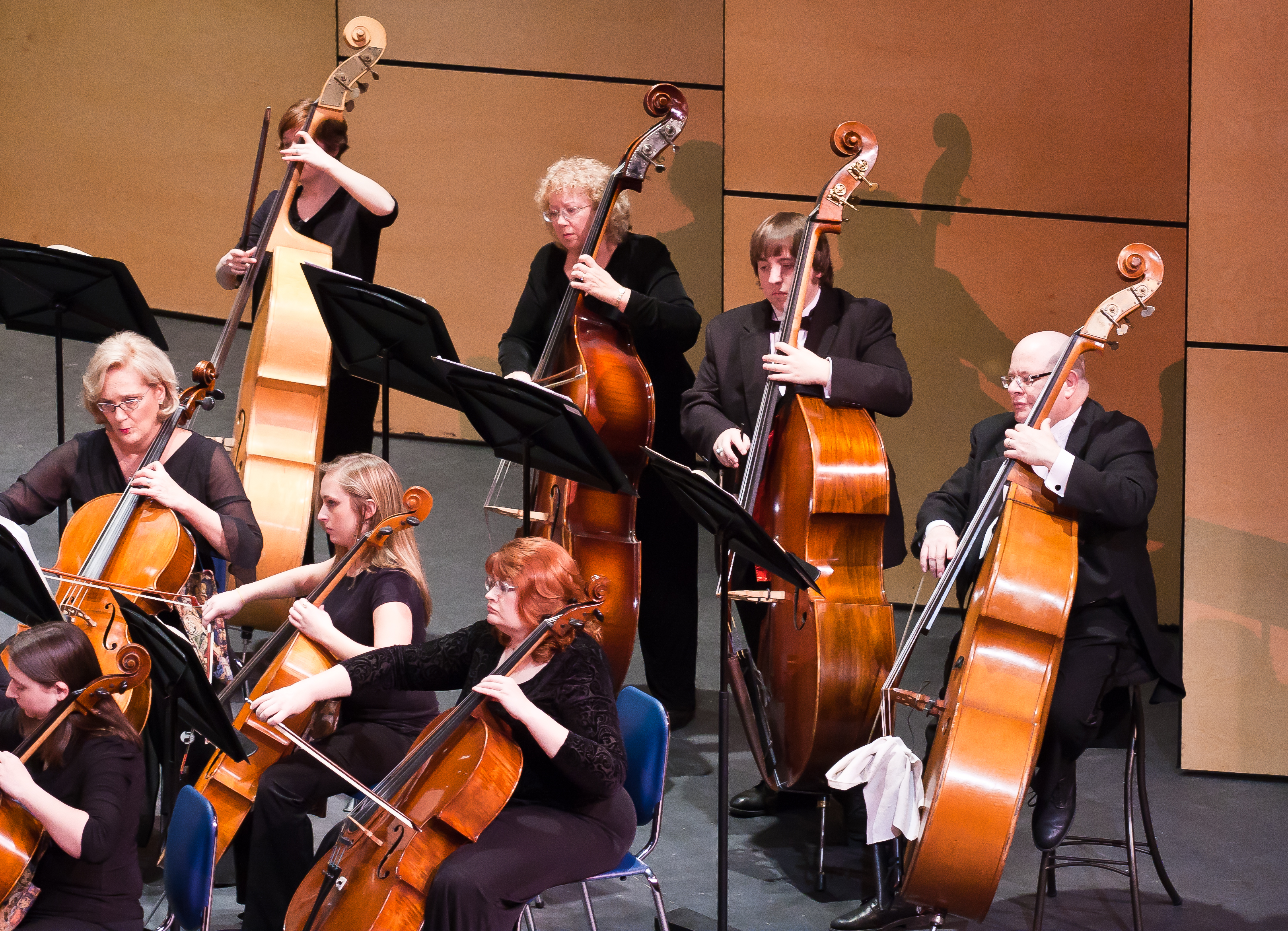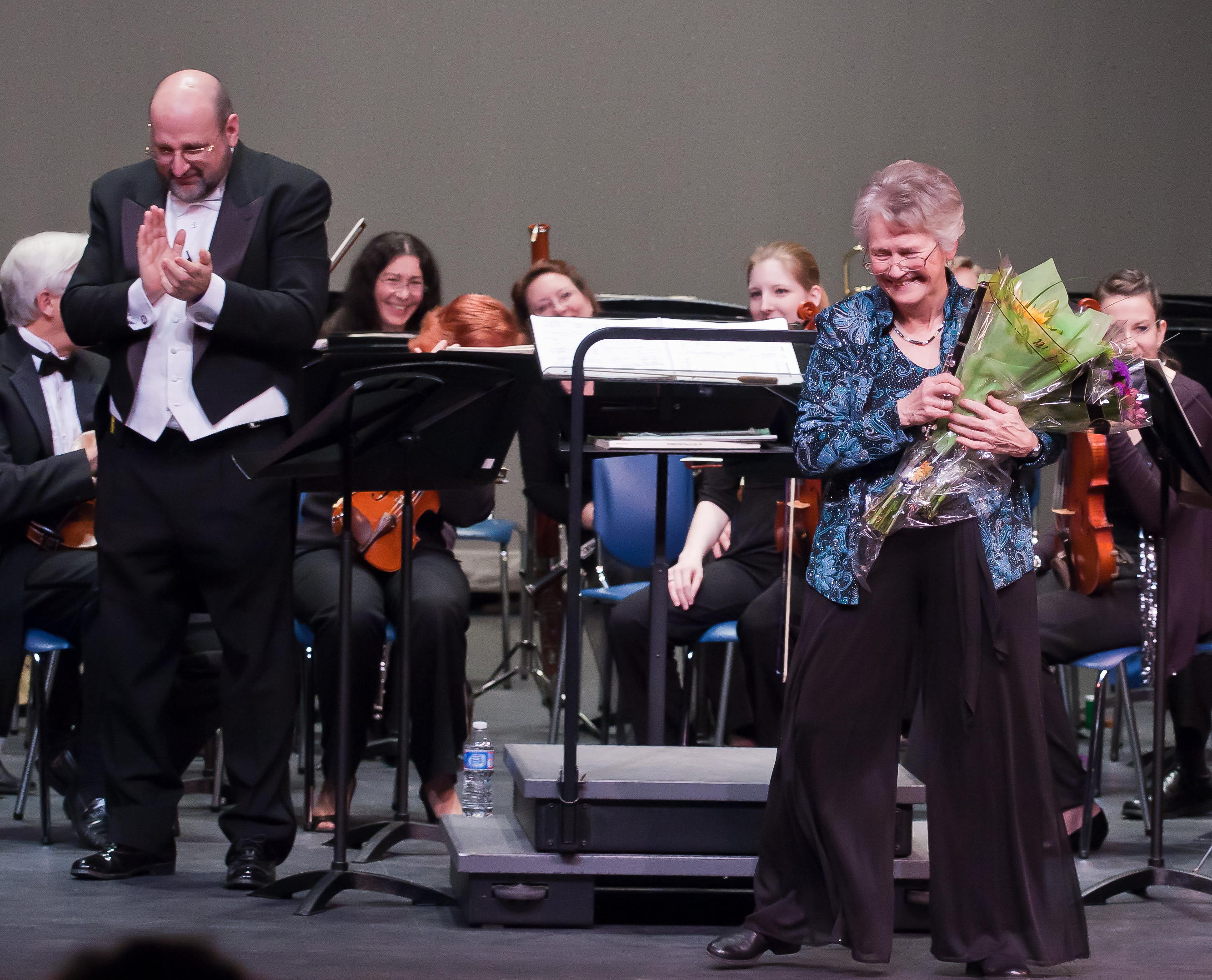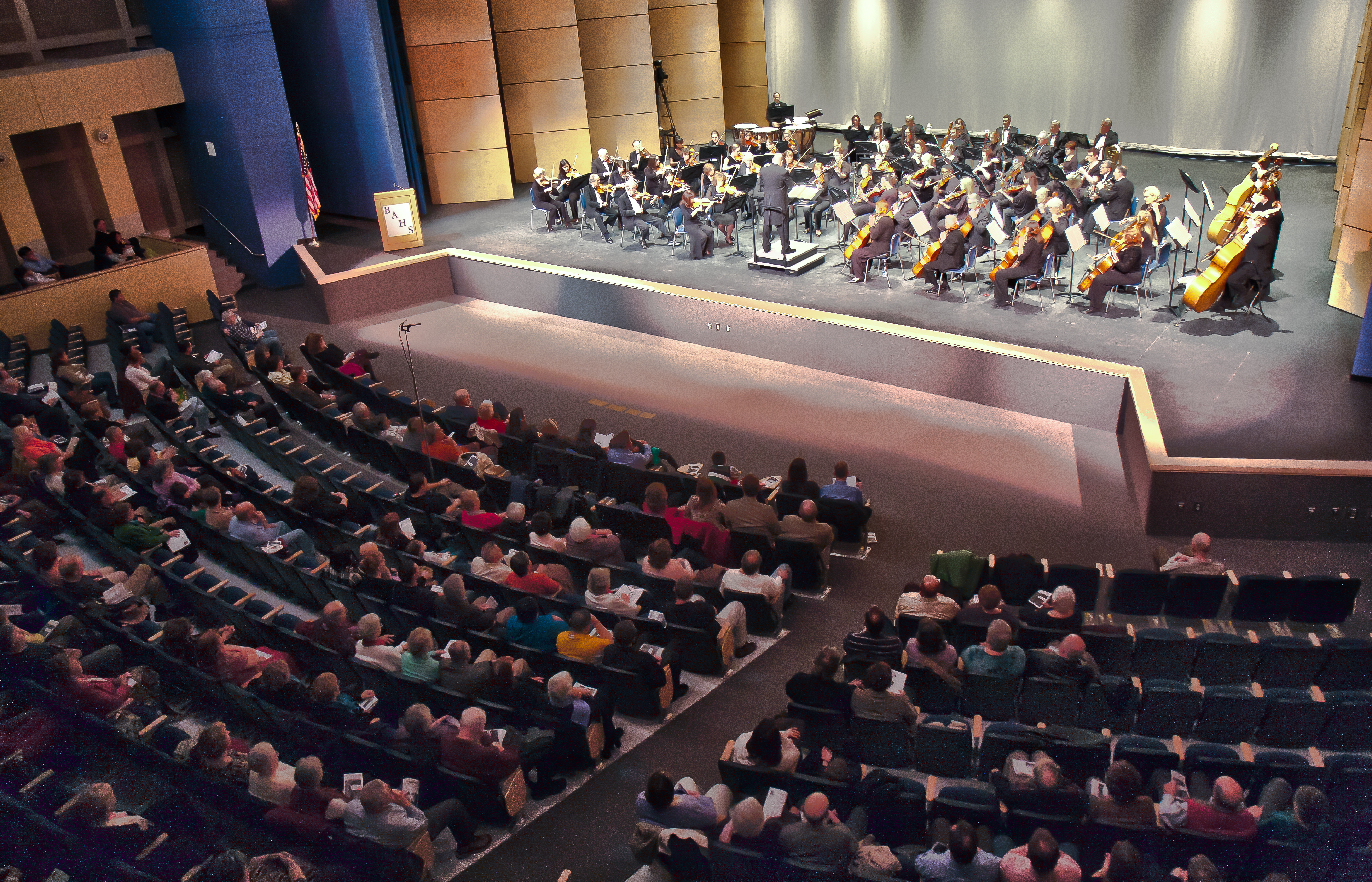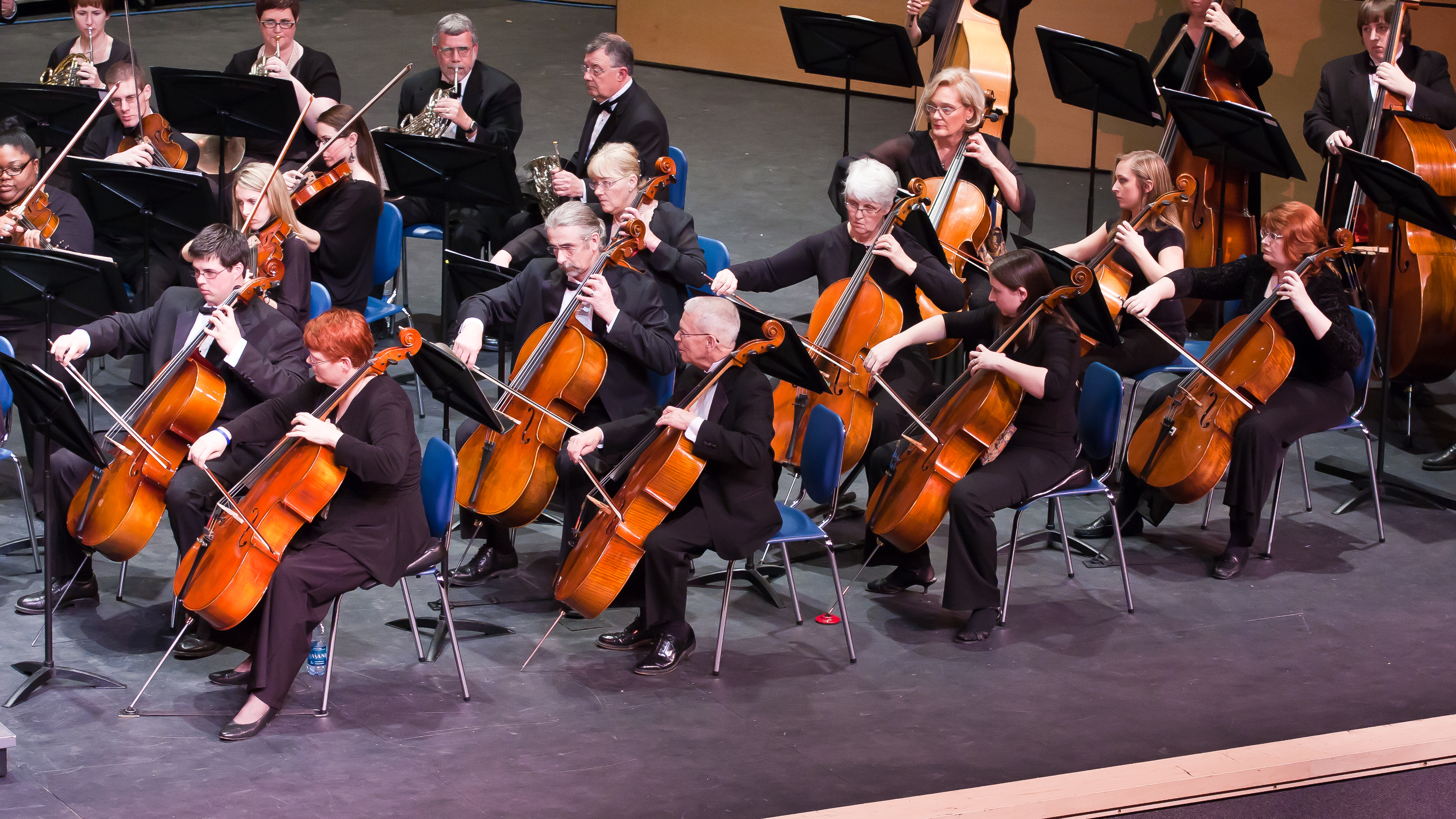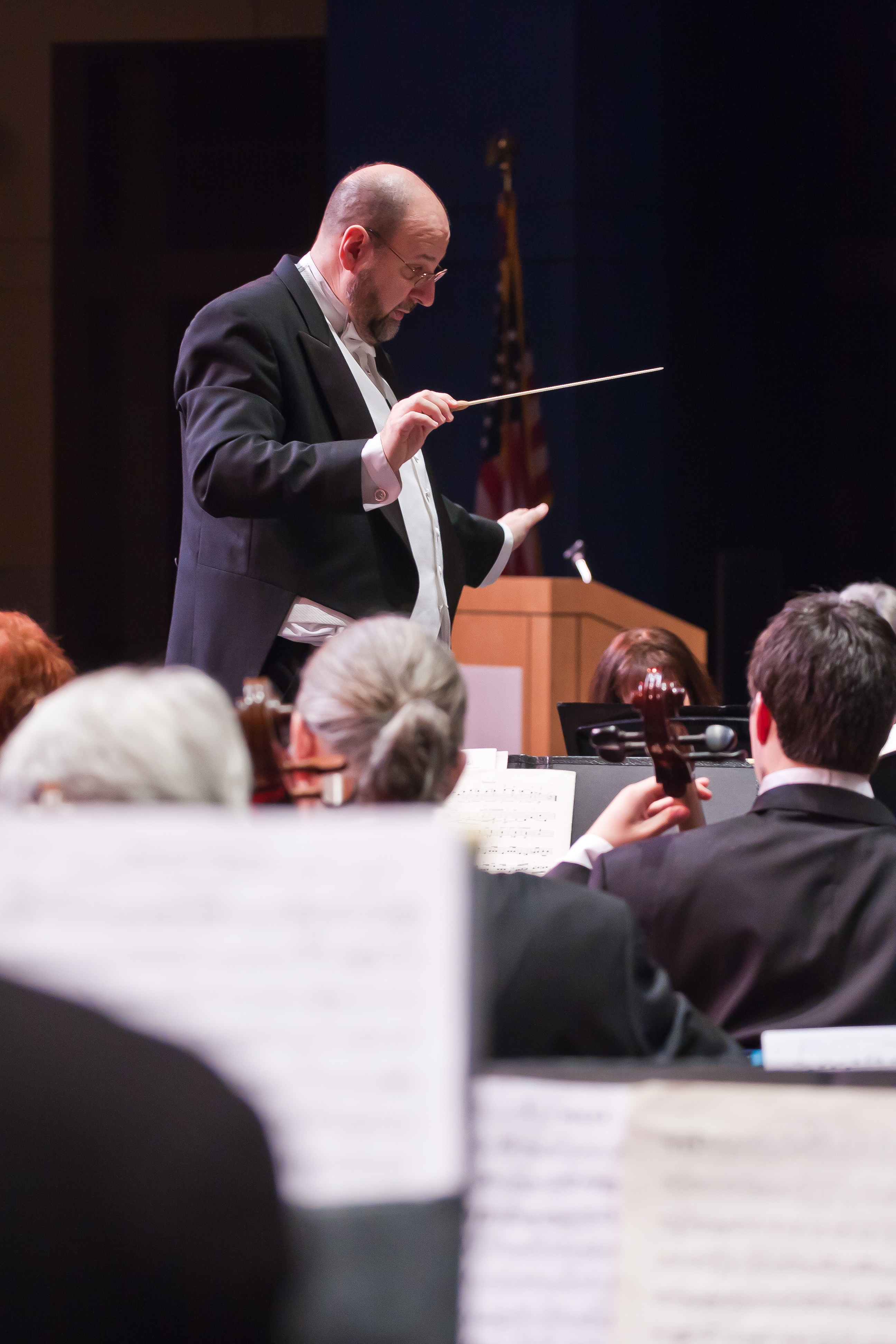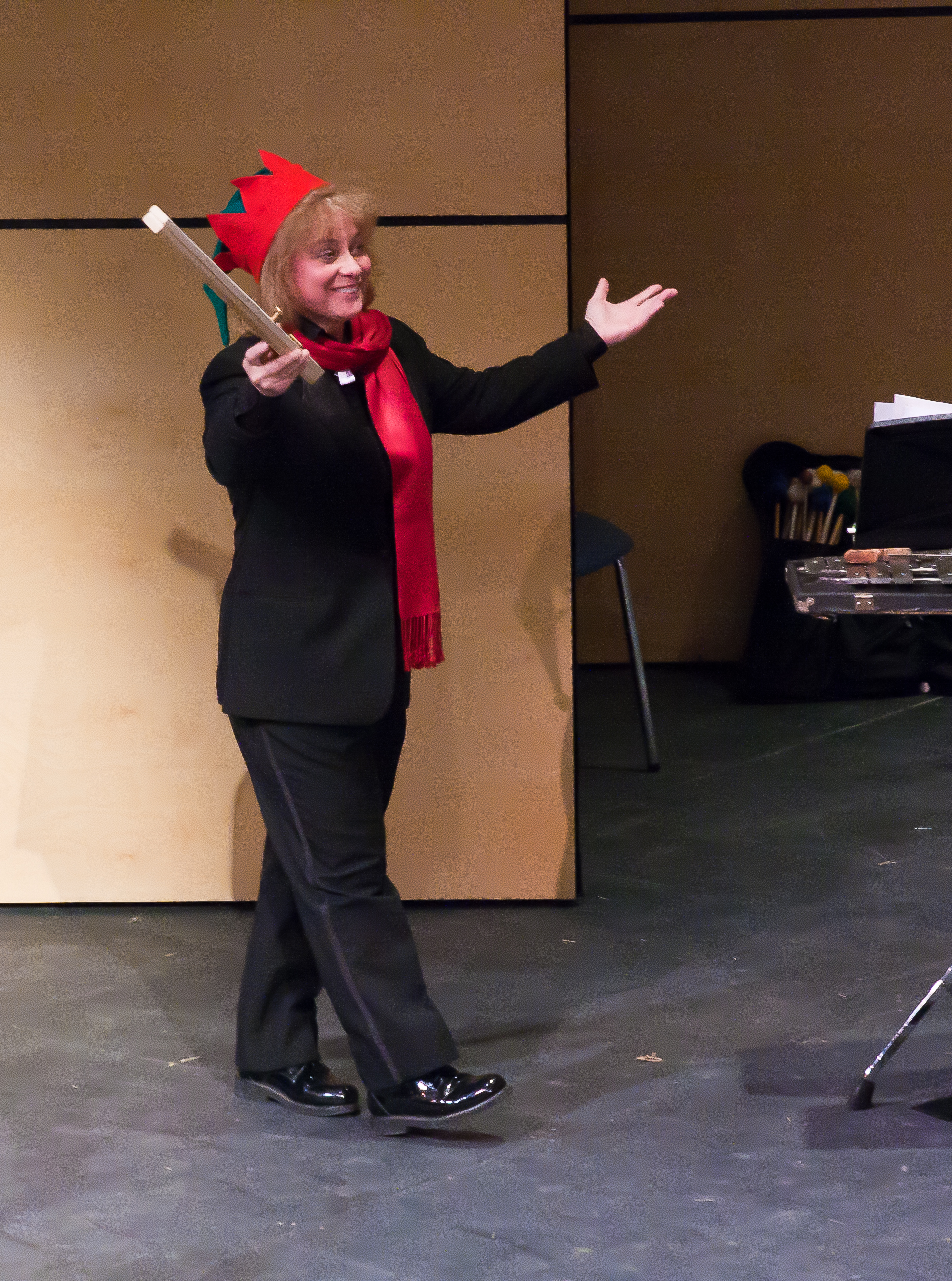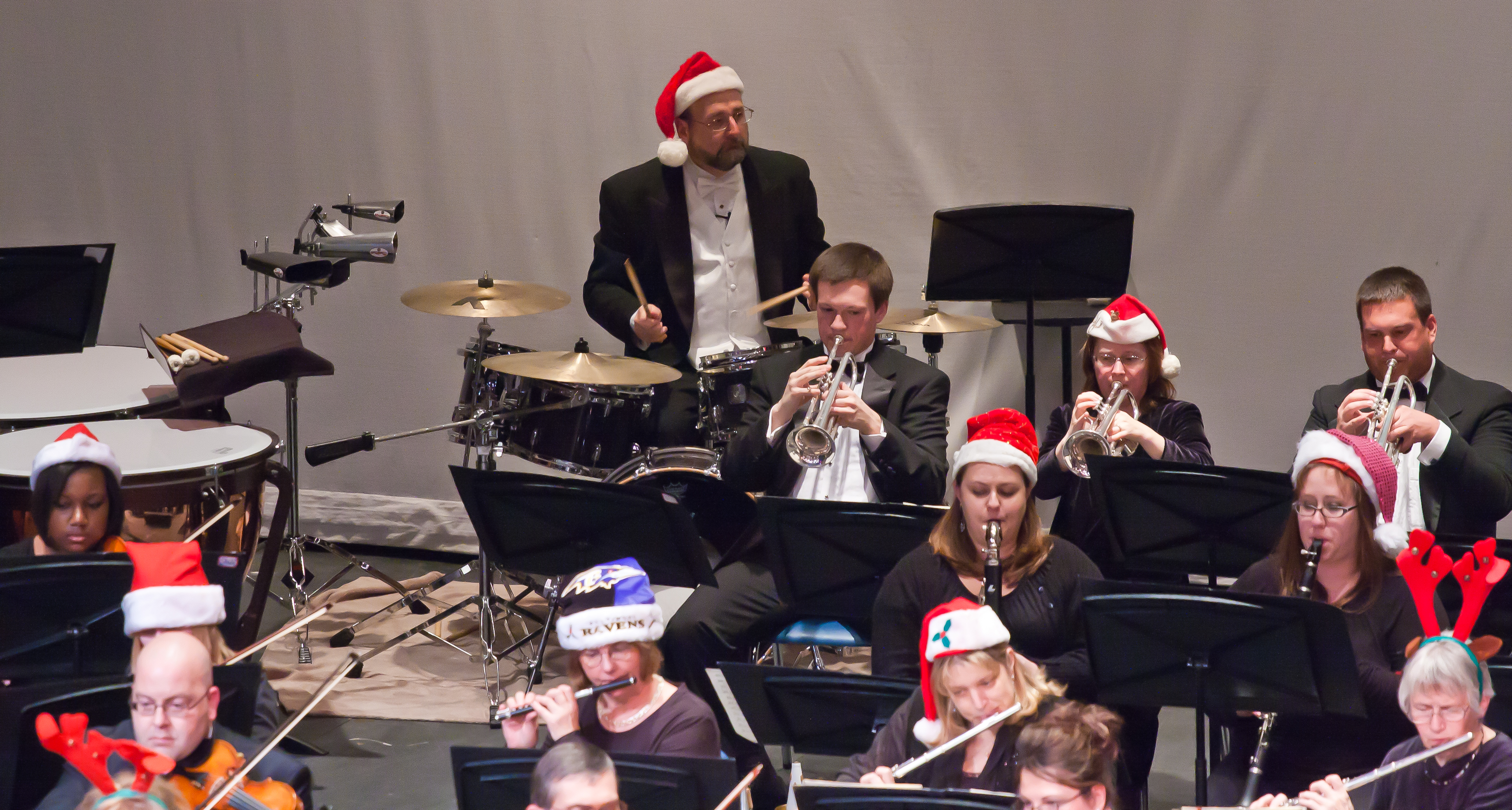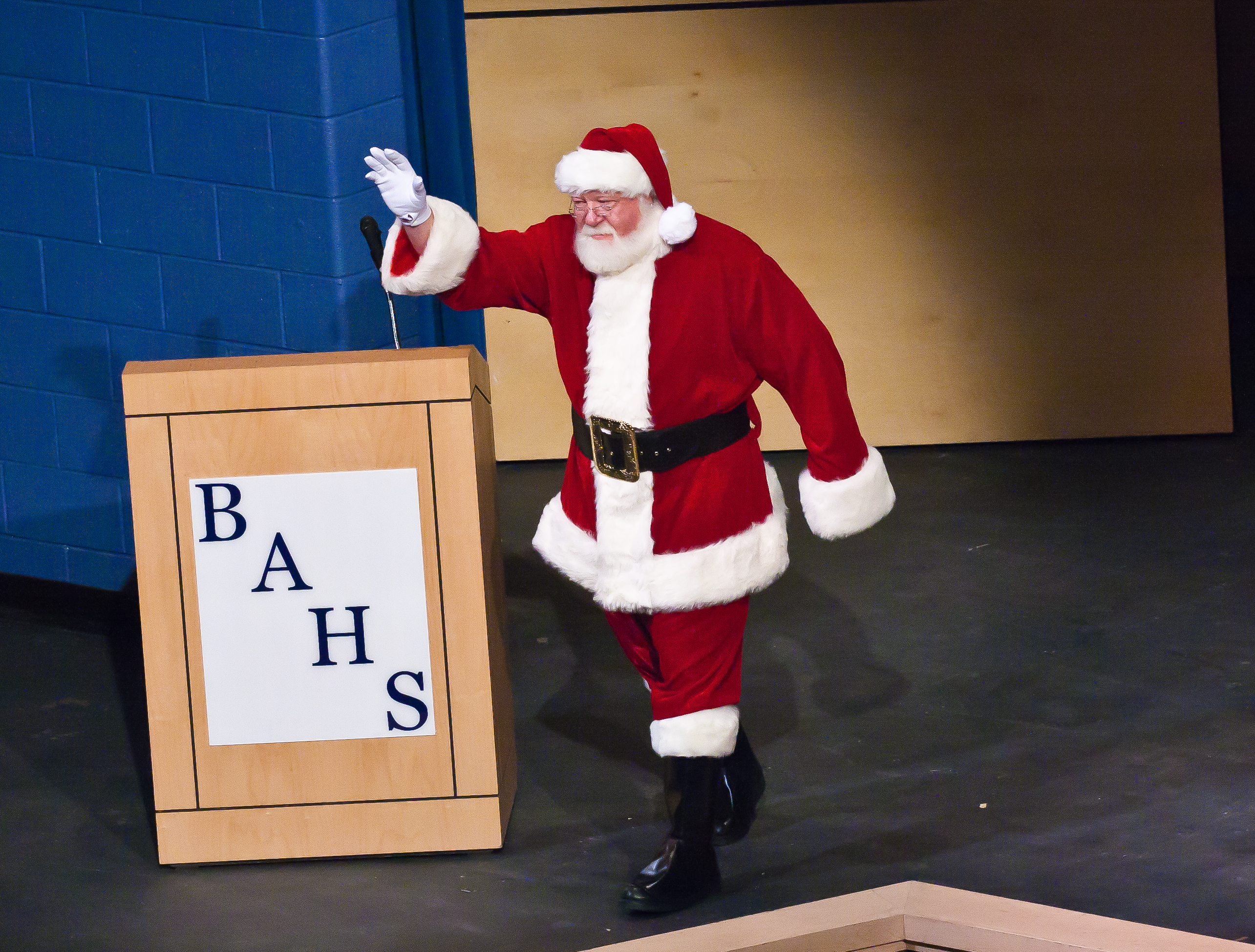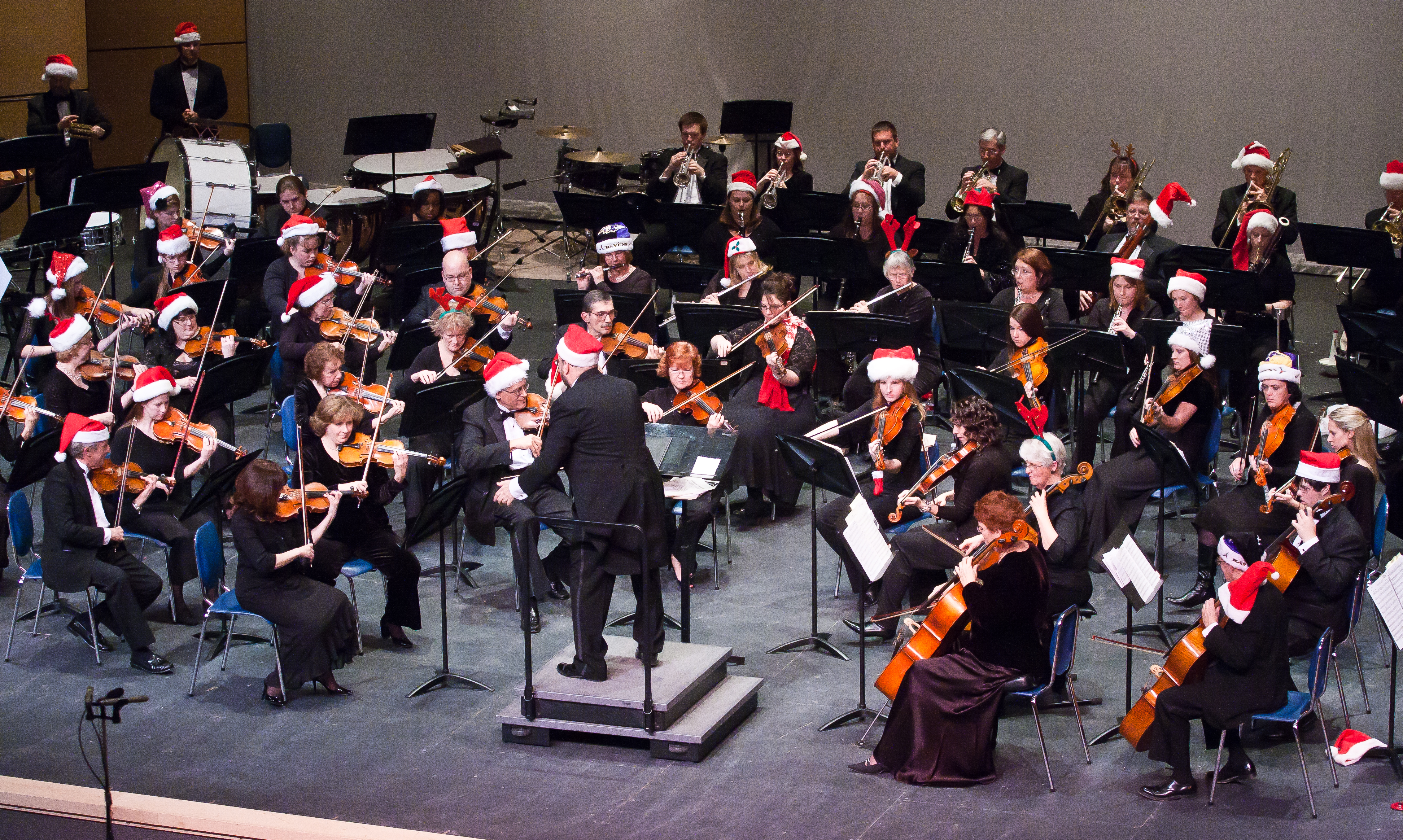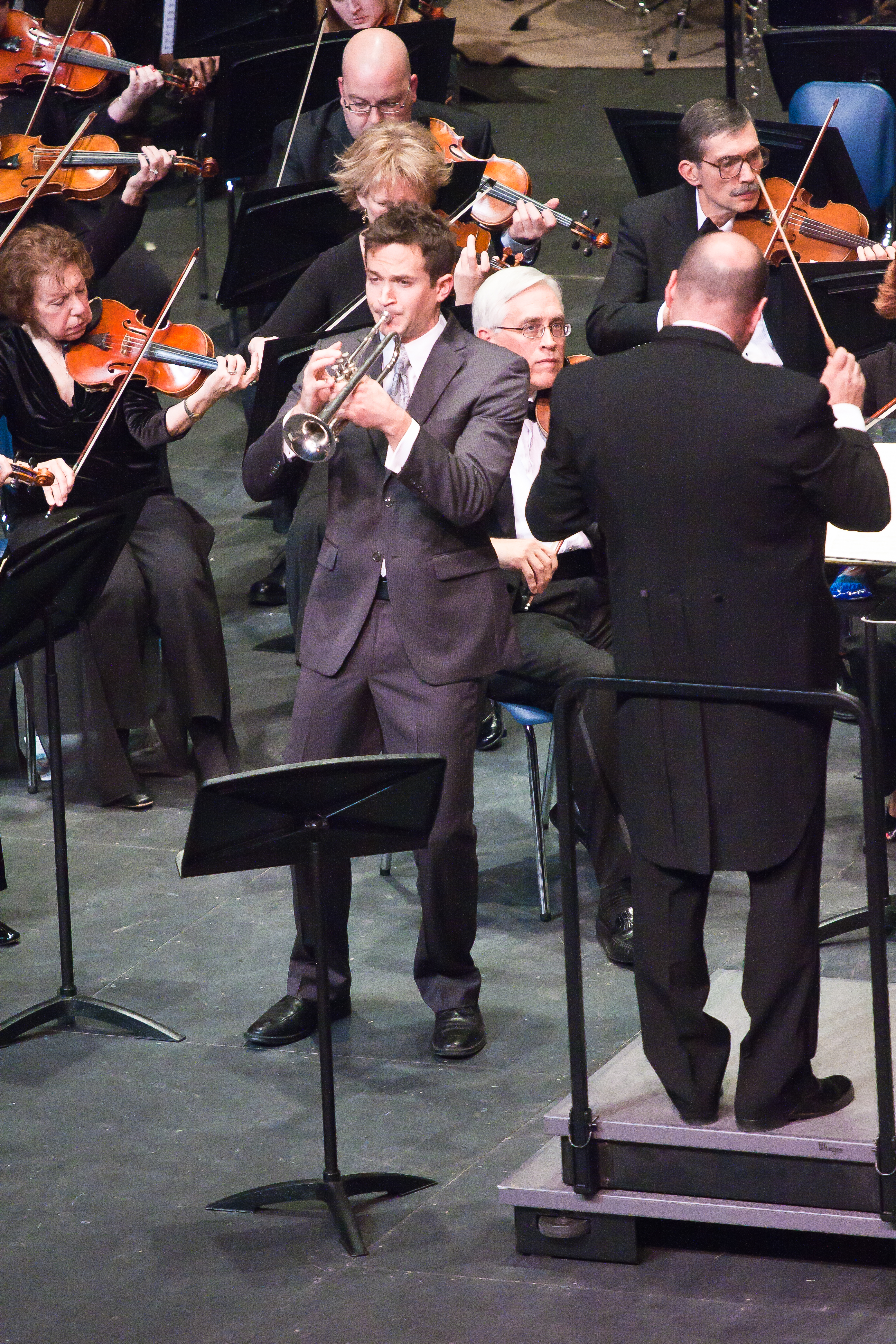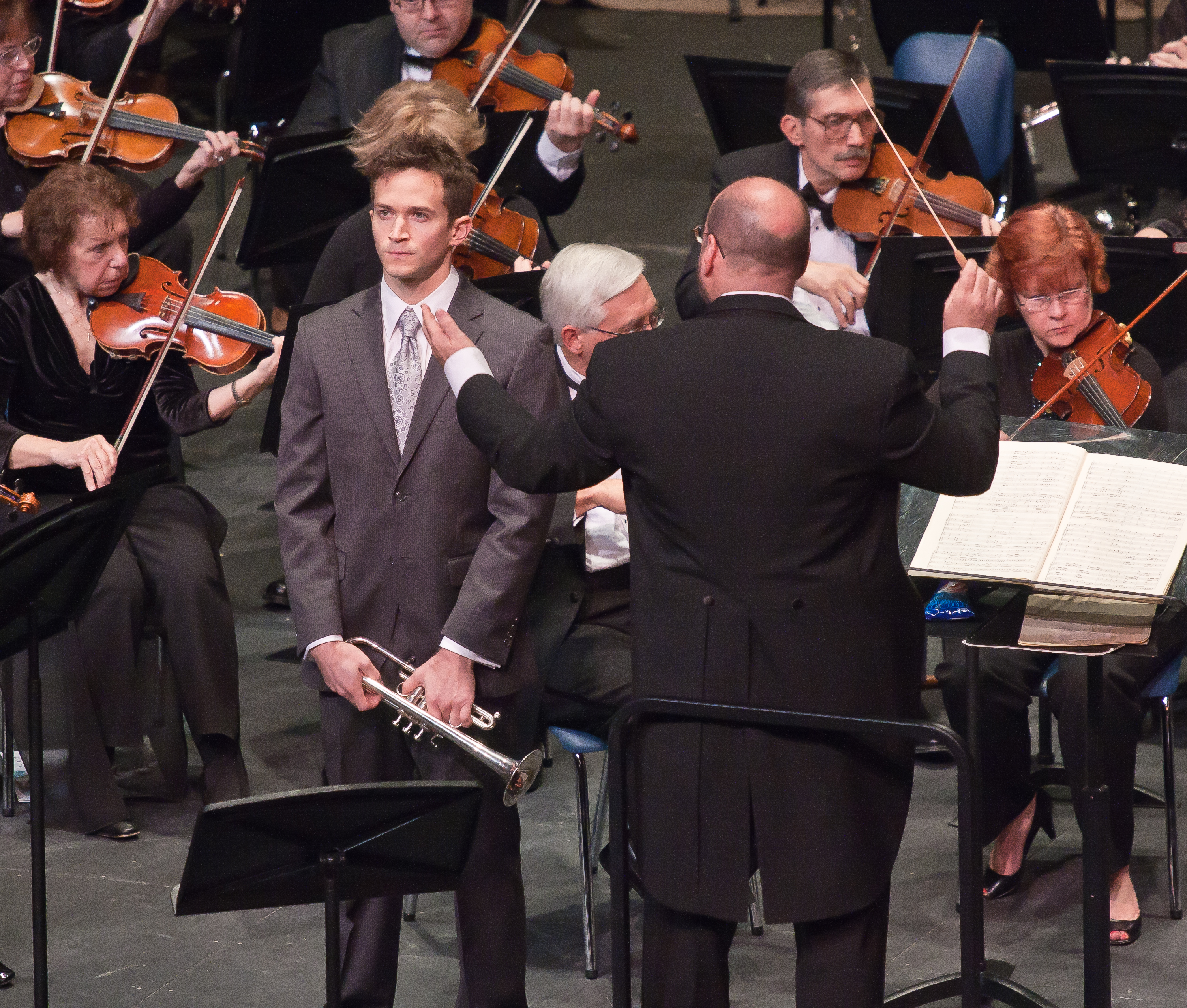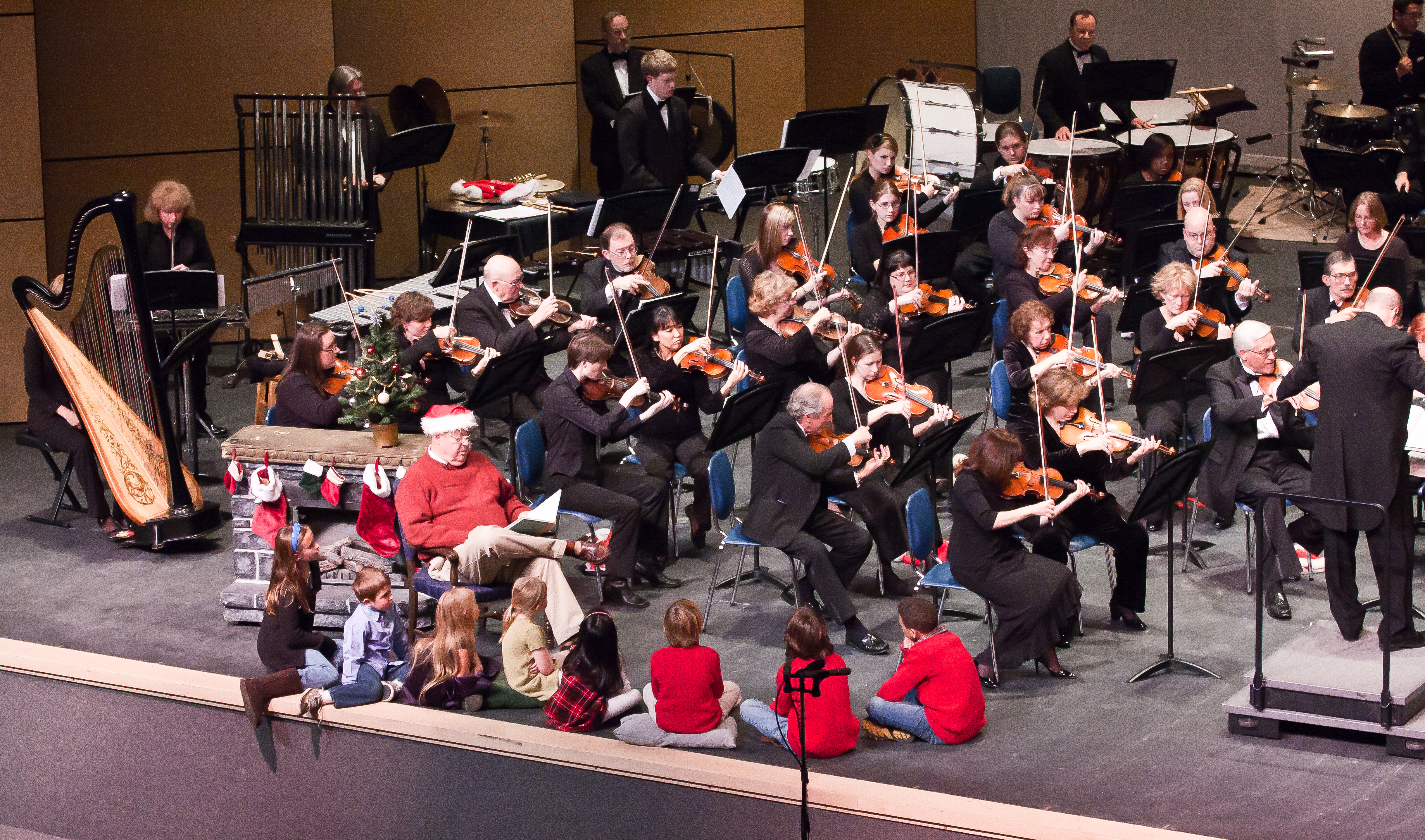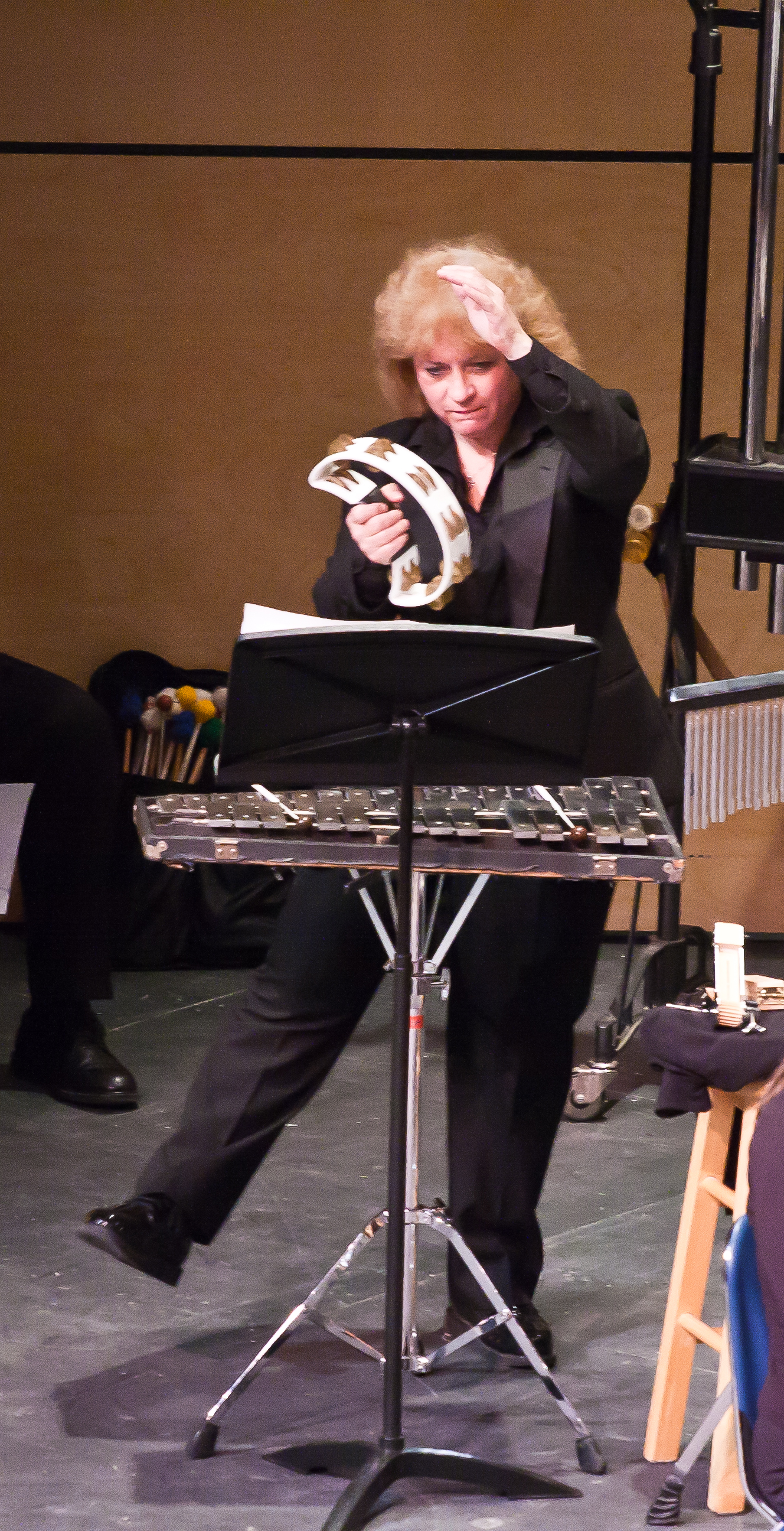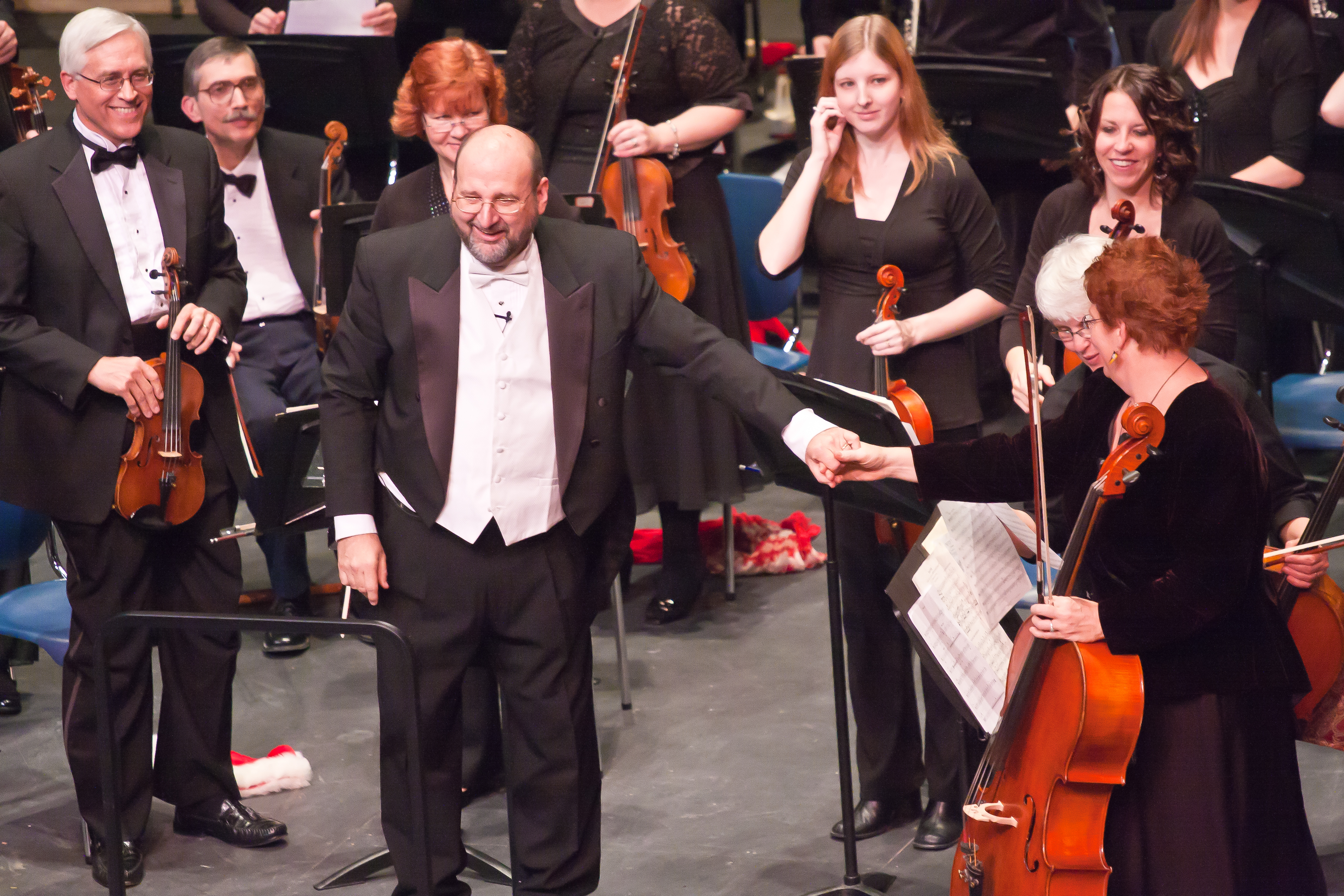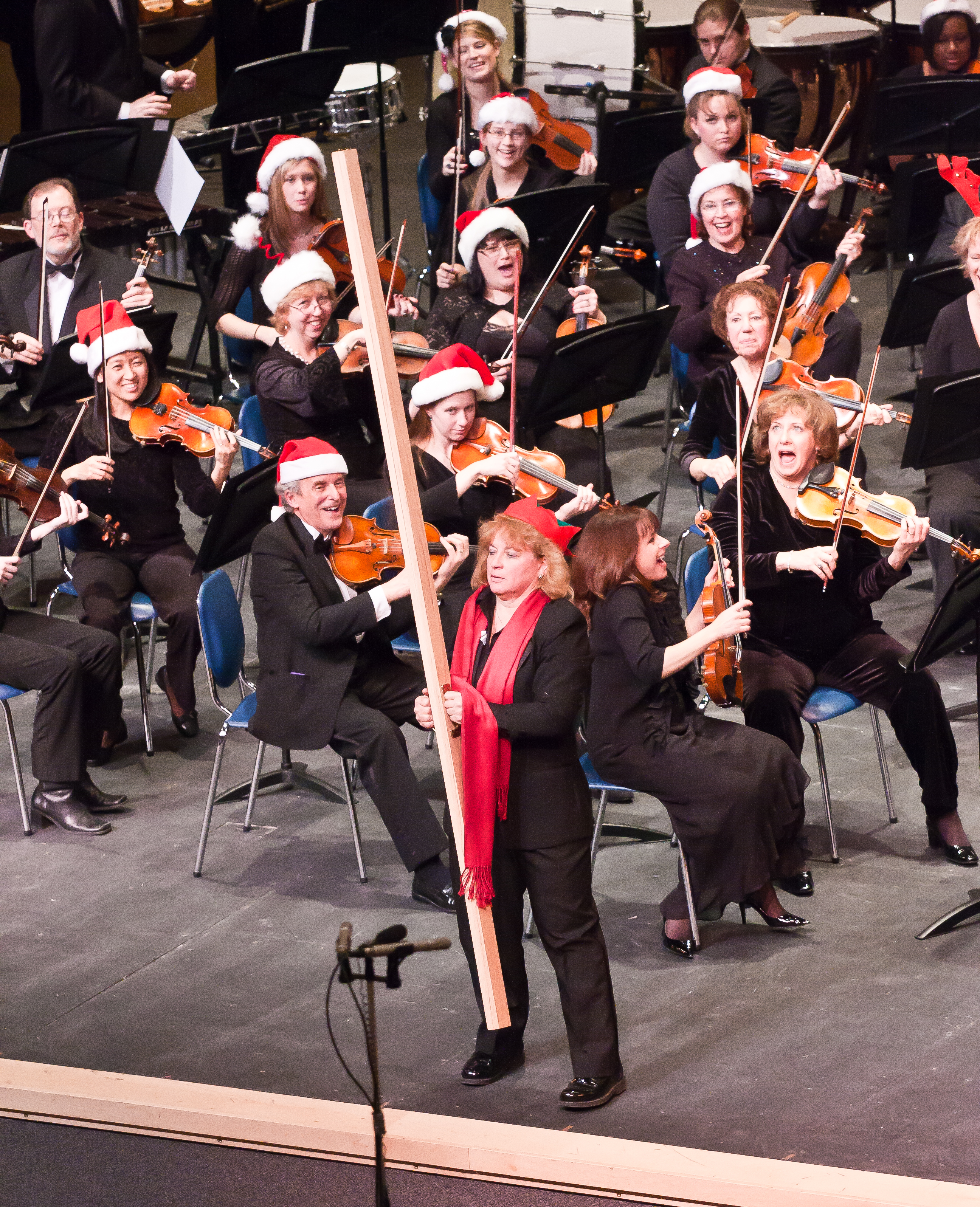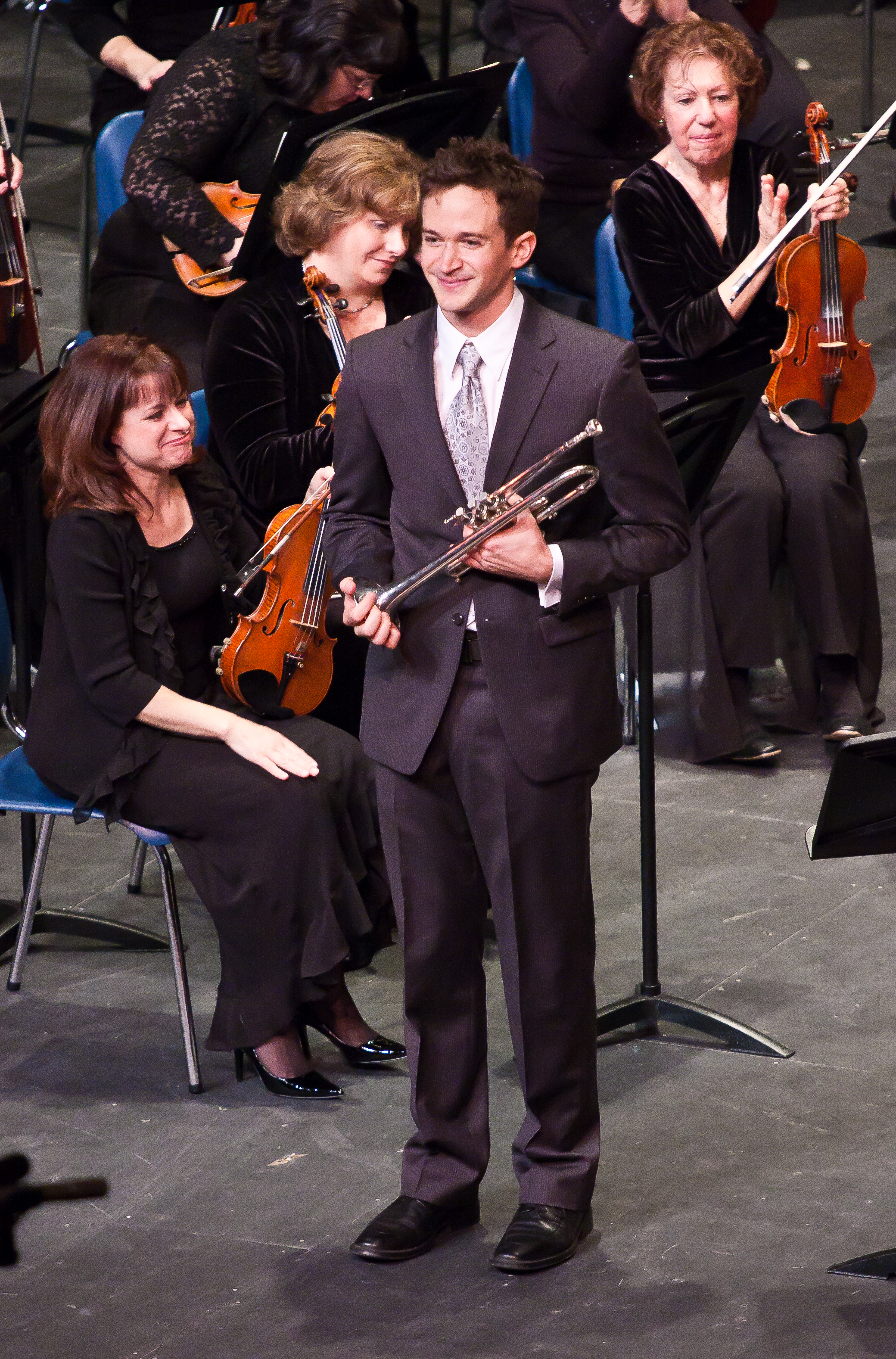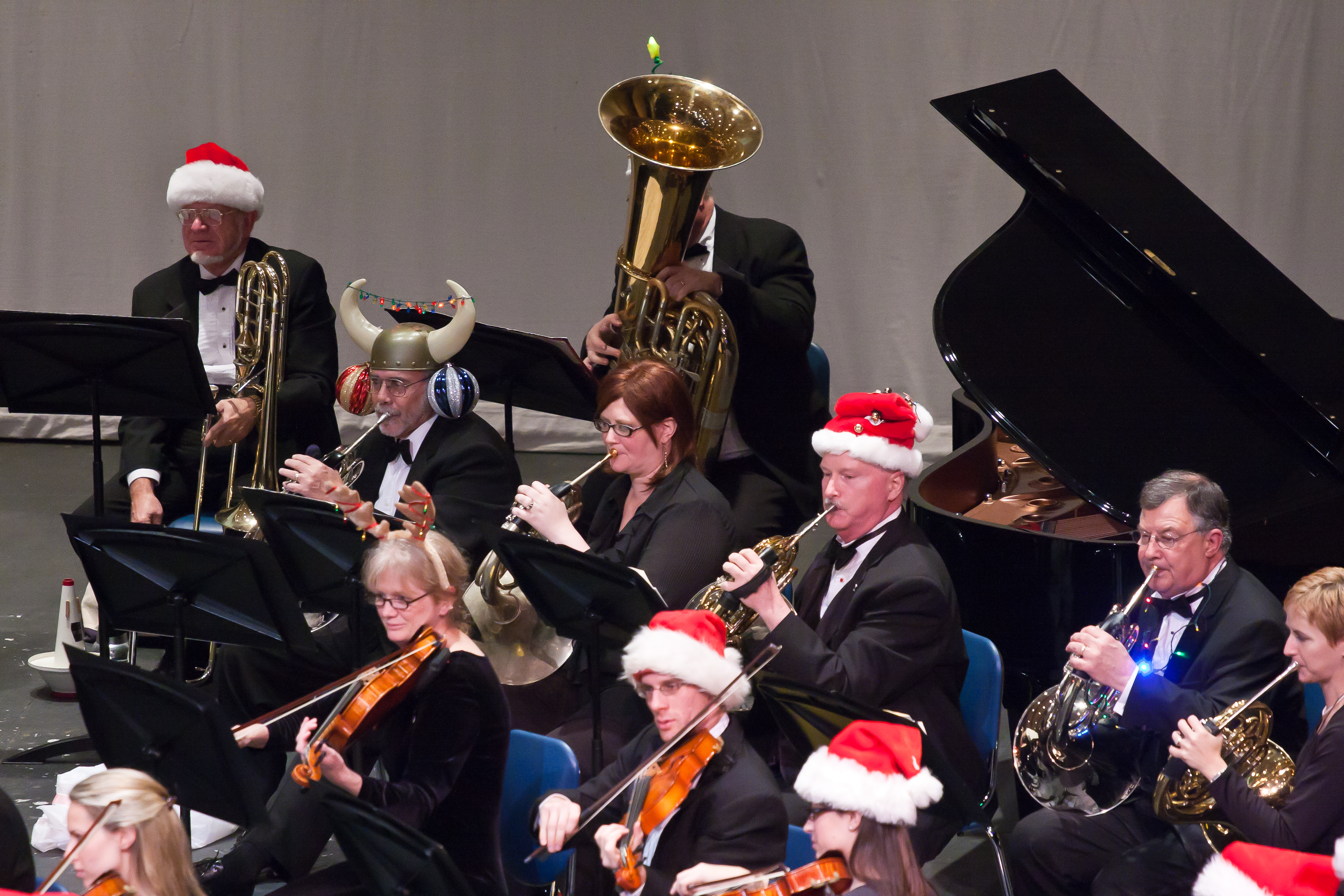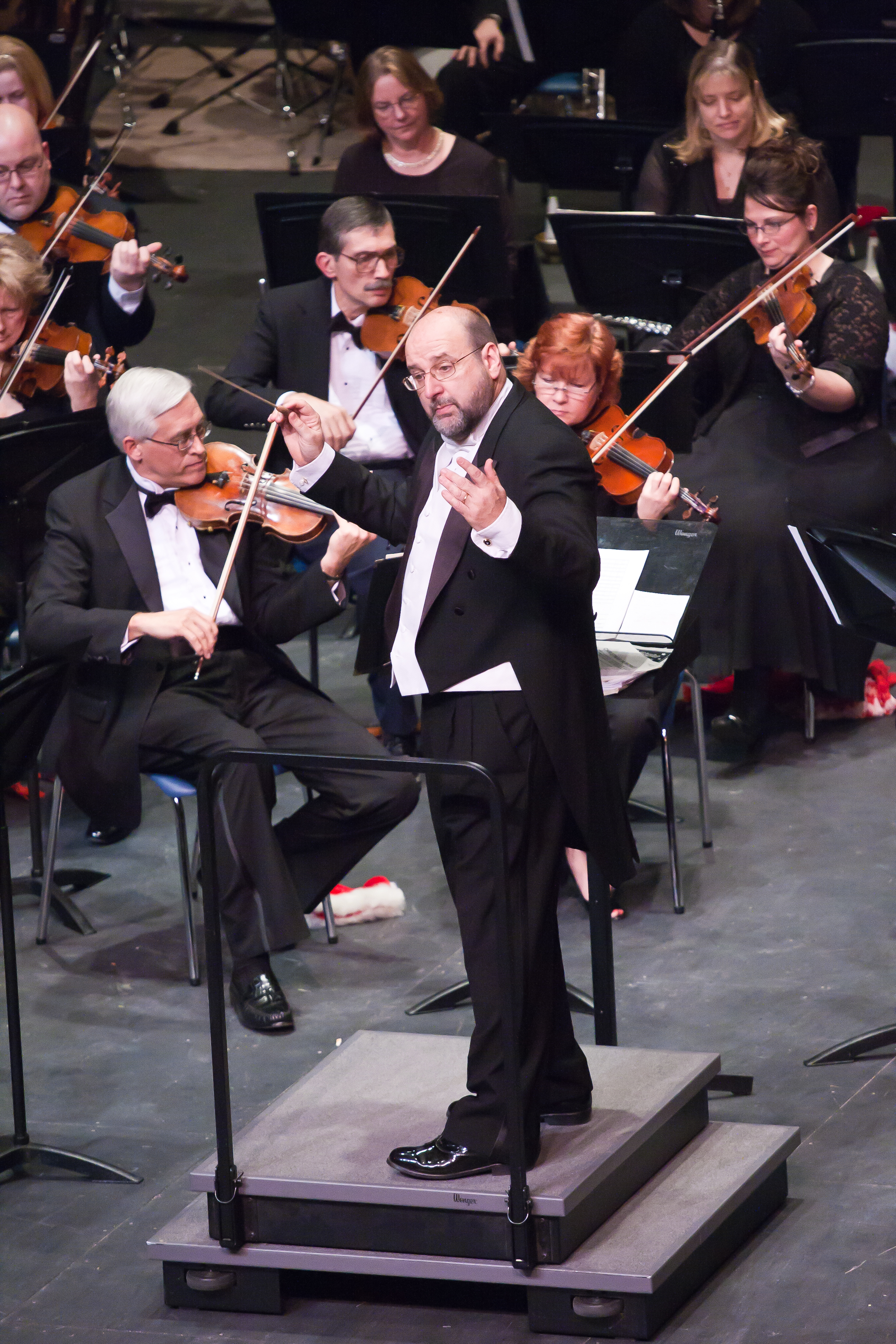What should I expect?
Expect to have a great time. Forget whatever you have heard about a classical music concert. Watch the stage, watch the movements, listen to the music and sense the rhythm and moods. If you just sit back and go with the flow, you’ll experience something brand new!
Say Hello at the Front Table: Located in the front lobby near the front door, we always have Symphony staff at the front table to answer any questions or provide info you need on the performance or the season. Don’t be shy—we love meeting patrons, and would love for you to say hello, tell us your thoughts on your concert experience, and hopefully come back again and again.
Local Artist Displays: Every concert, we invite local artists to display and sell their artwork in the lobby before the concert and during intermission. There are so many talented people living in our community and we love showcasing them at our concerts! Stop by and check out the variety of art forms and chat with the artists!
Concert Etiquette
Symphony concerts will vary from concert to concert. The SSO provides a variety of programming to establish certain moods and feelings. The music can be loud or soft, exciting or dramatic, quiet or somber. There are some common considerations that we ask you to respectfully follow:
- plan to arrive 15-30 minutes early;
- late seating is only permitted between pieces/movements;
- if you must leave during the music, please exit as quietly as possible and understand you will be re-seated only between pieces/movements;
- please turn off all cell phones, pagers, and alarms on watches, and set any smart watches on Theater Mode;
- no texting, please;
- please don’t unwrap candy, mints or cough drops during the music;
- photography, audio or video recording is not permitted;
- please refrain from using strong perfume or cologne; and
- the only animals permitted in the theater are guide dogs.
What is the Dress Code for Attending the Symphony?
There is no dress code for attending the Susquehanna Symphony Orchestra concerts. While some audience members do choose to dress up for concerts, please dress in a way that is comfortable for you. In consideration of those seated near you, please use fragrances sparingly.
Who Needs to Buy a Ticket?
Due to fire code regulations, all patrons, including infants, are required to have a valid ticket when entering the Auditorium.
What Happens if I Arrive Late?
If you arrive after the concert has begun, you will be asked to wait in the back of the Auditorium until ushers can seat you during an appropriate break in the program.
How Can I Learn More About the Music to be Performed at the Concert?
Information about the music, composers, and featured soloists can also be found in your concert program.
When Do I Clap?
Clap When You Like It – Here’s the deal: in the early days of classical music the audience was rather rowdy—clapping, talking, and even shouting during the performance. Then, at some point during the 20th century, this changed, and the social norm became to applaud only at the end of the piece and never between movements (in other words, clap at the end of Beethoven’s Fifth Symphony and stay silent during the breaks between movements 1, 2, 3 and 4). The trouble with this is for people who don’t know this unwritten rule about when to applaud, at every concert someone inevitably claps after the first movement and then feels weird because they’re the only one, or like they somehow missed this secret memo.
We decided that’s kind of awkward, and not even true to the origins of classical music, so our policy is that when you have an emotional reaction to the music and you want to express, do it. If you love a movement of fill-in-the-blank symphony and want to cheer for the performance you just heard, do it! Pro tip: watch the conductor as the music is ending; s/he usually gives great non-verbal cues if the ending is solemn, quiet, or sad and doesn’t want a big eruption of applause.
Can I Bring Food and Drinks Into the Auditorium?
All food and drink, with the exception of bottled water, must be consumed in the lobby.
Why Do the Musicians Play a Few Notes Before the Conductor Comes On?
Before the conductor walks on stage and the concert begins, the musicians need to be sure that their instruments are perfectly in tune with one another. In order to do this, the concertmaster stands up and asks for quiet. Then the oboe plays a tuning note (an “A”) and musicians play that same note to hear if they are exactly in tune. String players adjust their “A” string and then the other strings of their instruments if necessary. Wind players also adjust their instruments accordingly.
The reason the oboe plays the tuning note is not only tradition – it is also because the sound of the oboe is very penetrating.
Why Do The Musicians Wear Such Formal Clothes?
The tradition of orchestra musicians wearing formal clothes started centuries ago, when they performed as servants in royal houses. Today, it’s more about dressing similarly, so that their clothes don’t distract from the music.
Why Does the Conductor Walk On and Off Stage at the End of a Concert?
After each major piece, the conductor will take a bow and then leave the stage. However, if the audience keeps clapping, he’ll come back out to acknowledge the applause and point out musicians in the orchestra who played particularly well.
What’s the Difference Between the Terms “Symphony” and “Orchestra”?
A symphony is a large-scale musical composition, usually with three or four movements. An orchestra is a group of musicians with a variety of instruments, which usually includes the violin family.
A symphony orchestra (often just called “a symphony” for short) is an orchestra that has both the number of players and types of instruments required to play a symphony.

